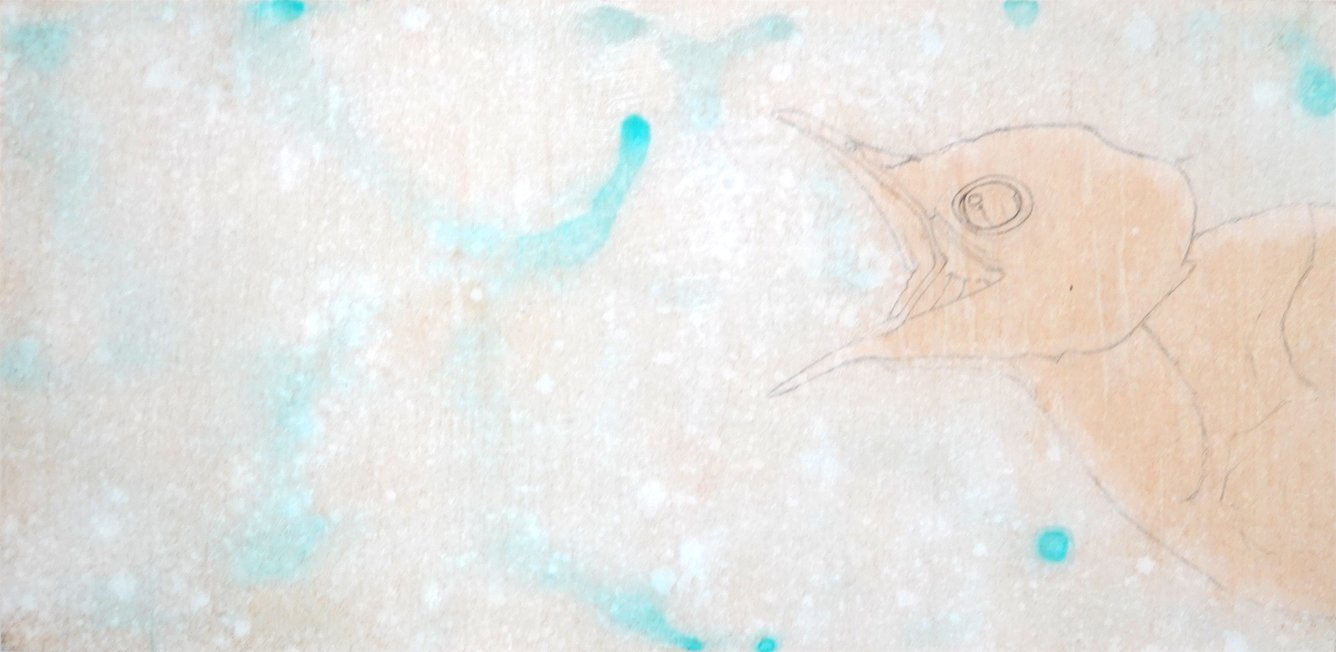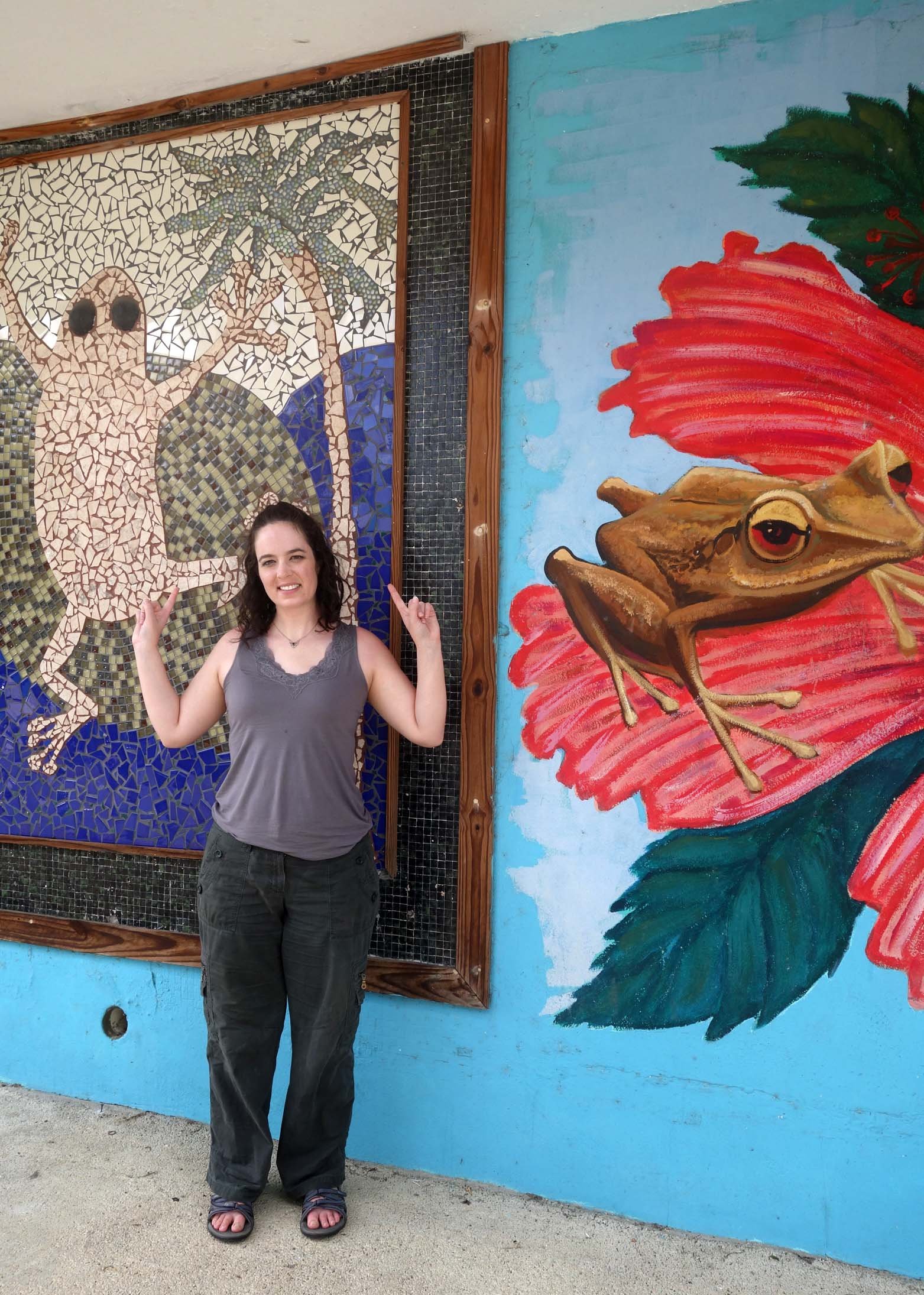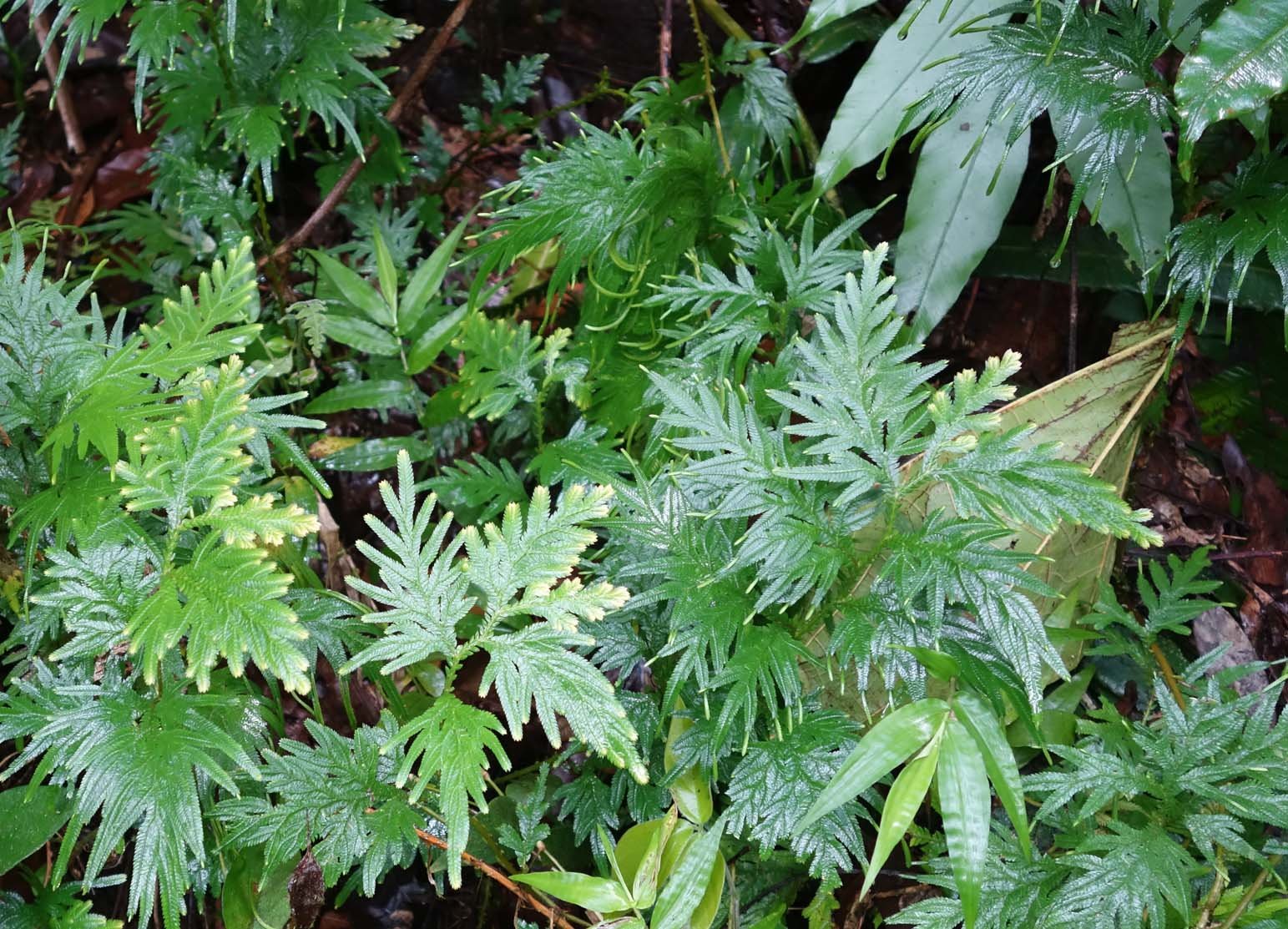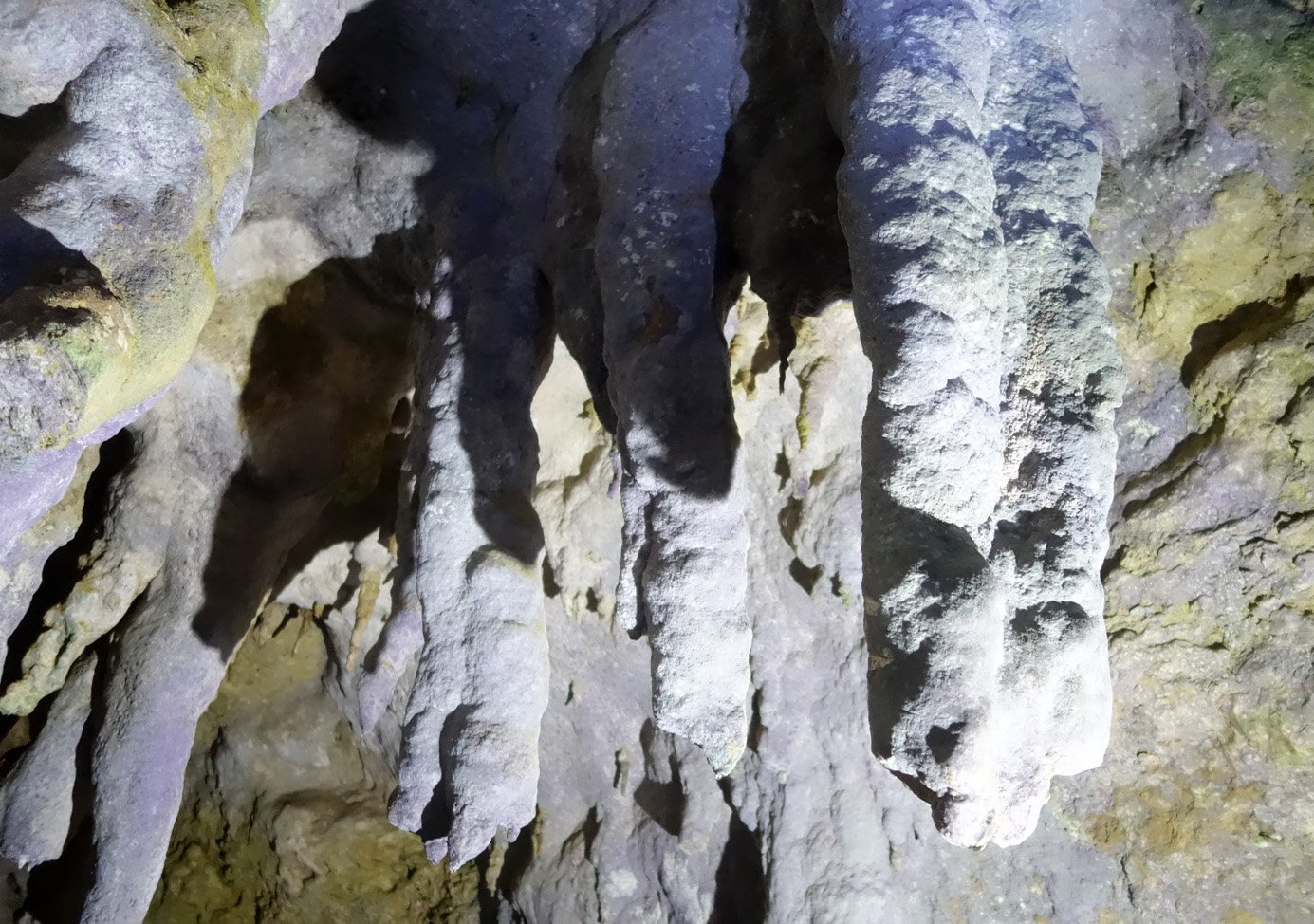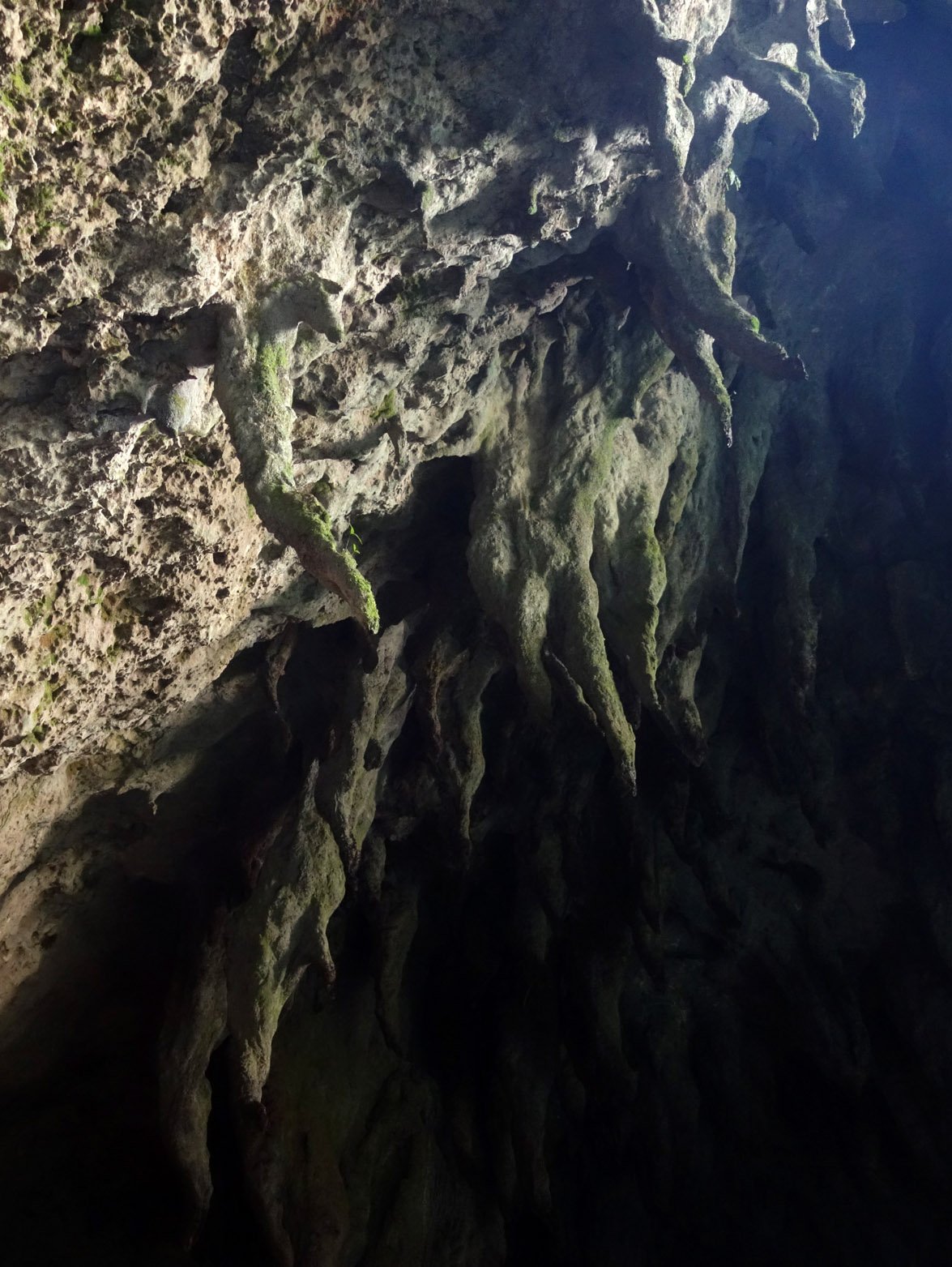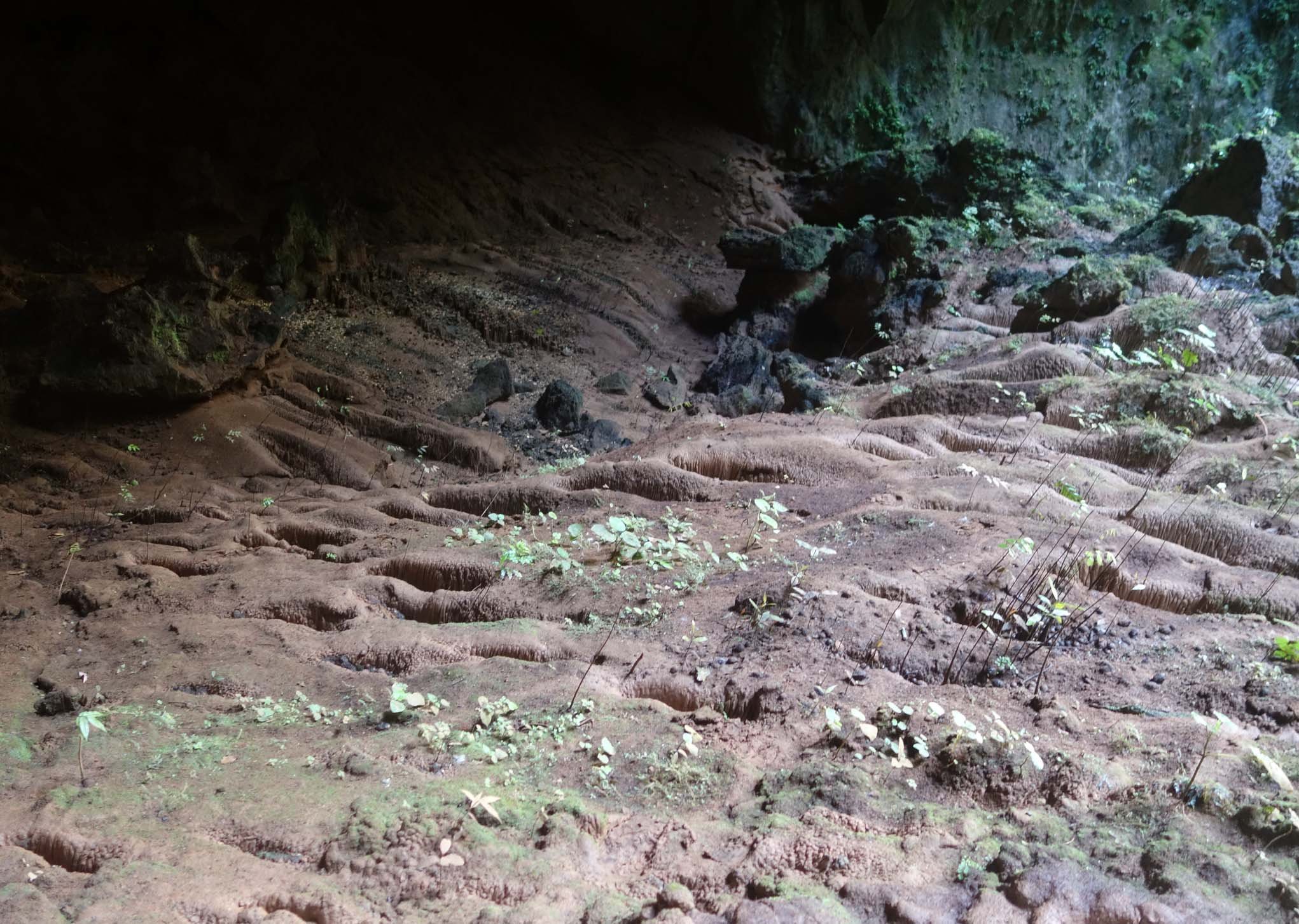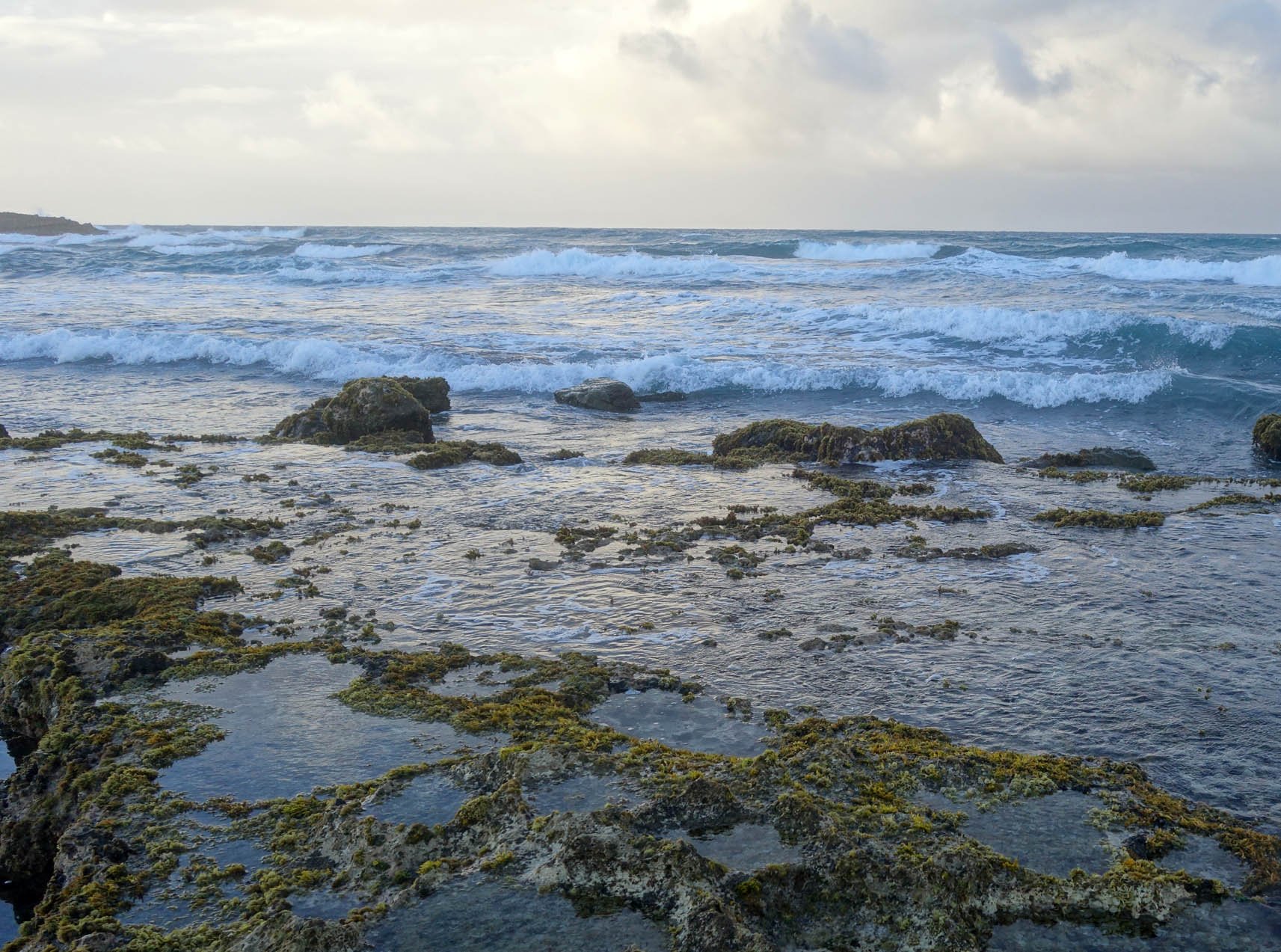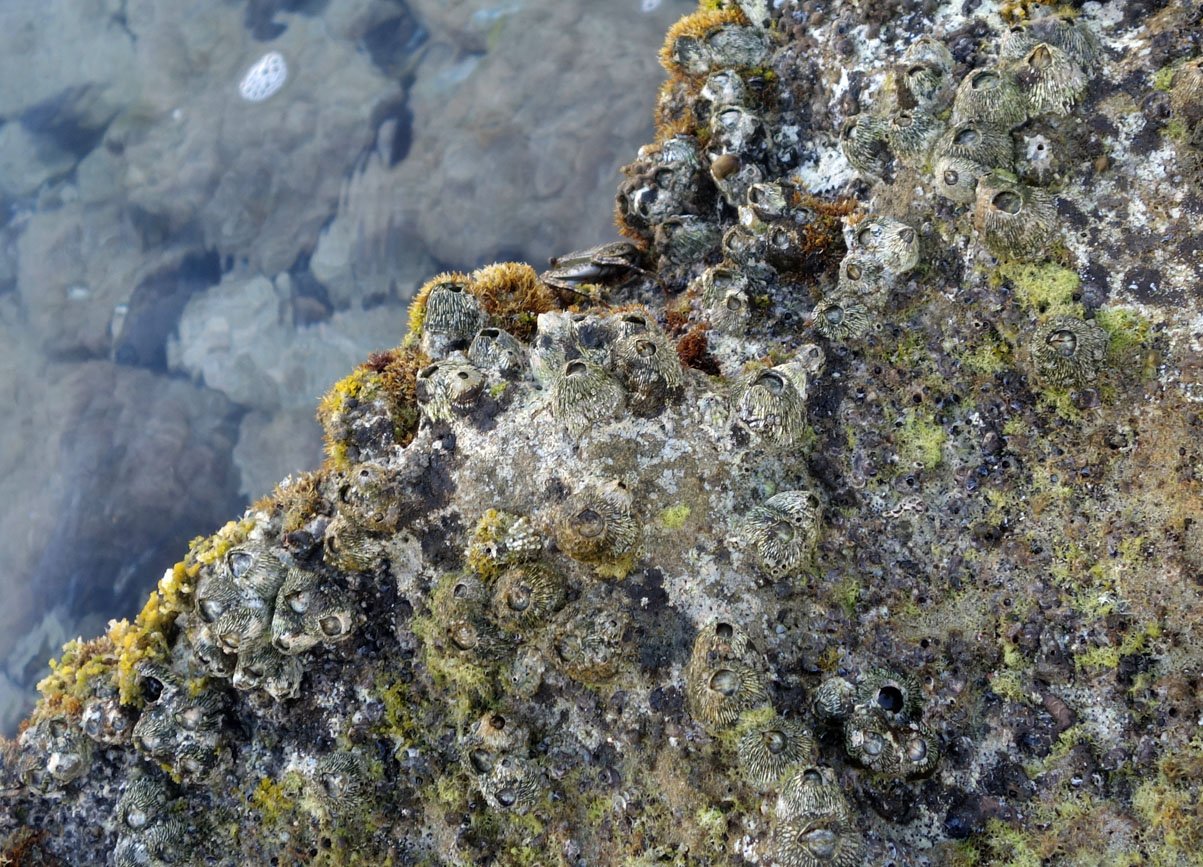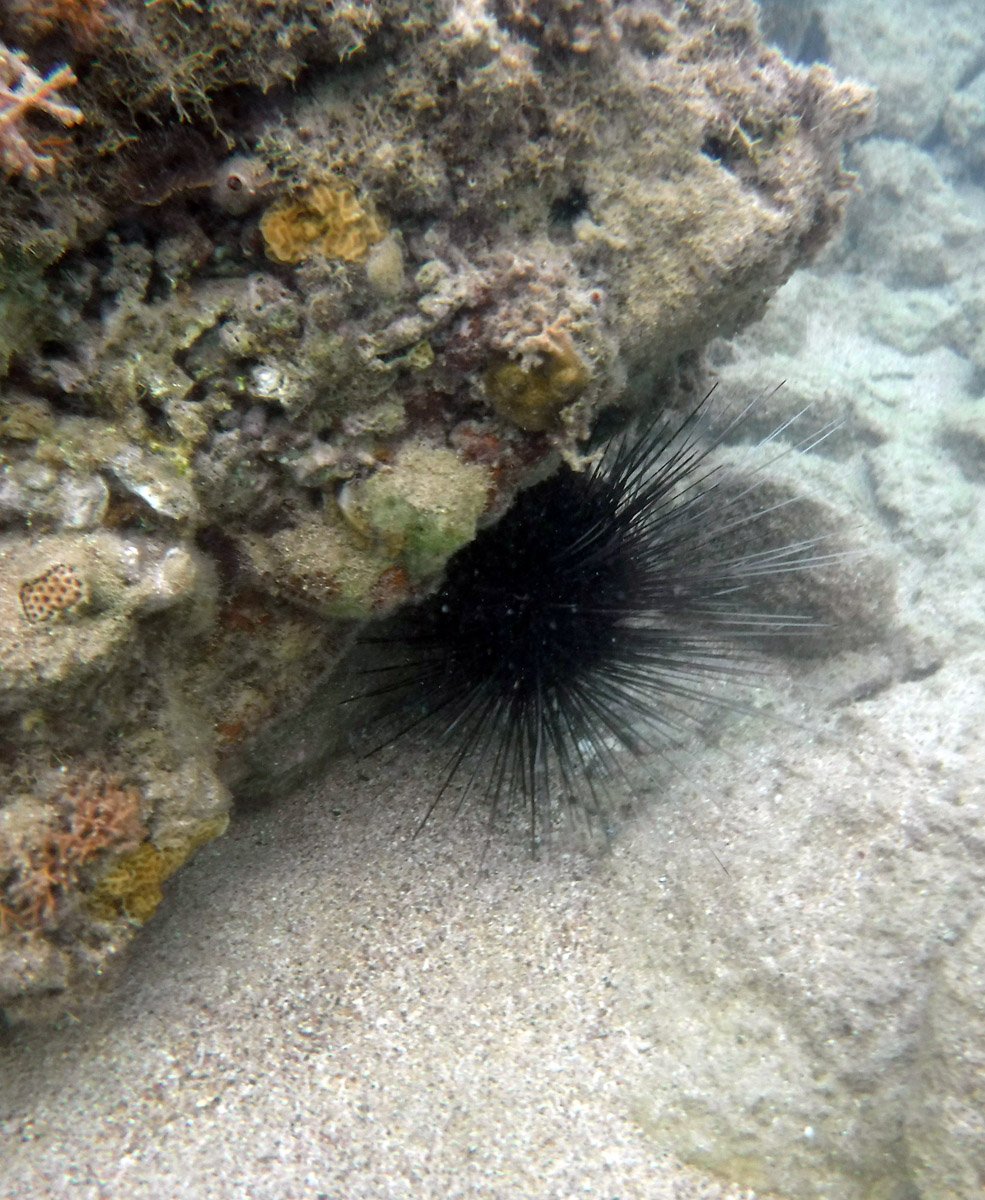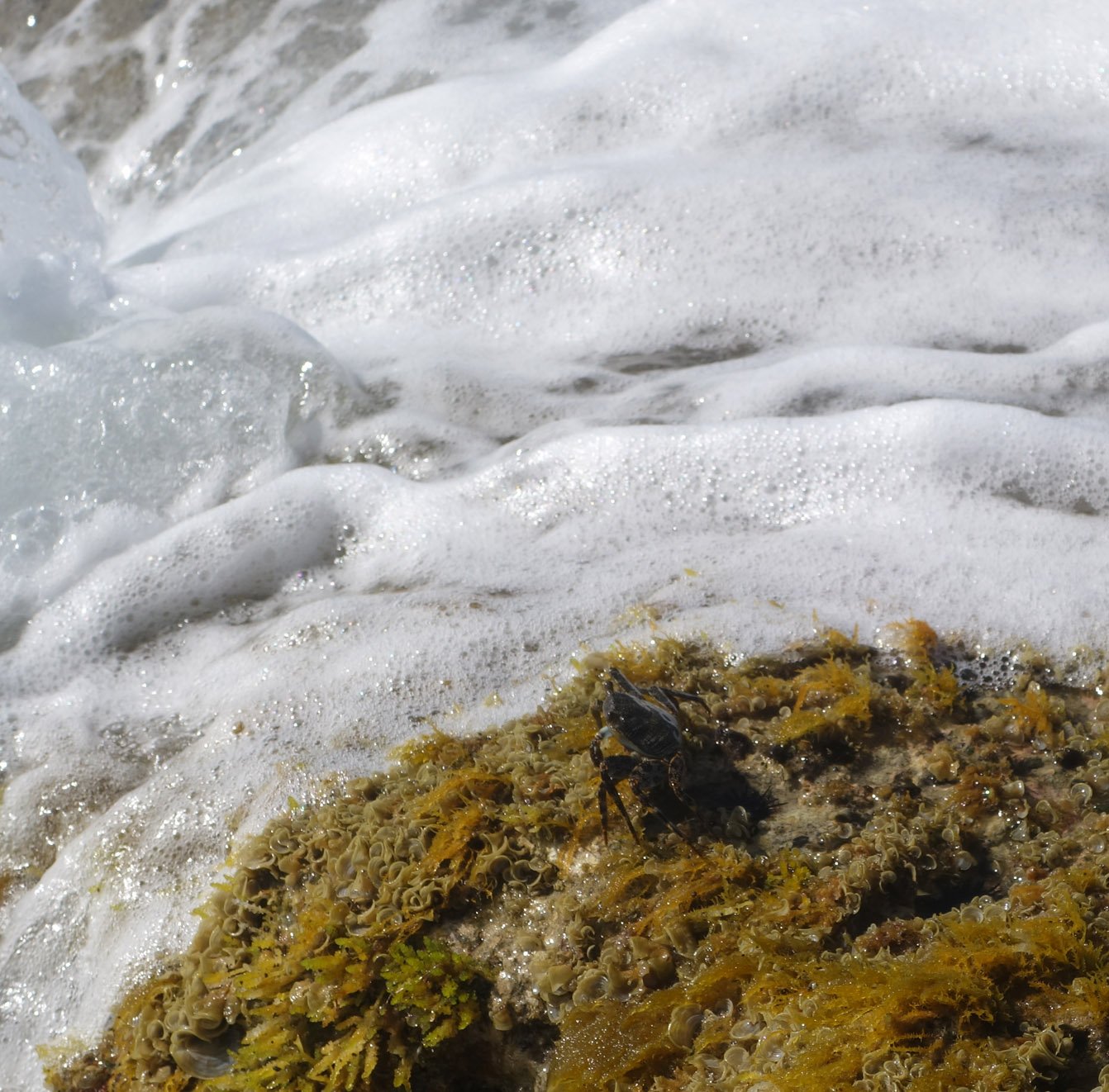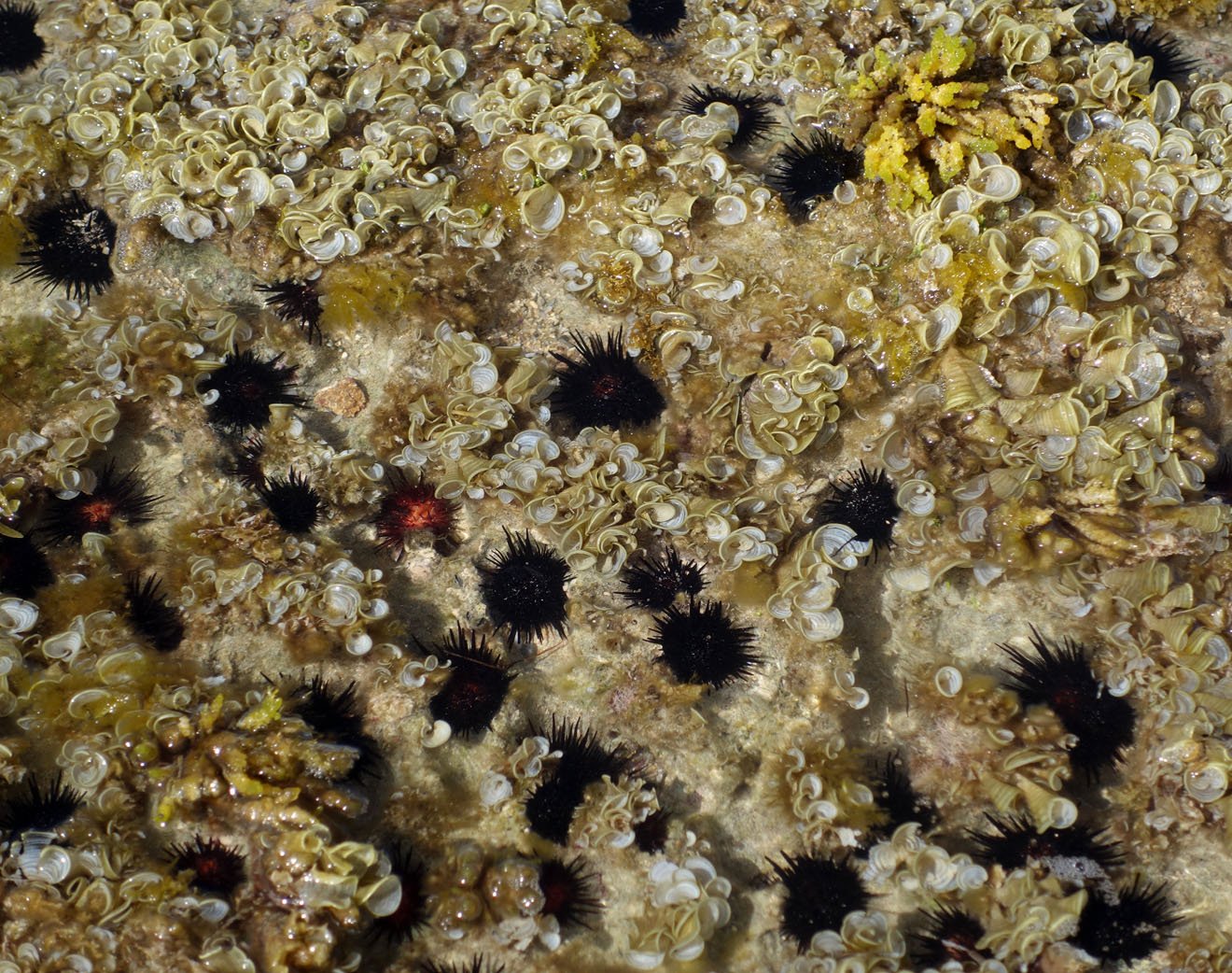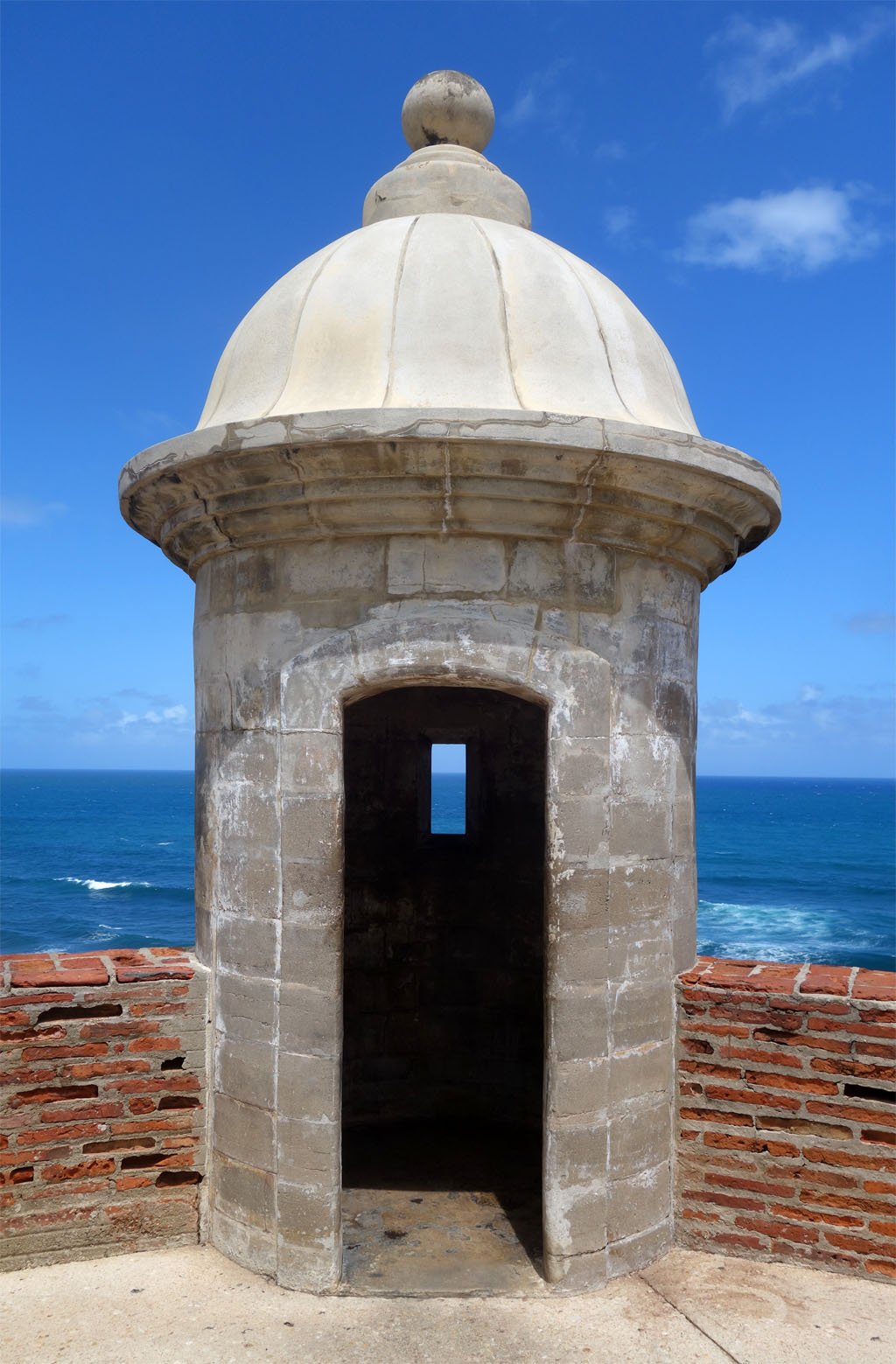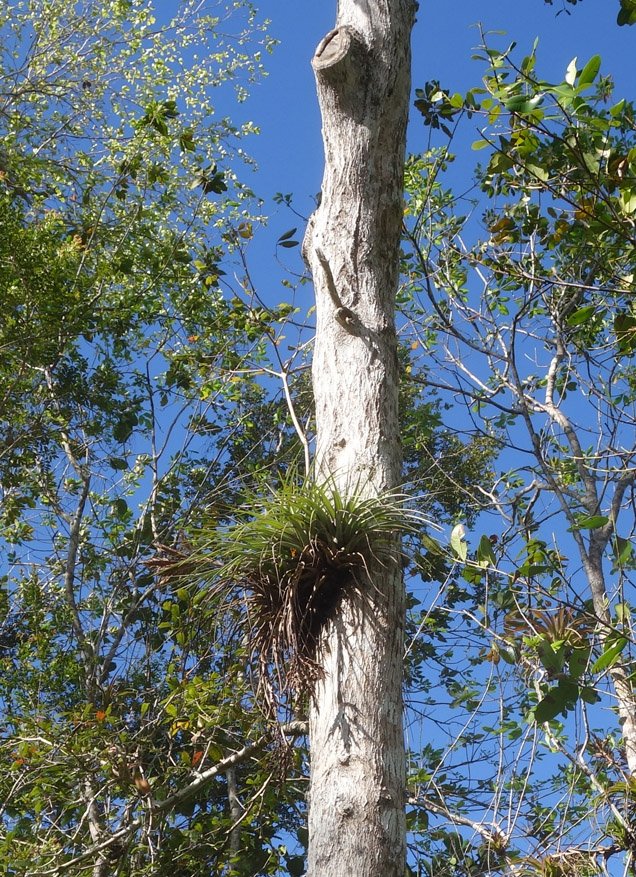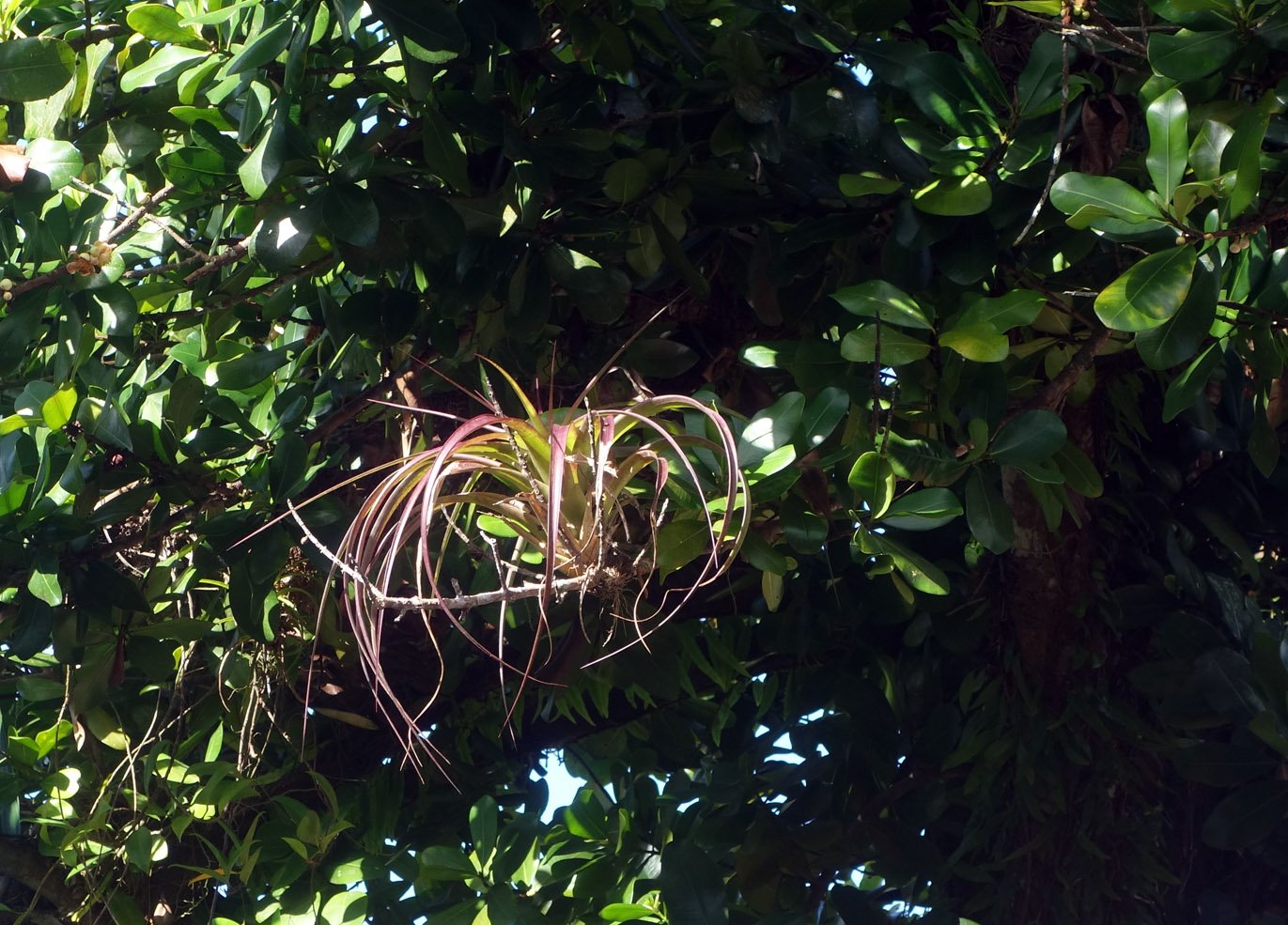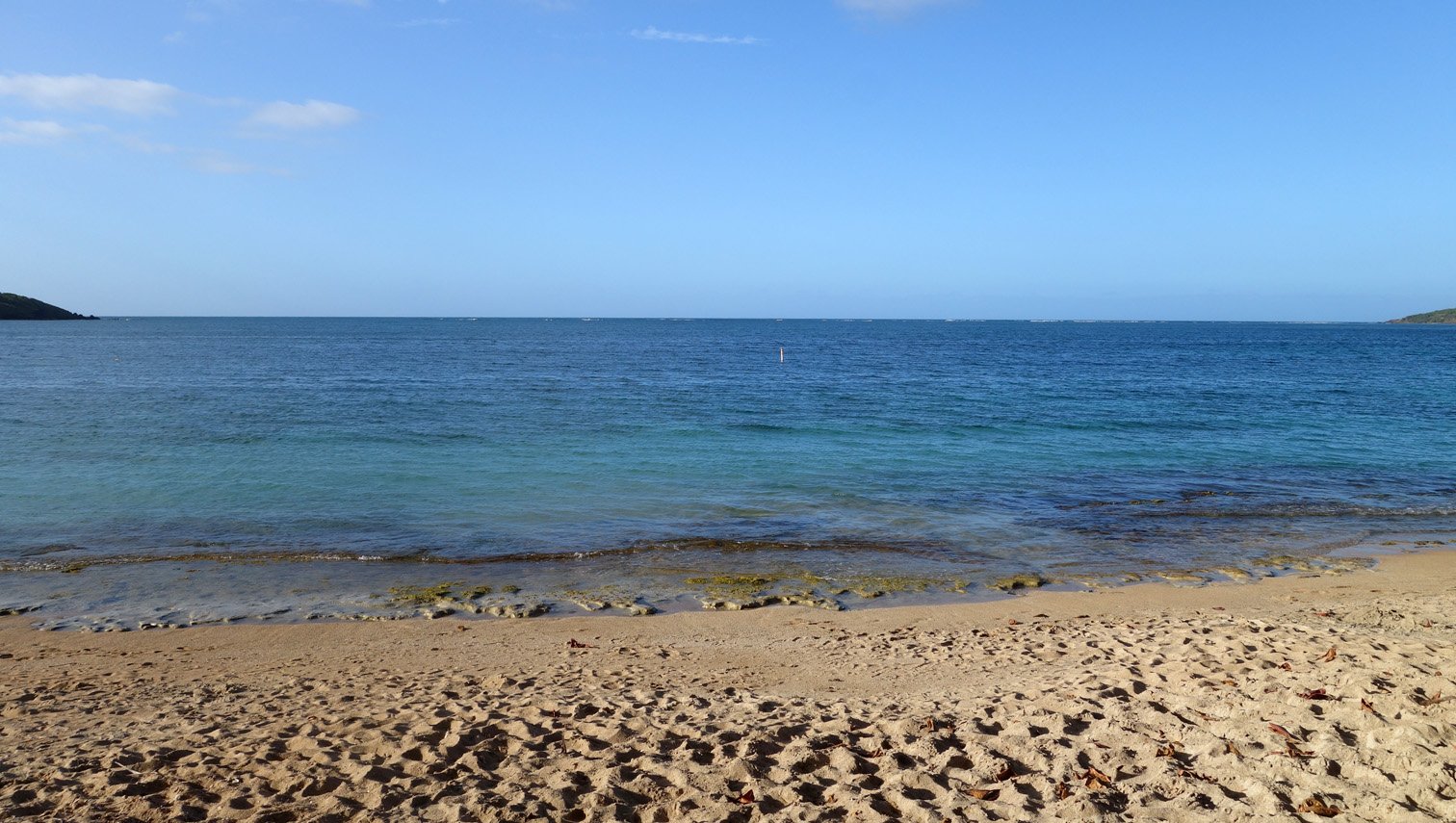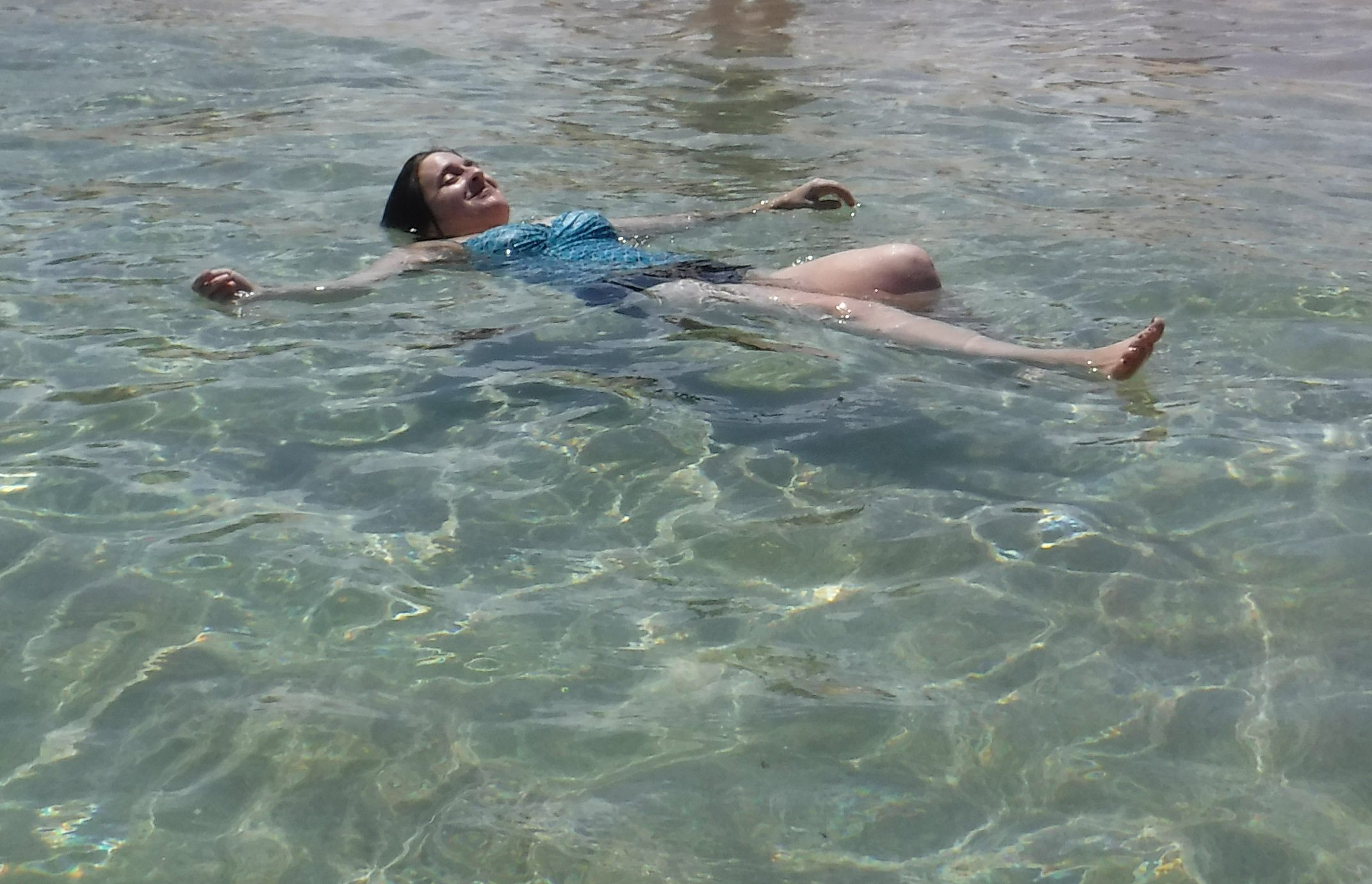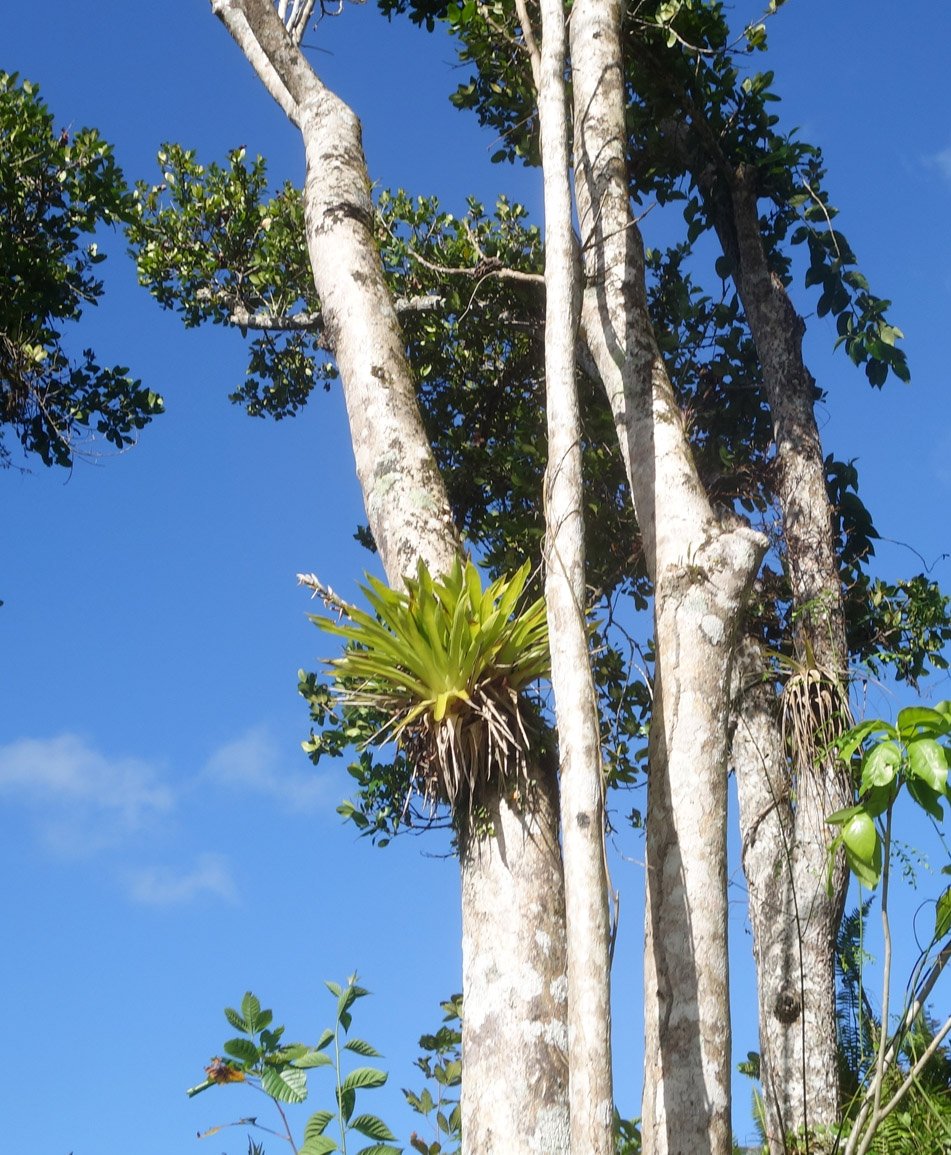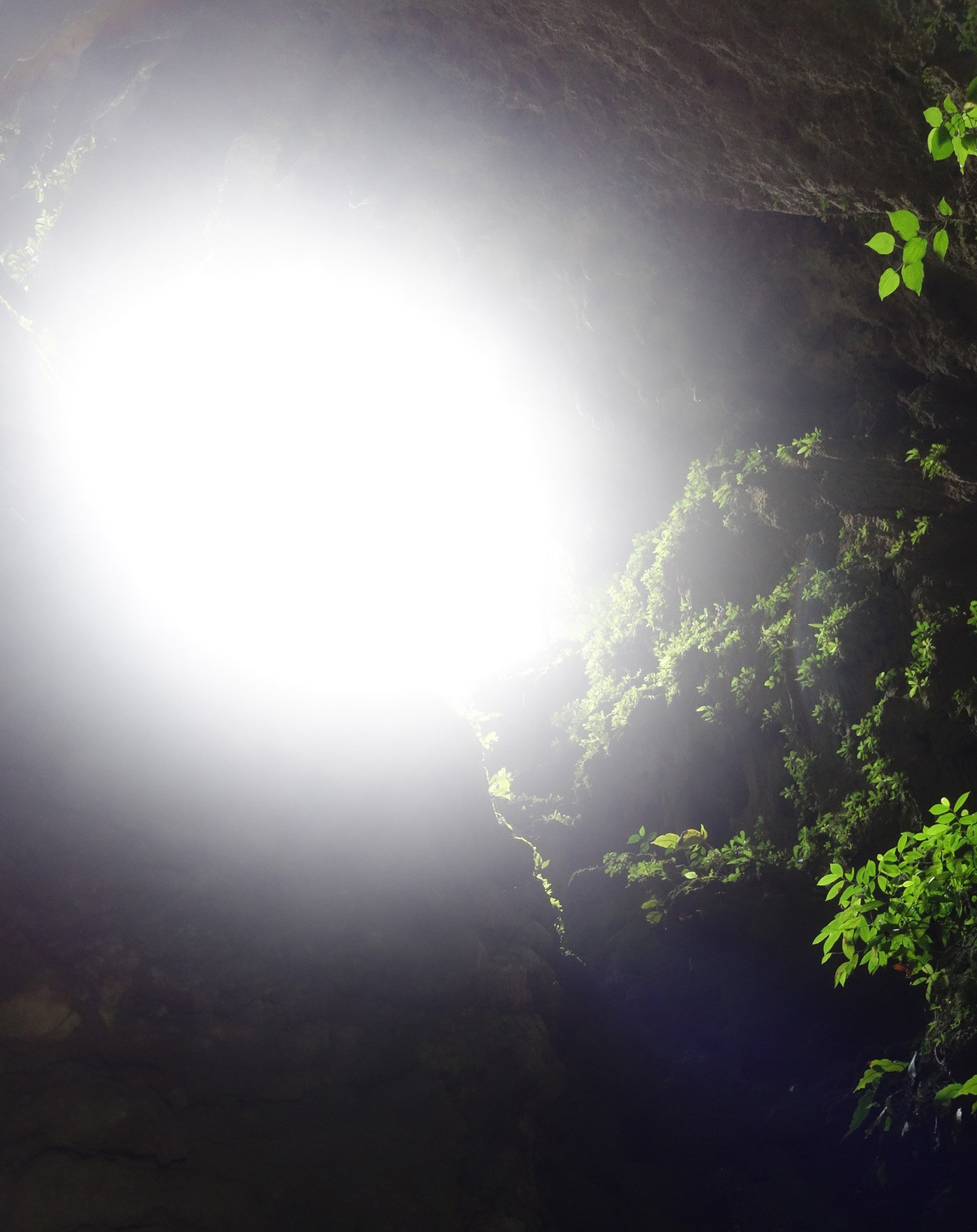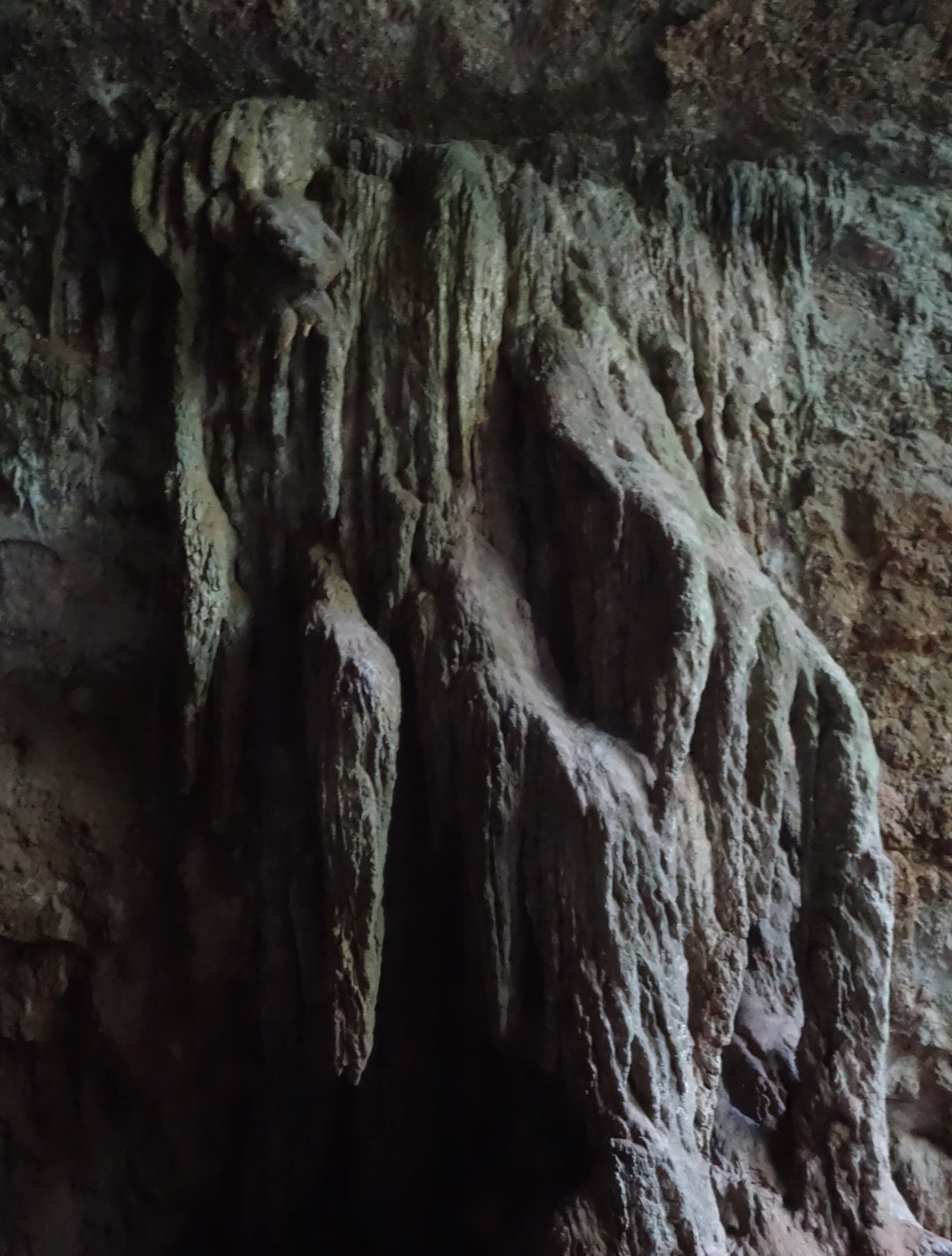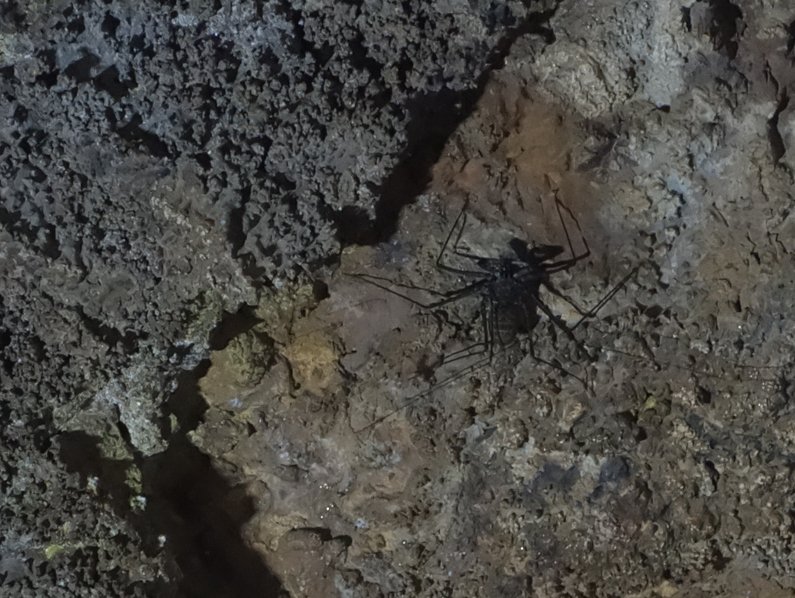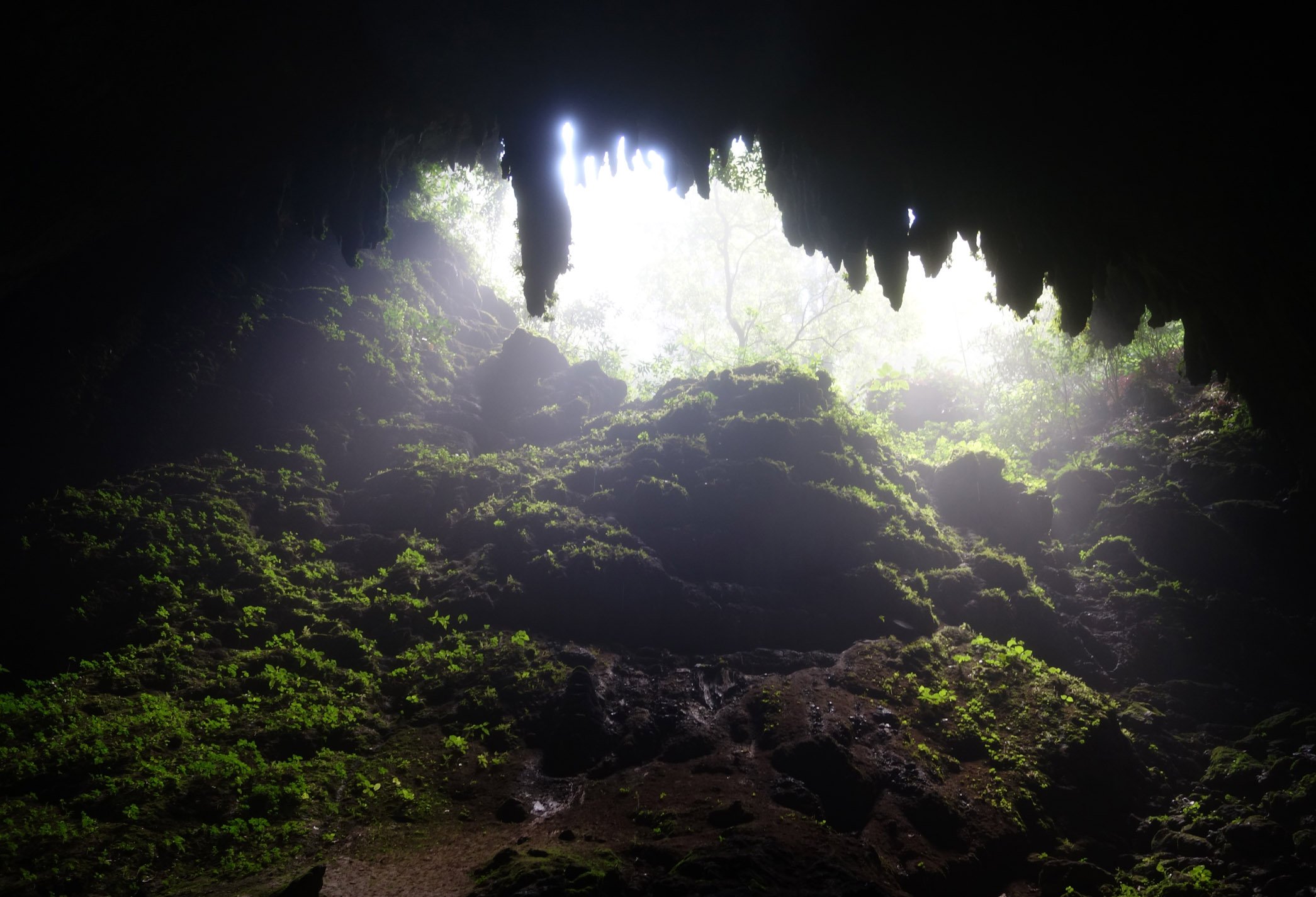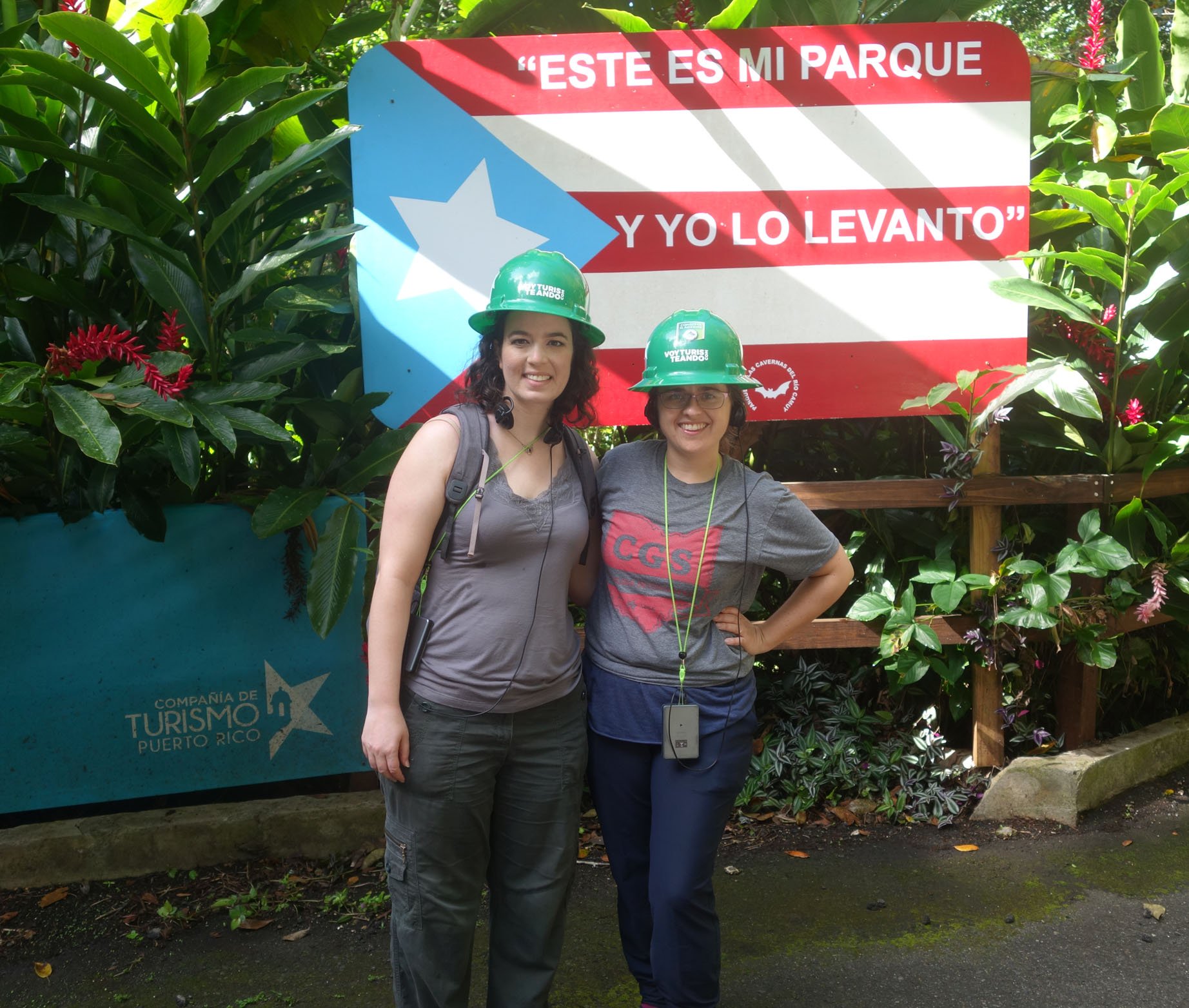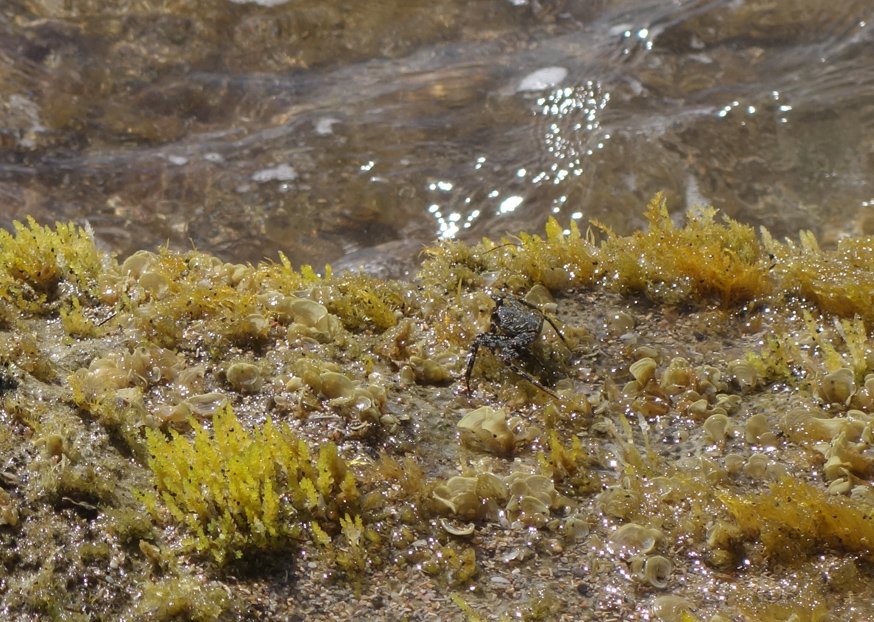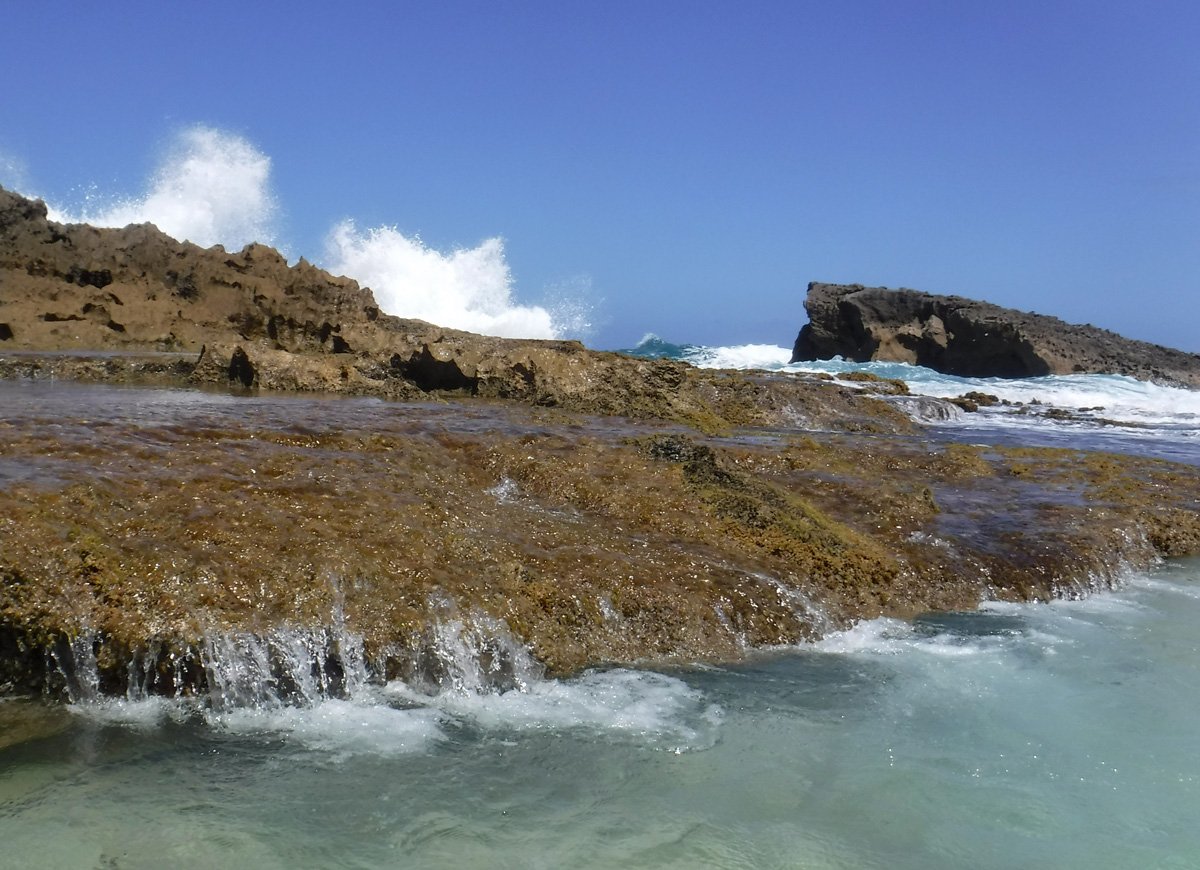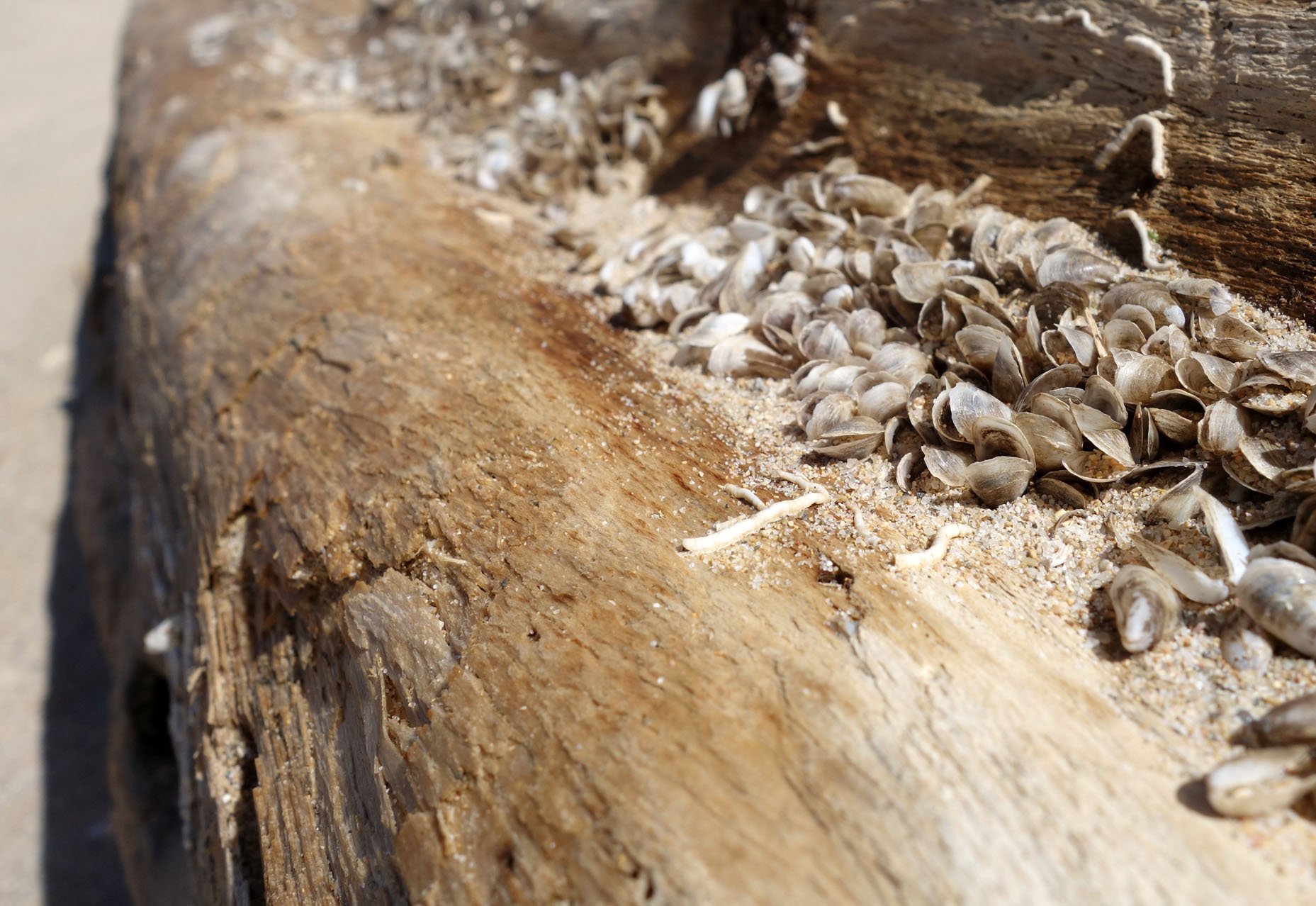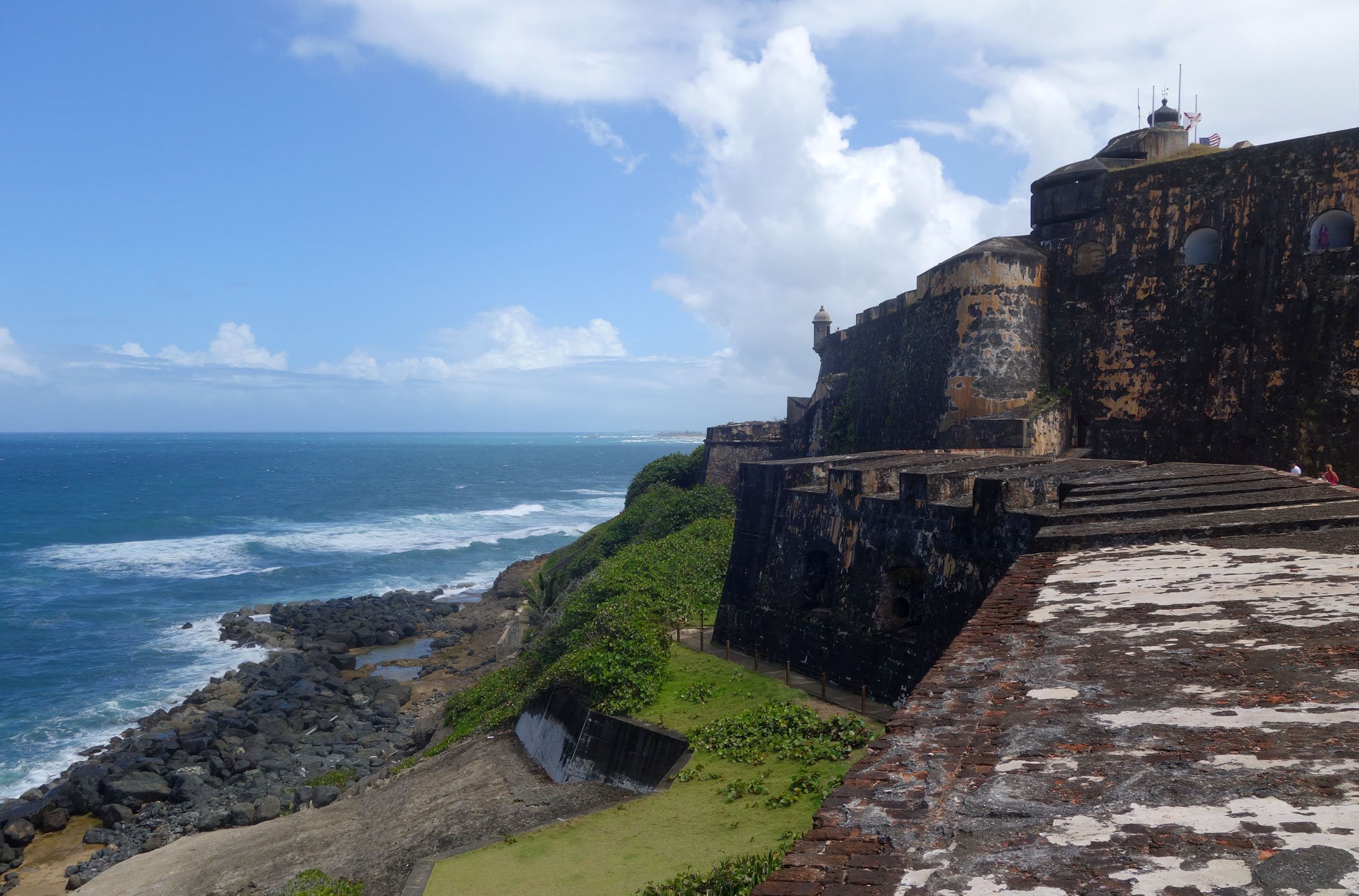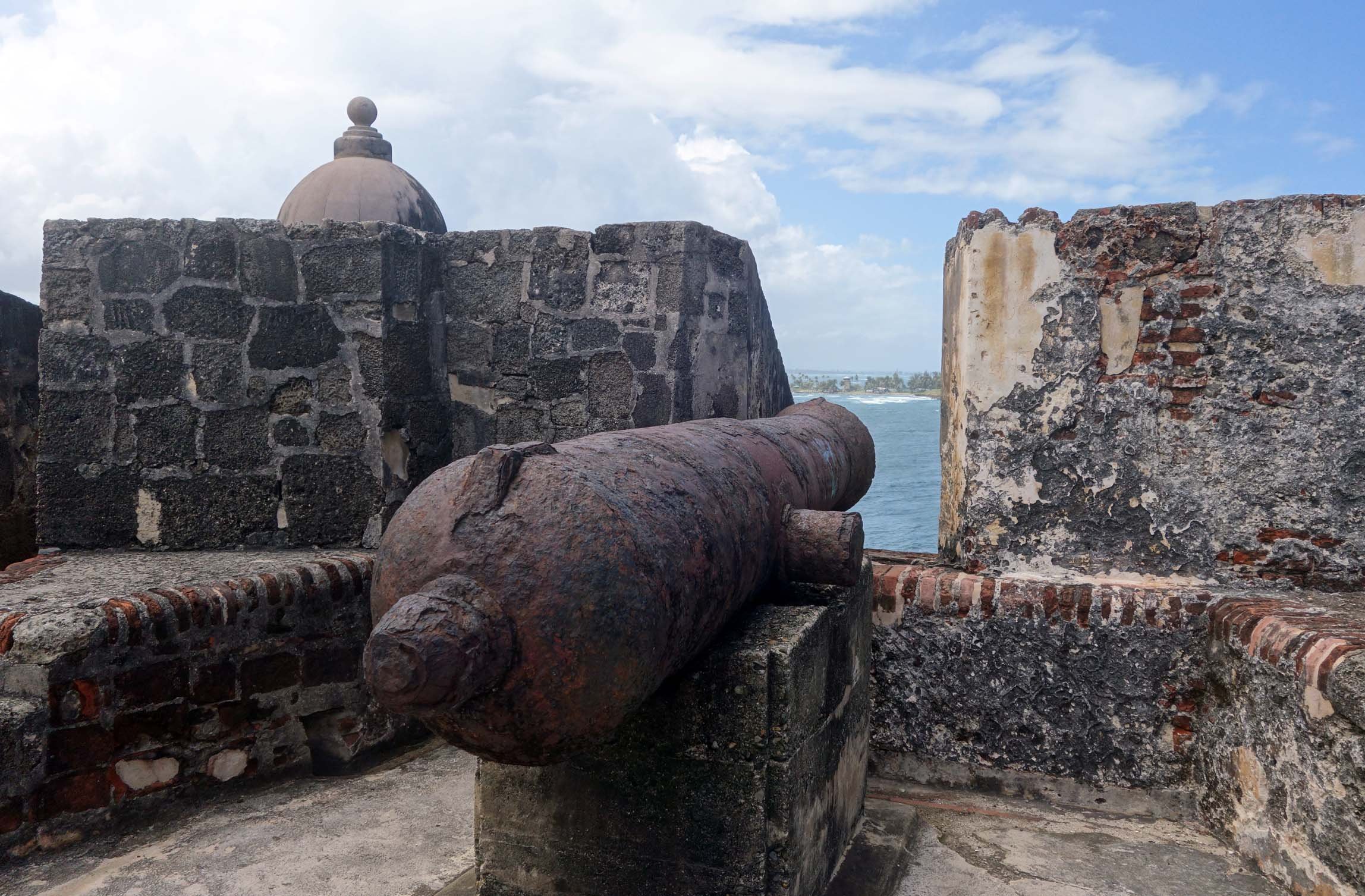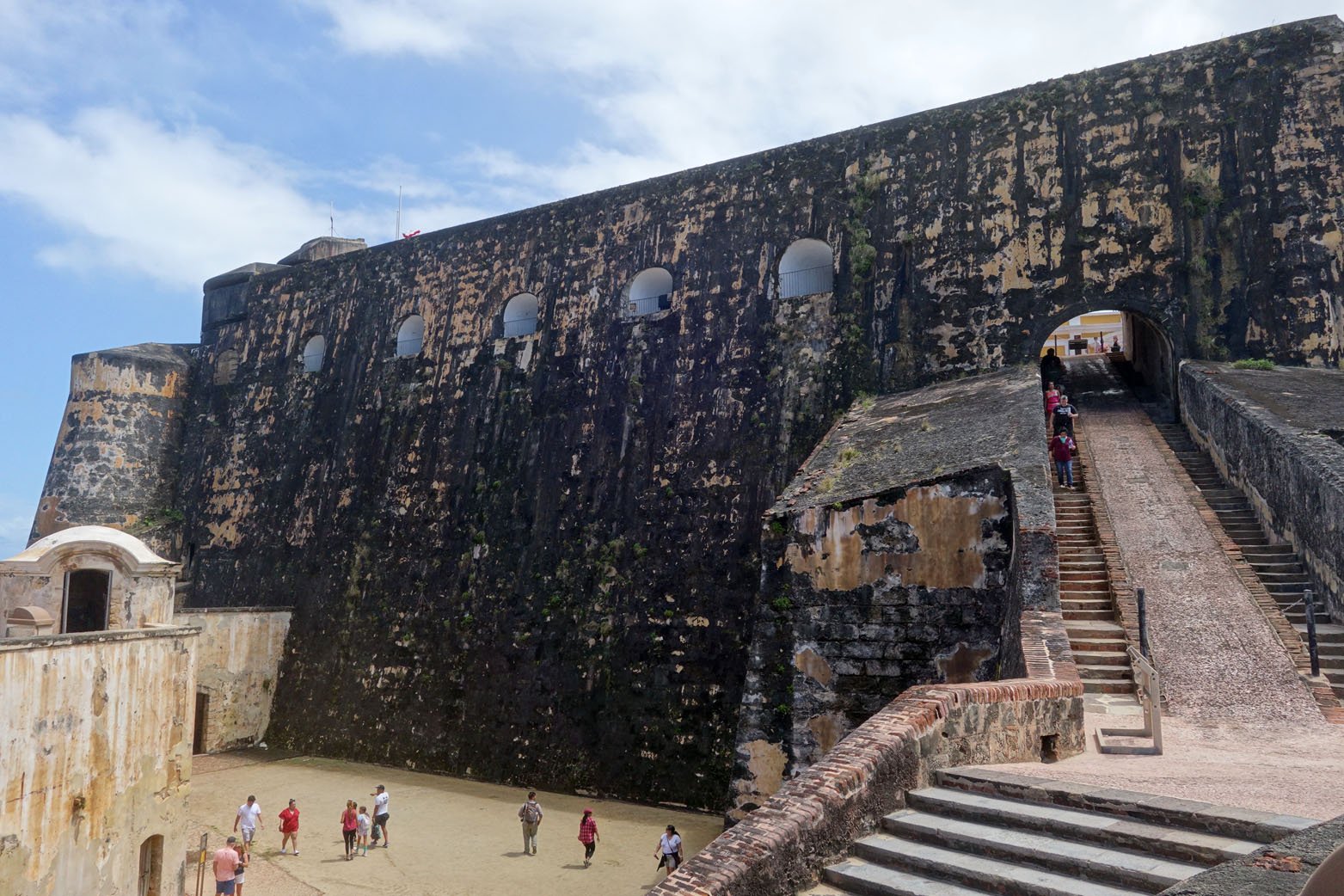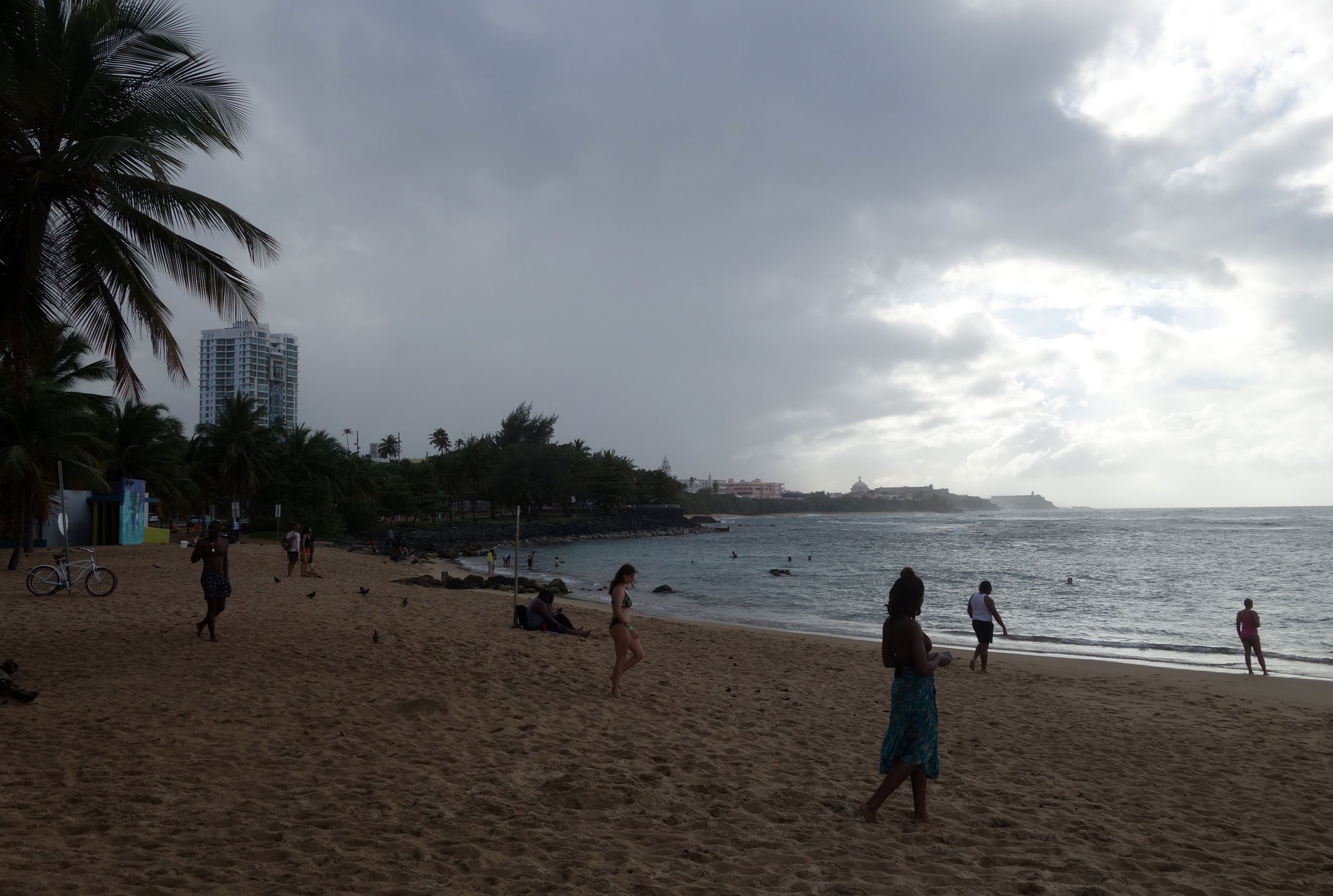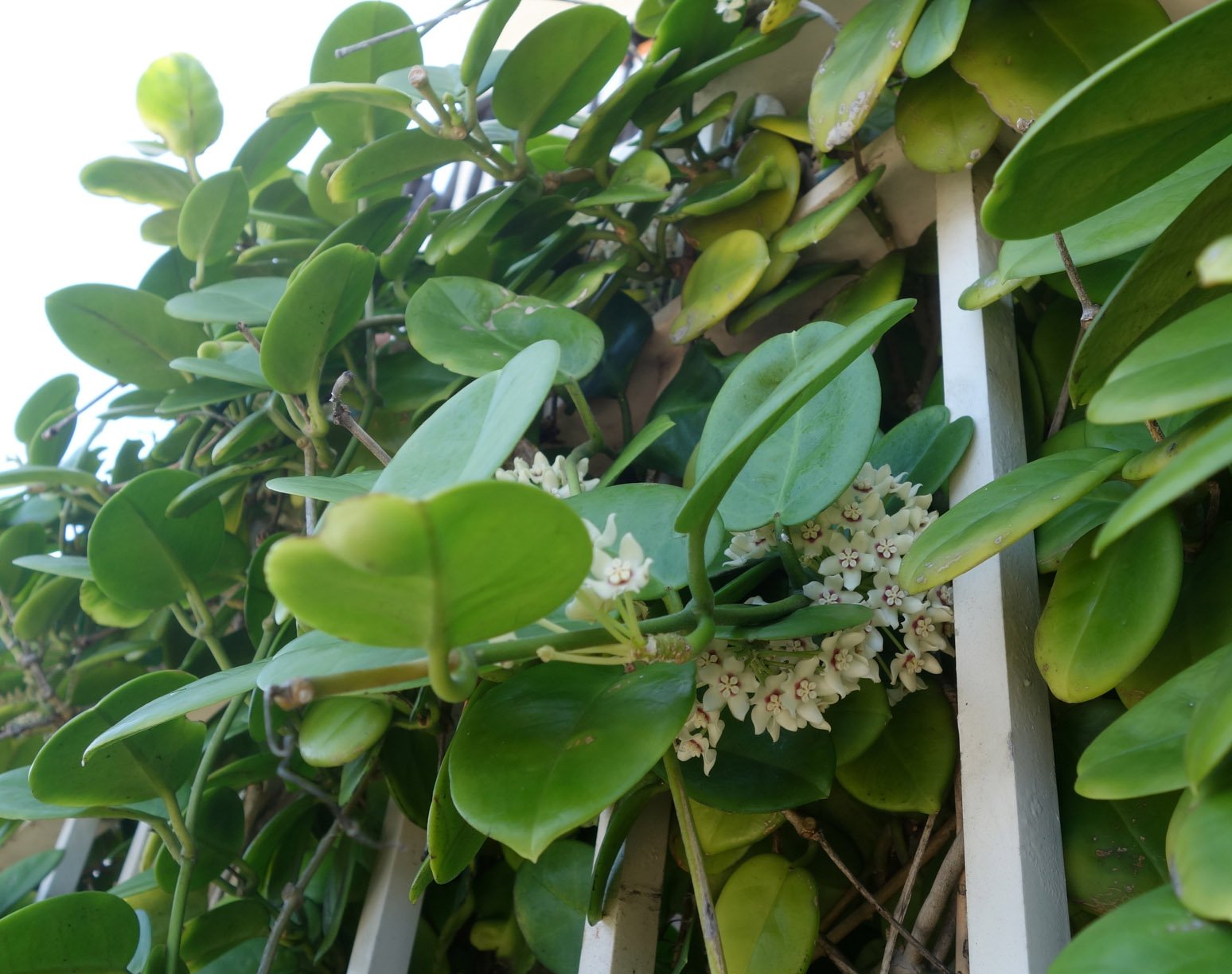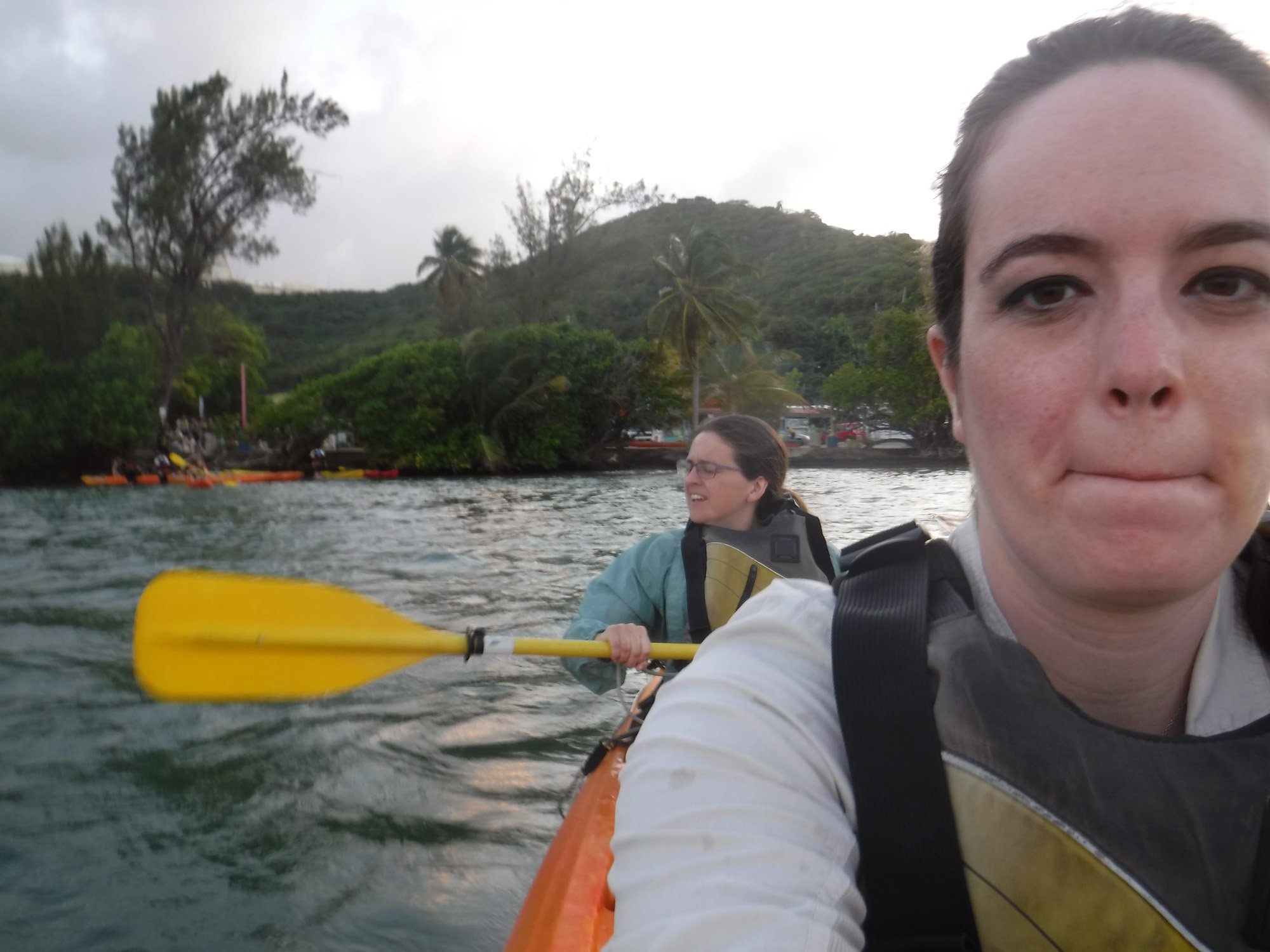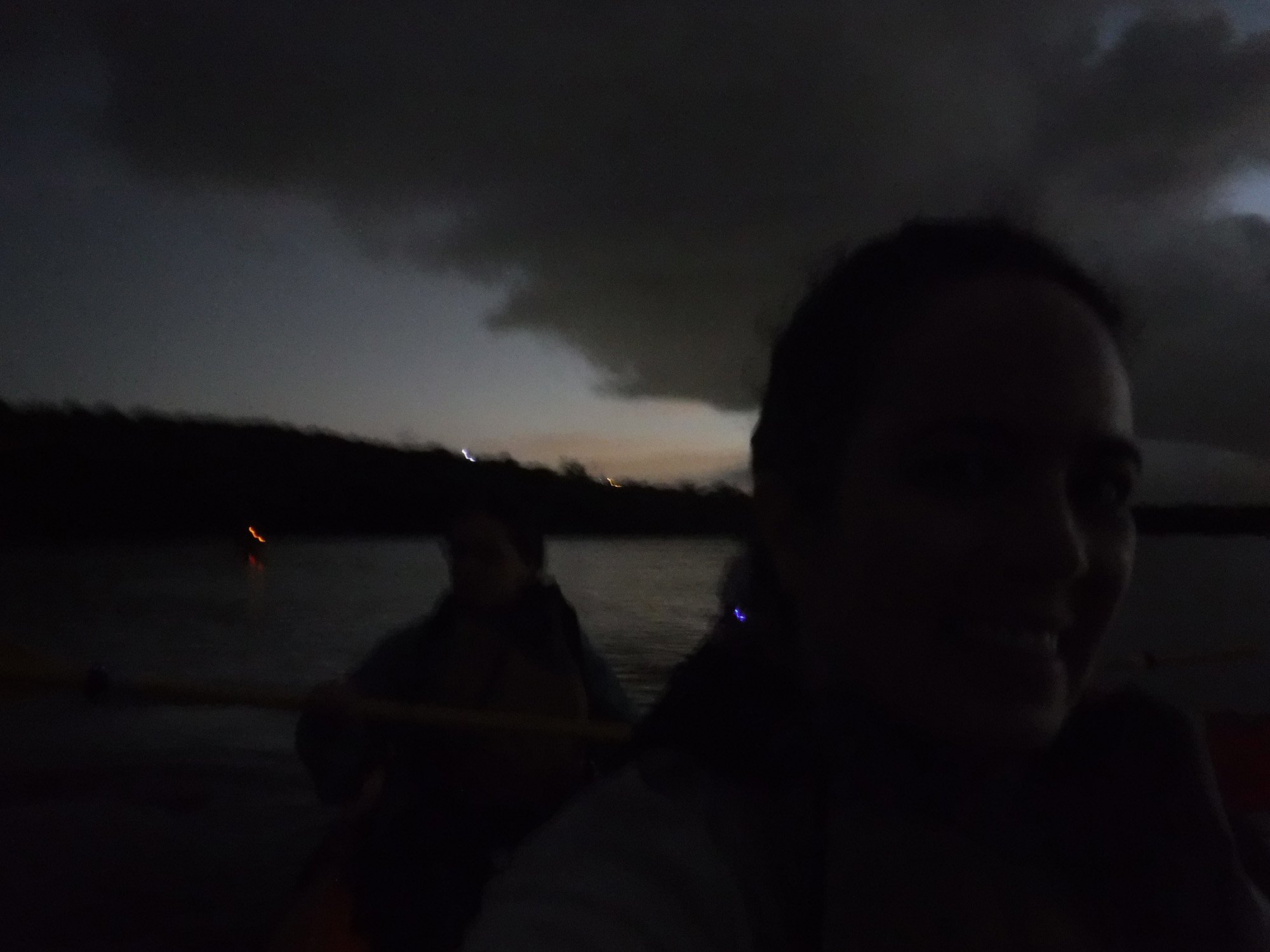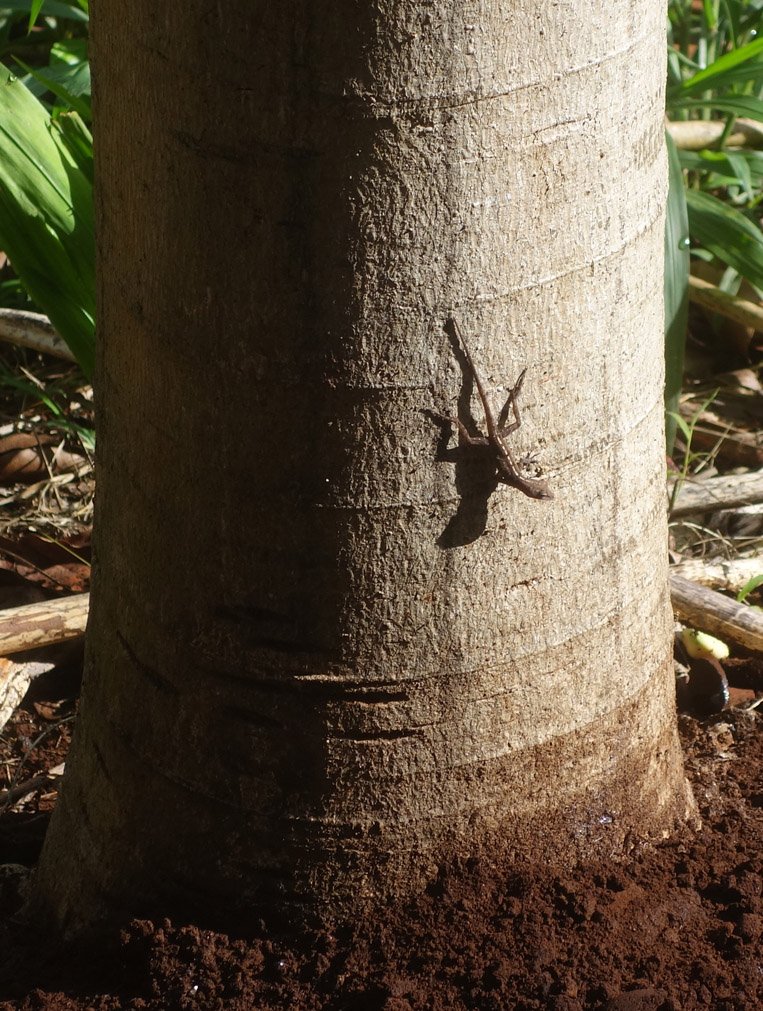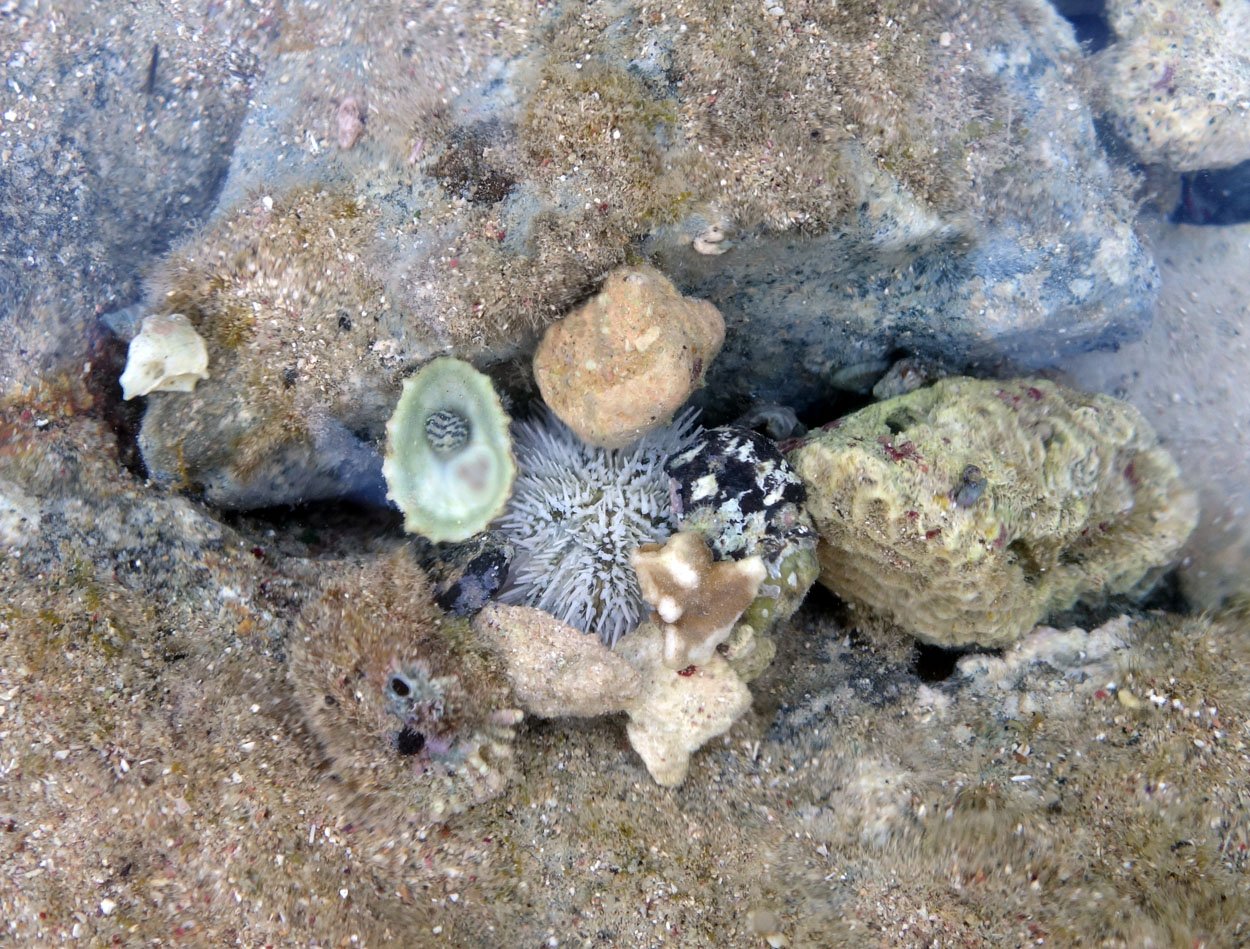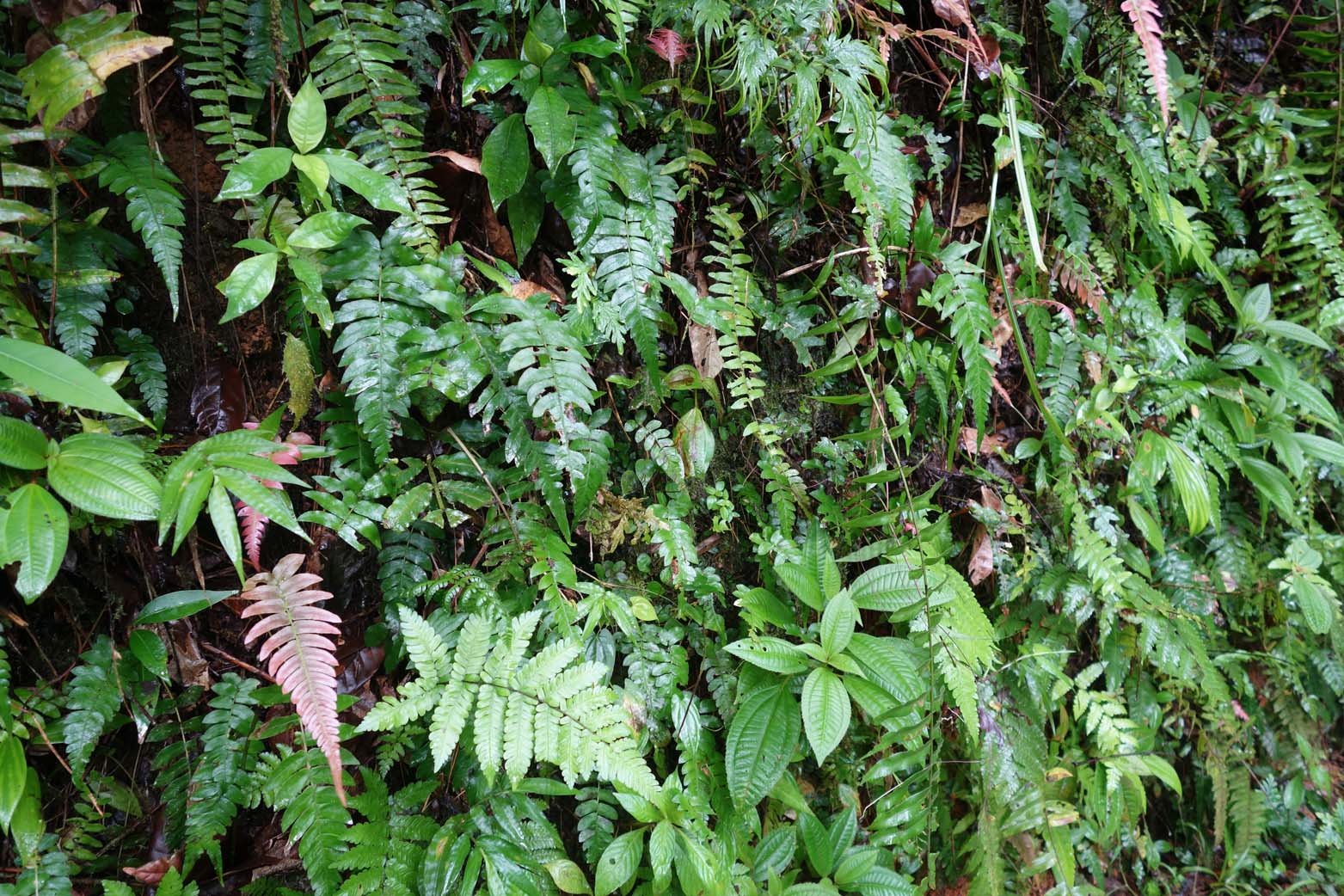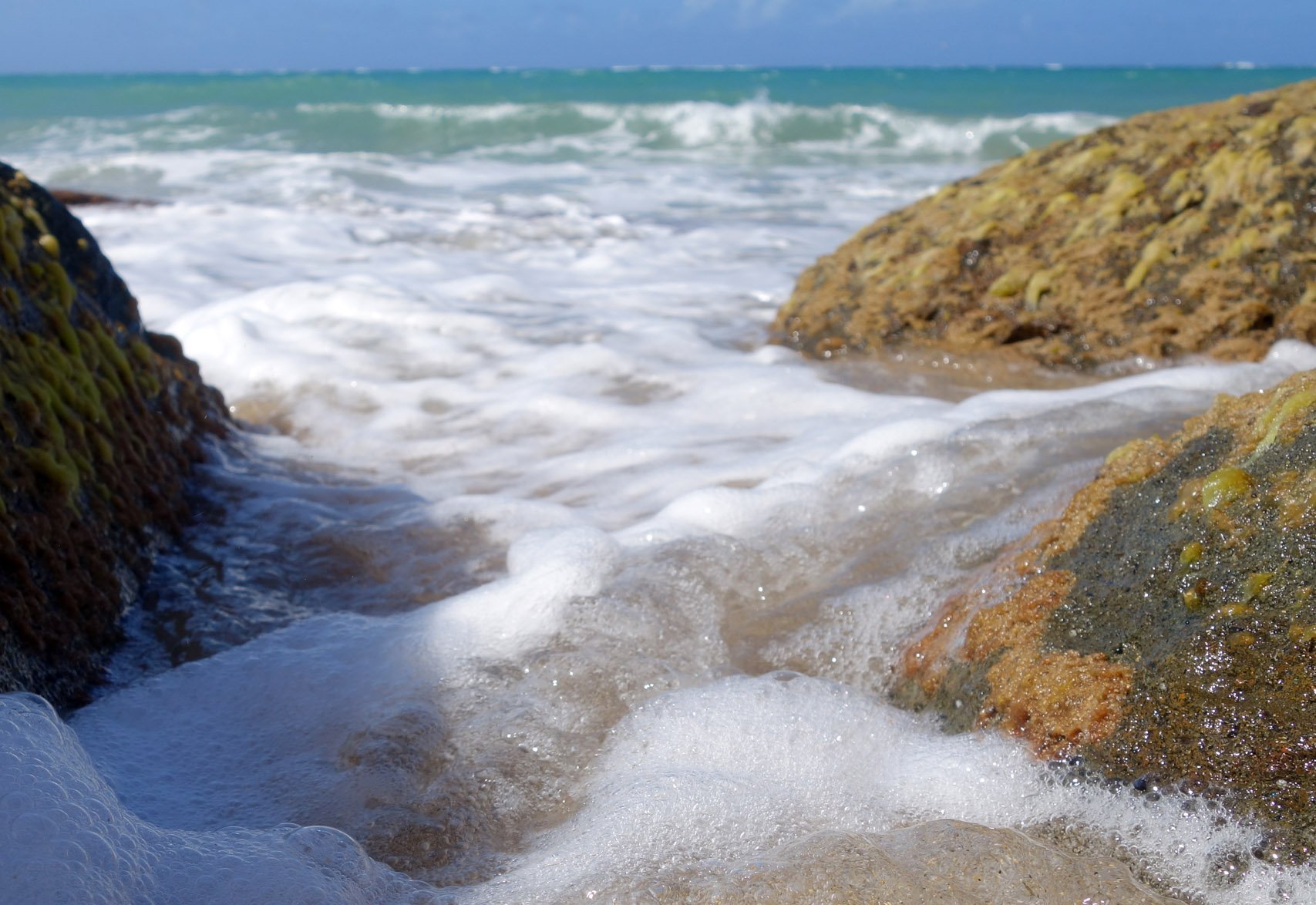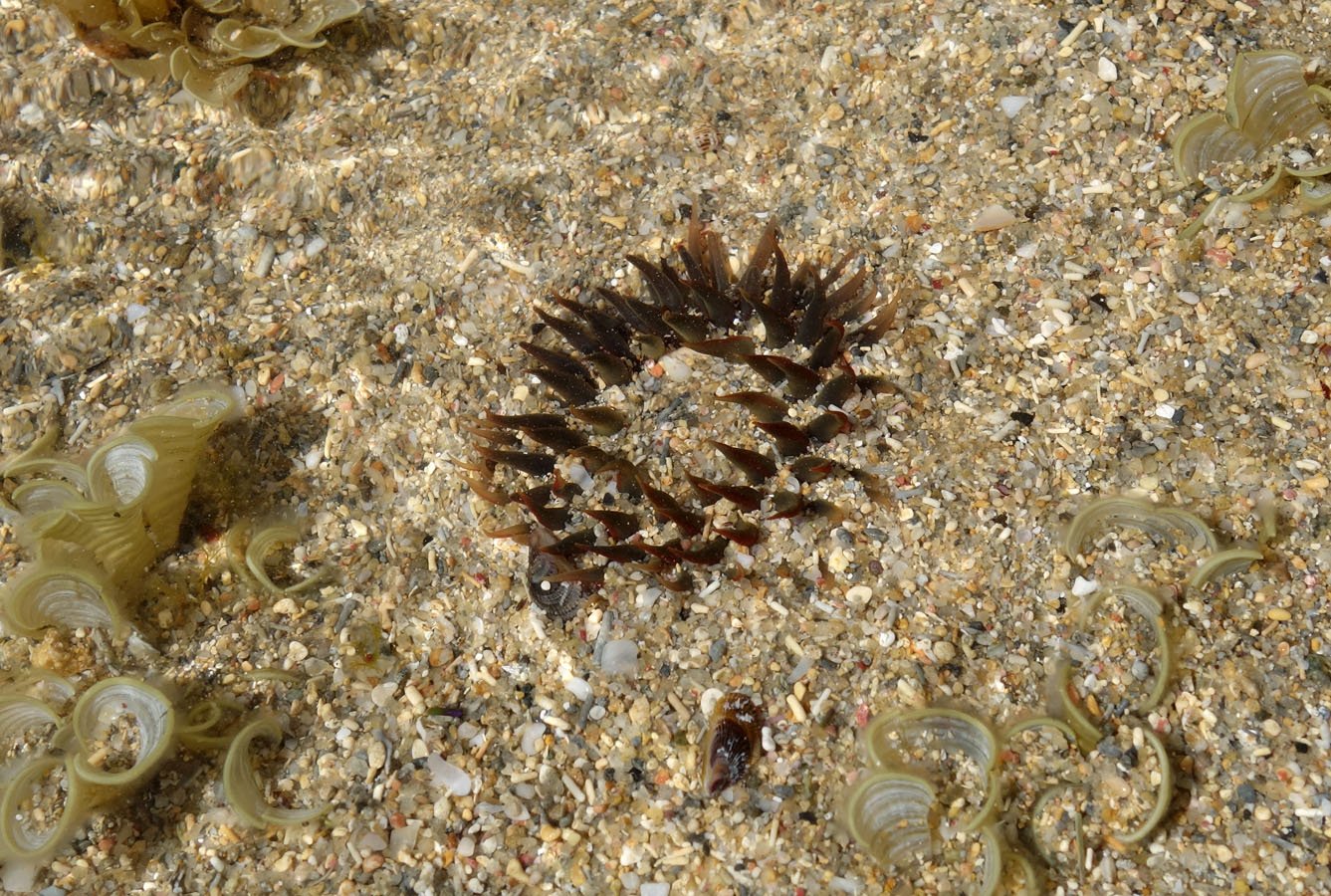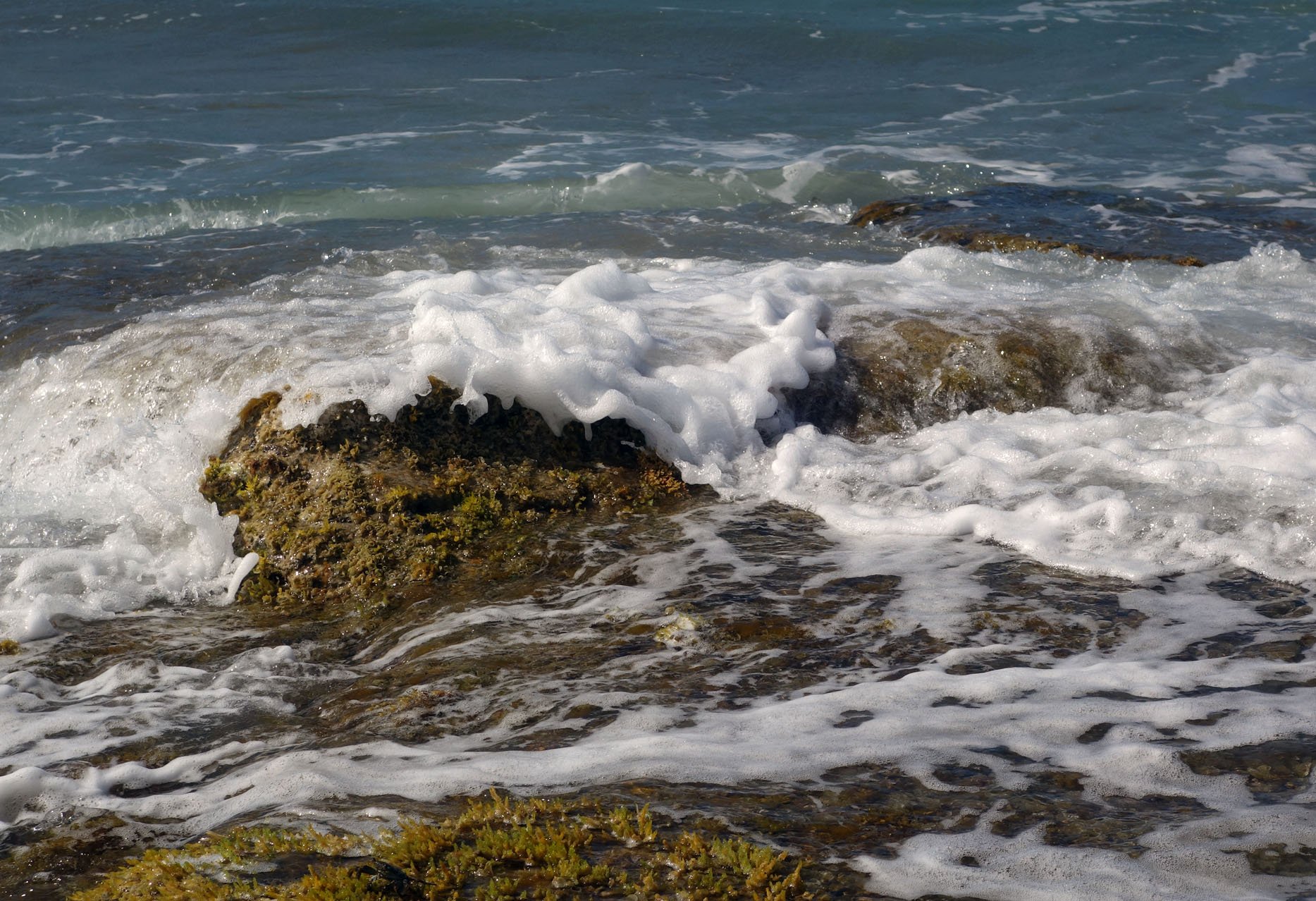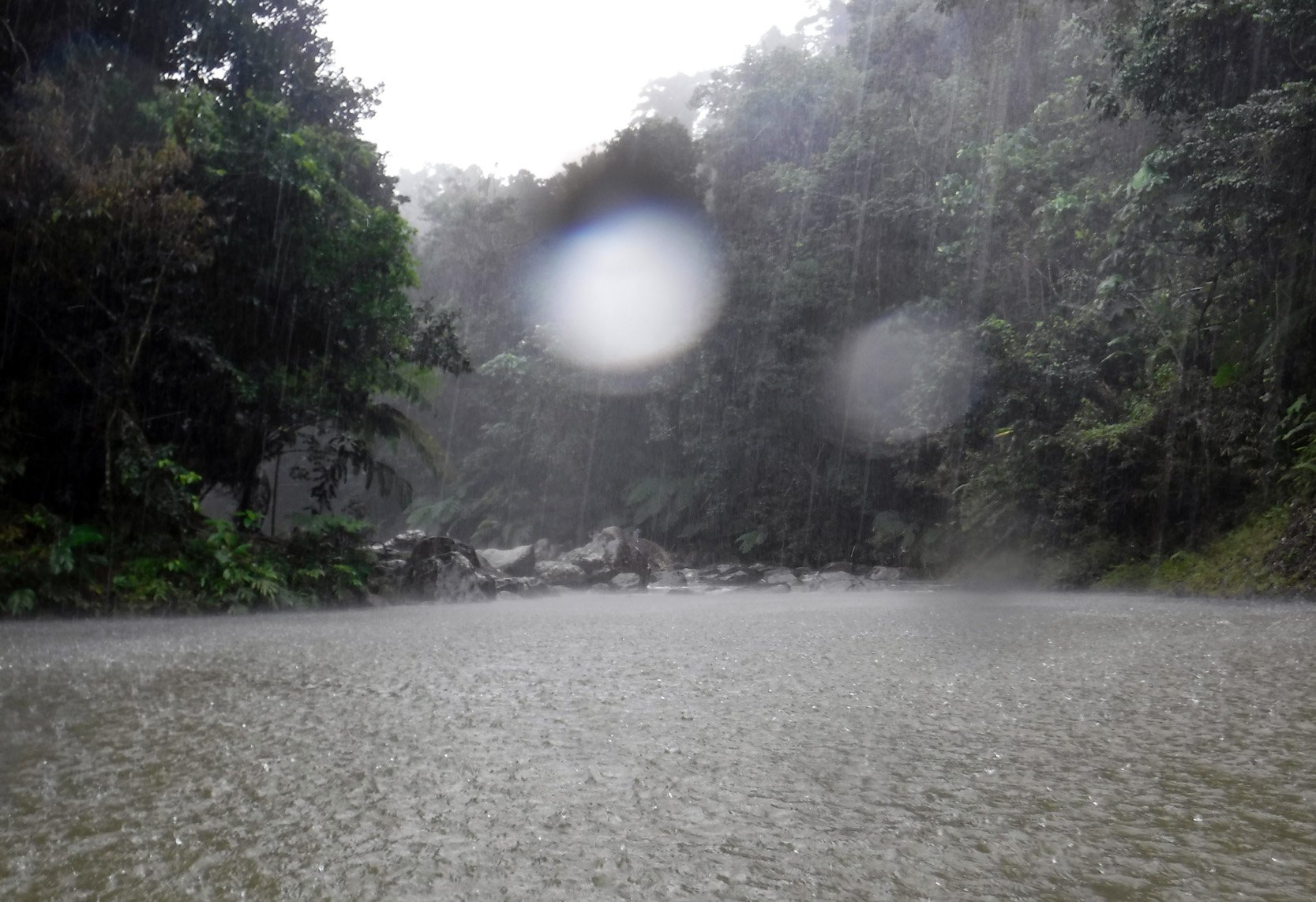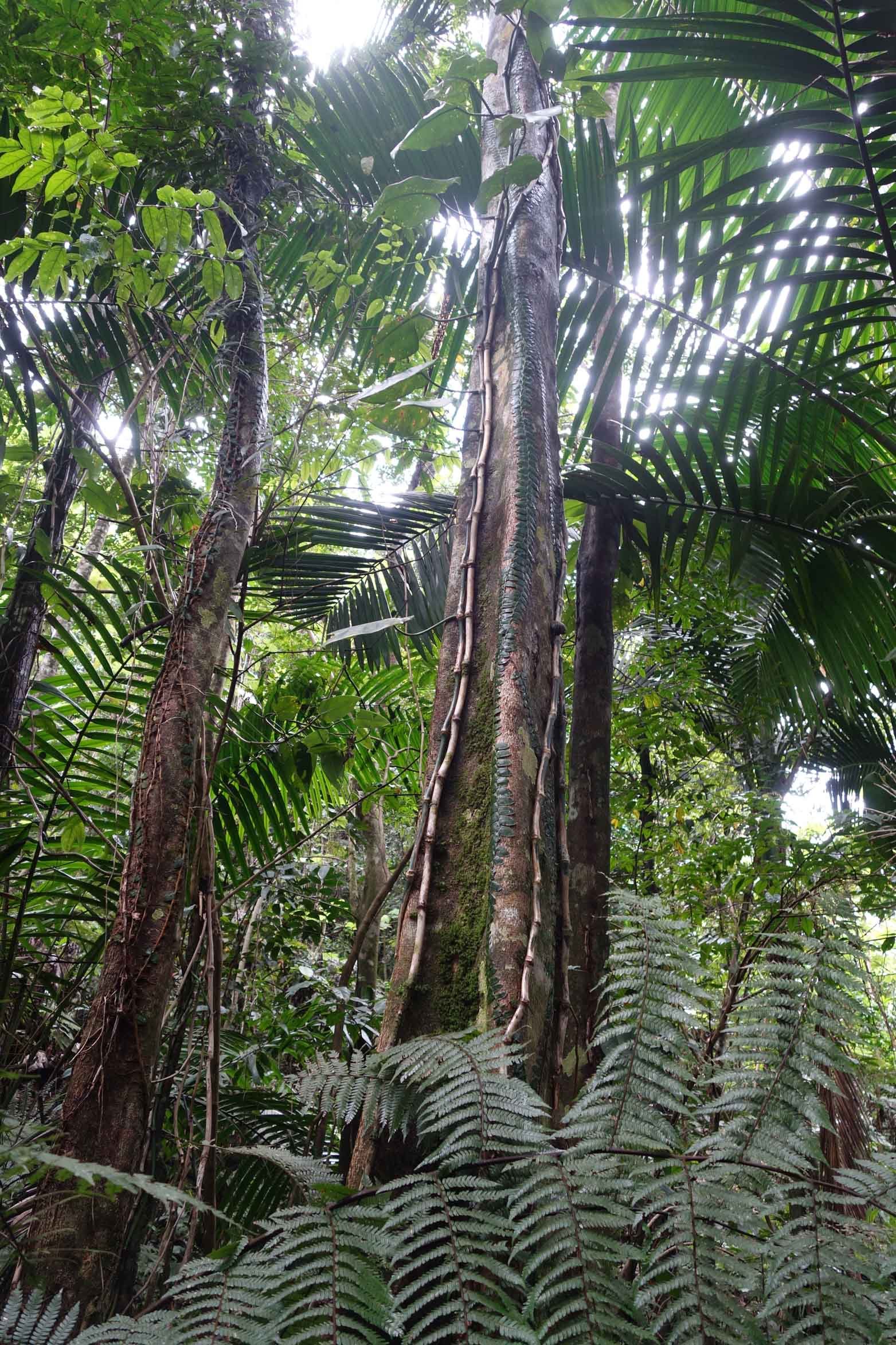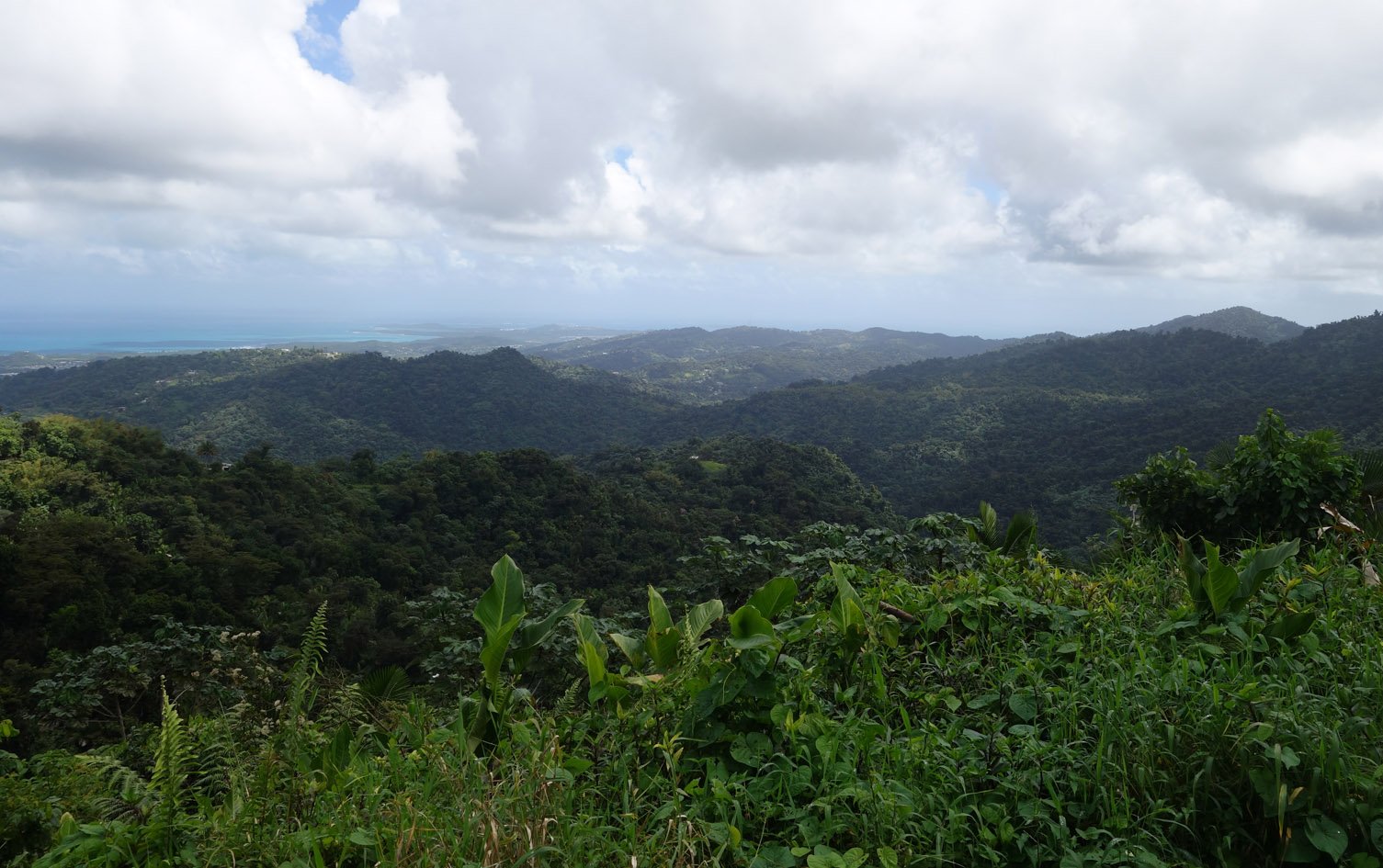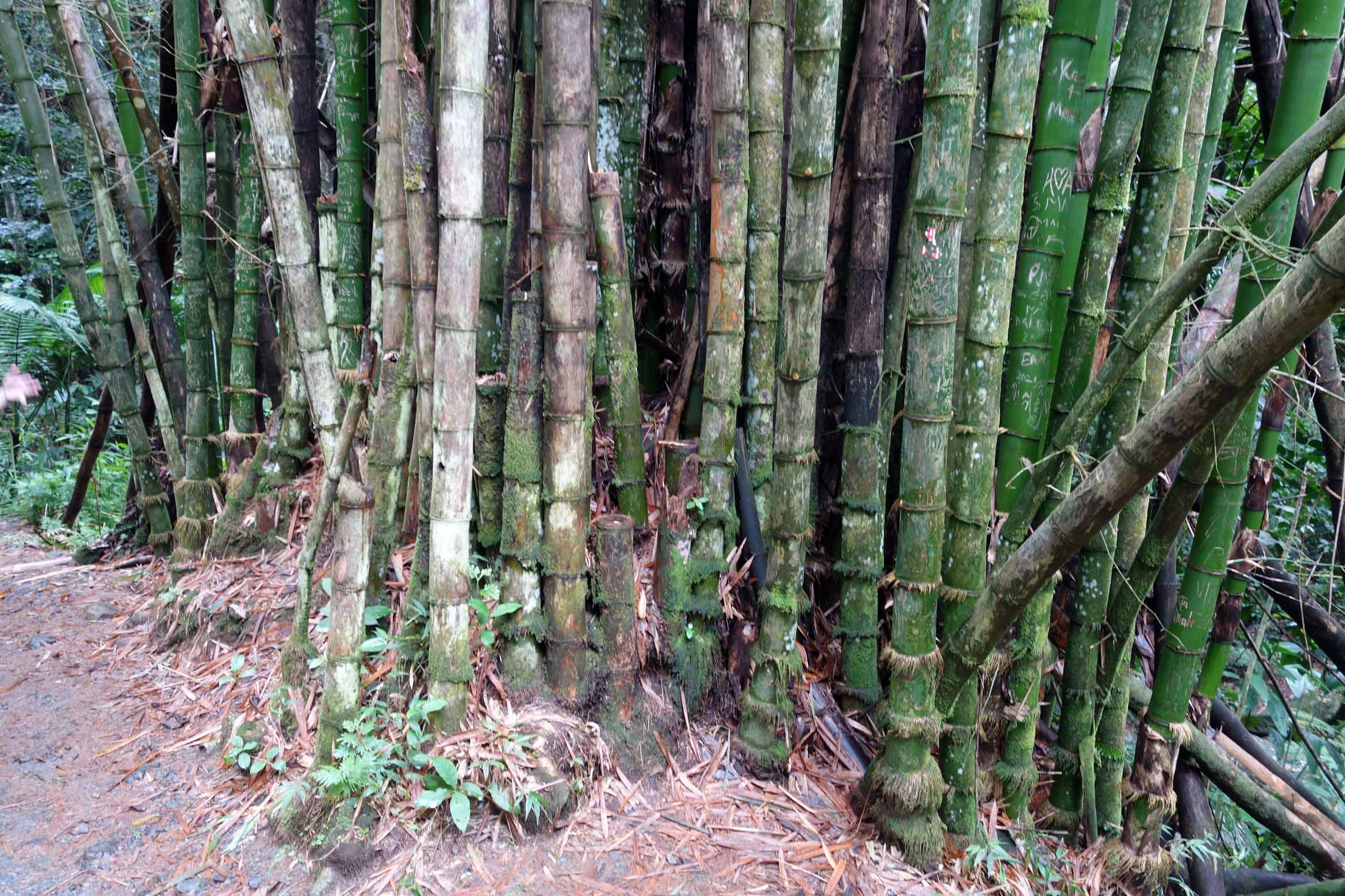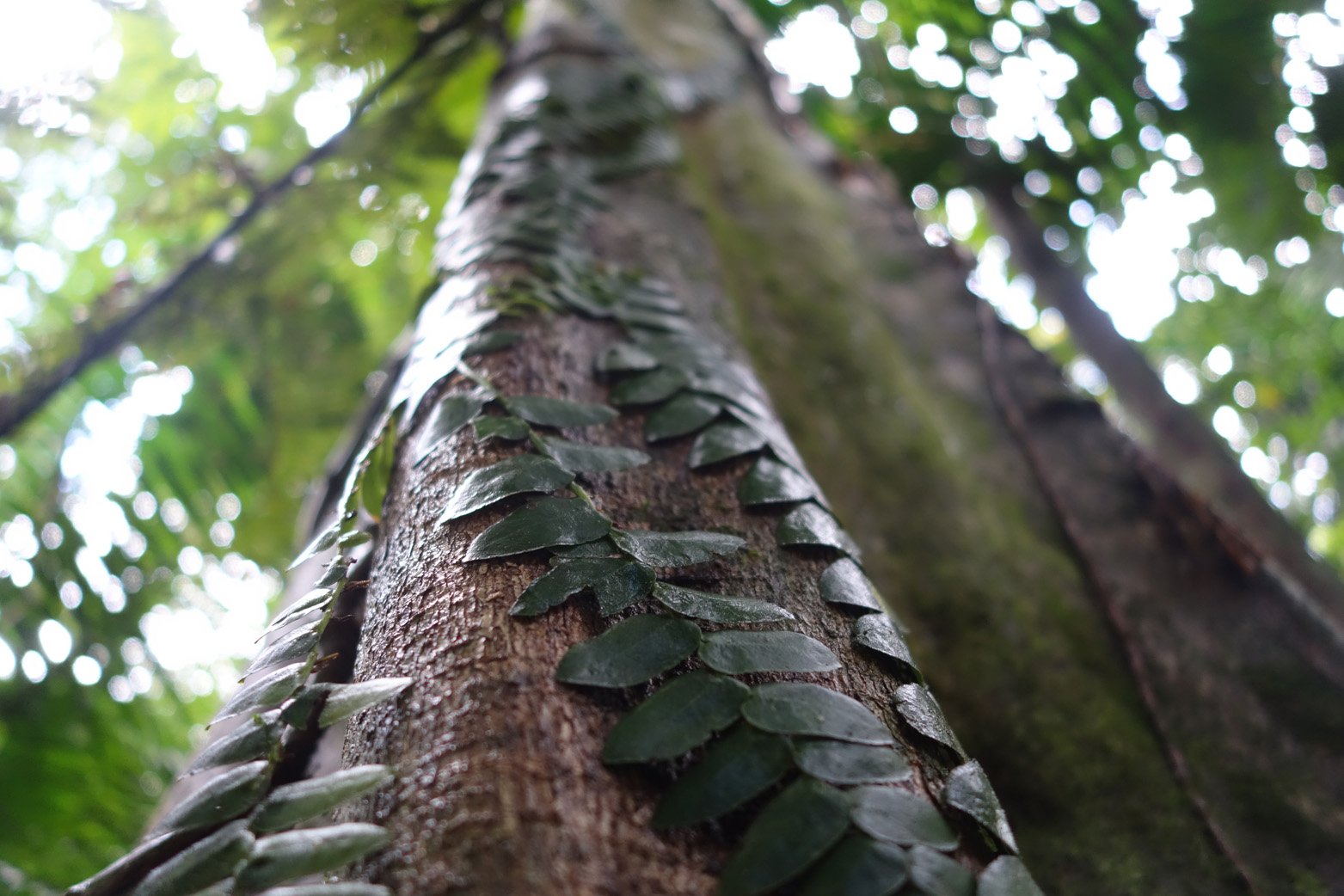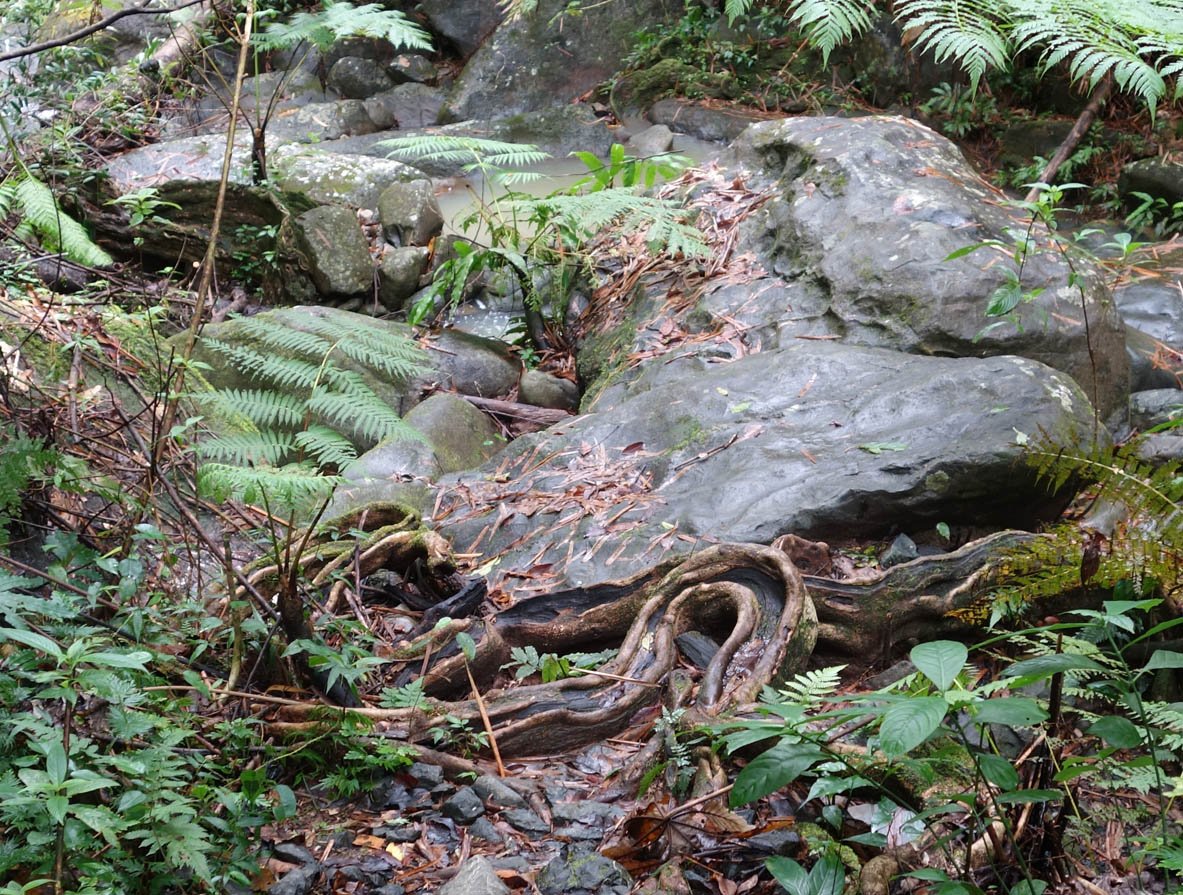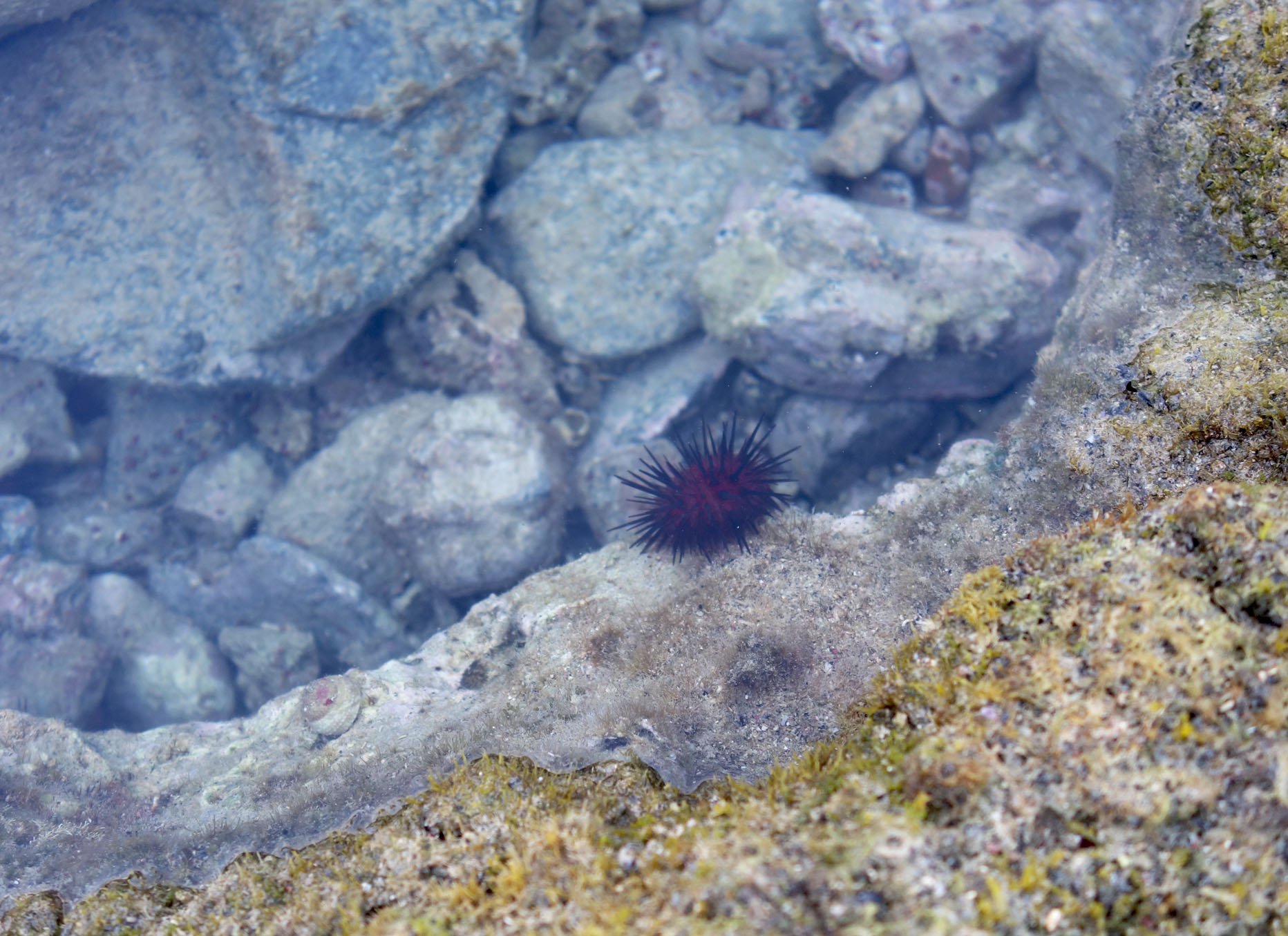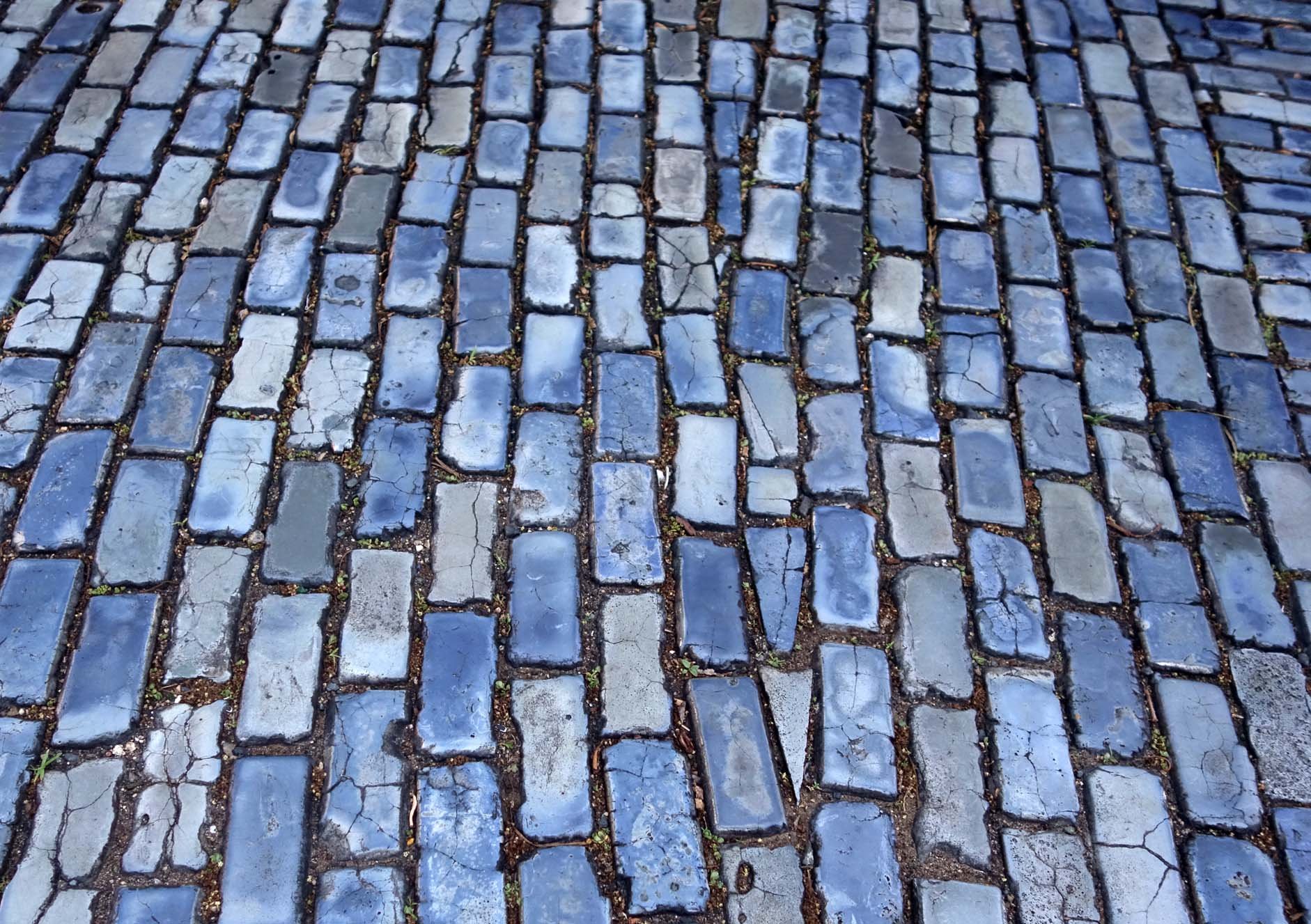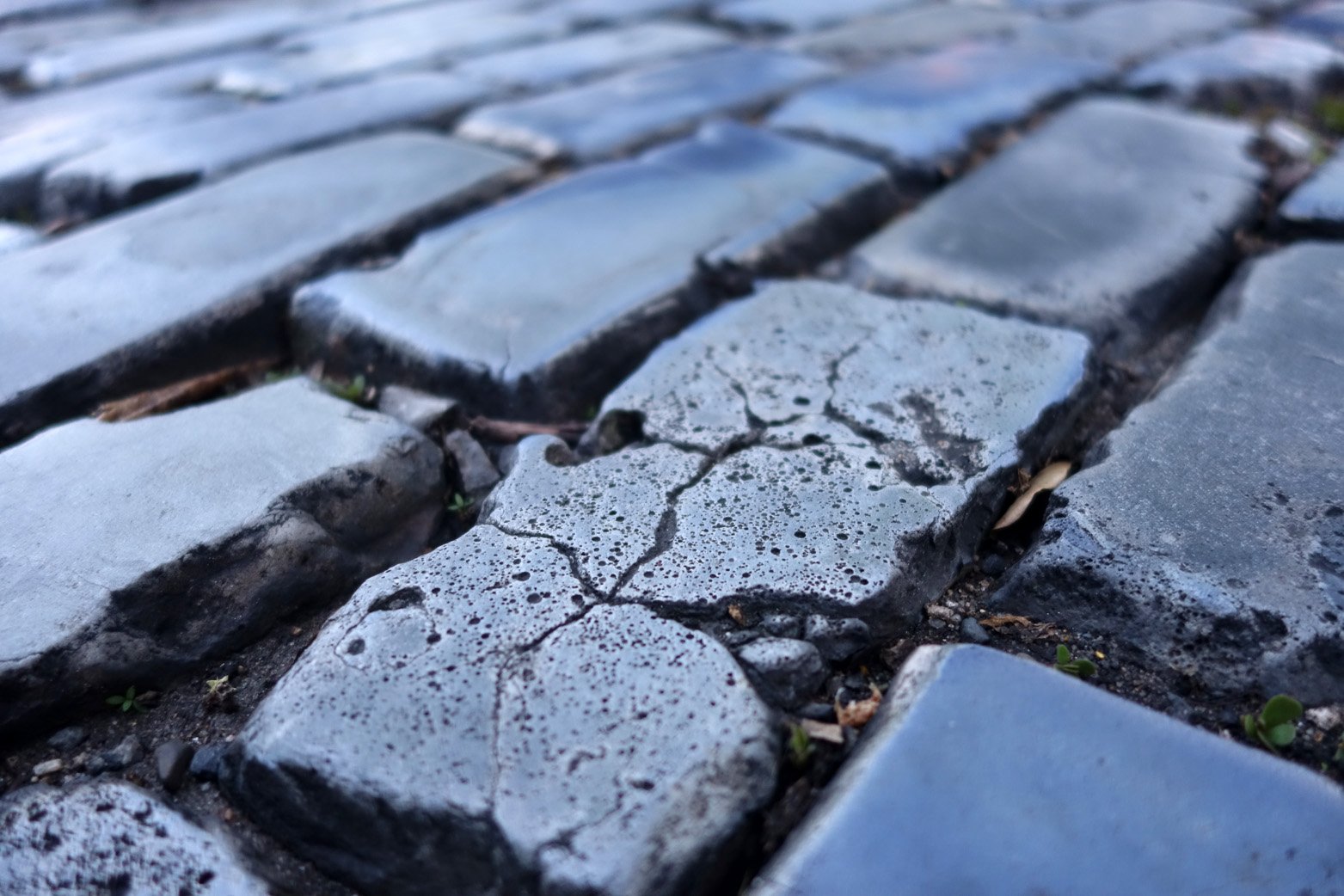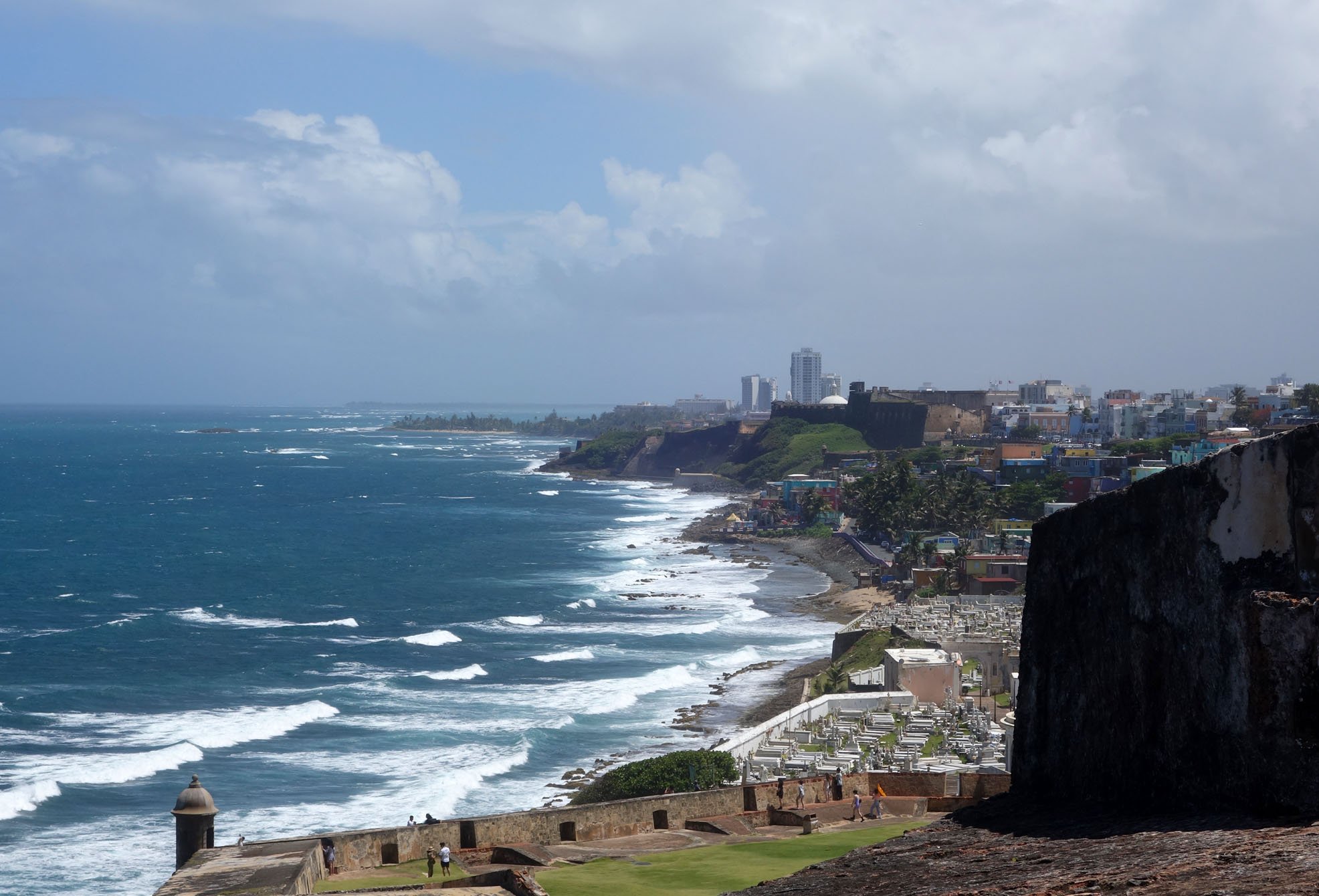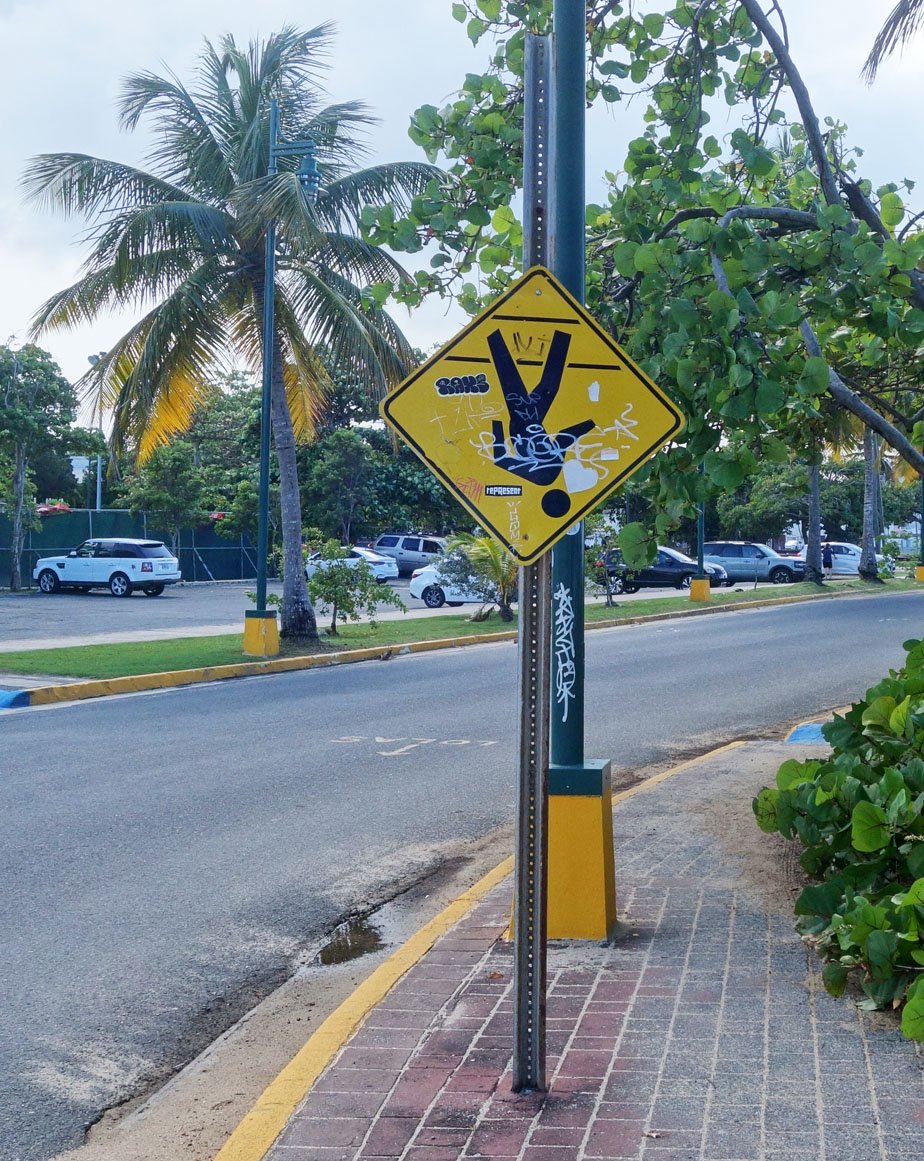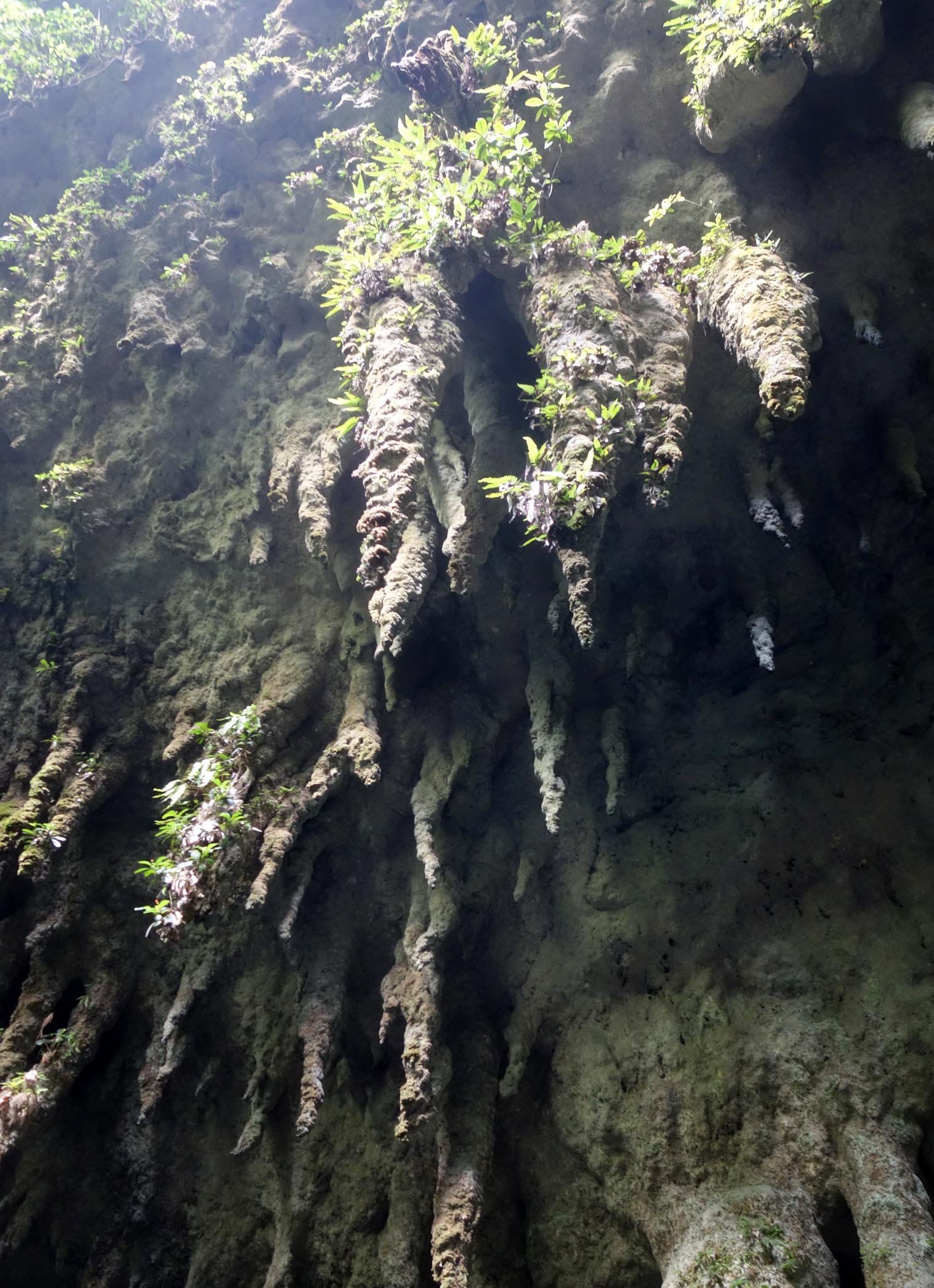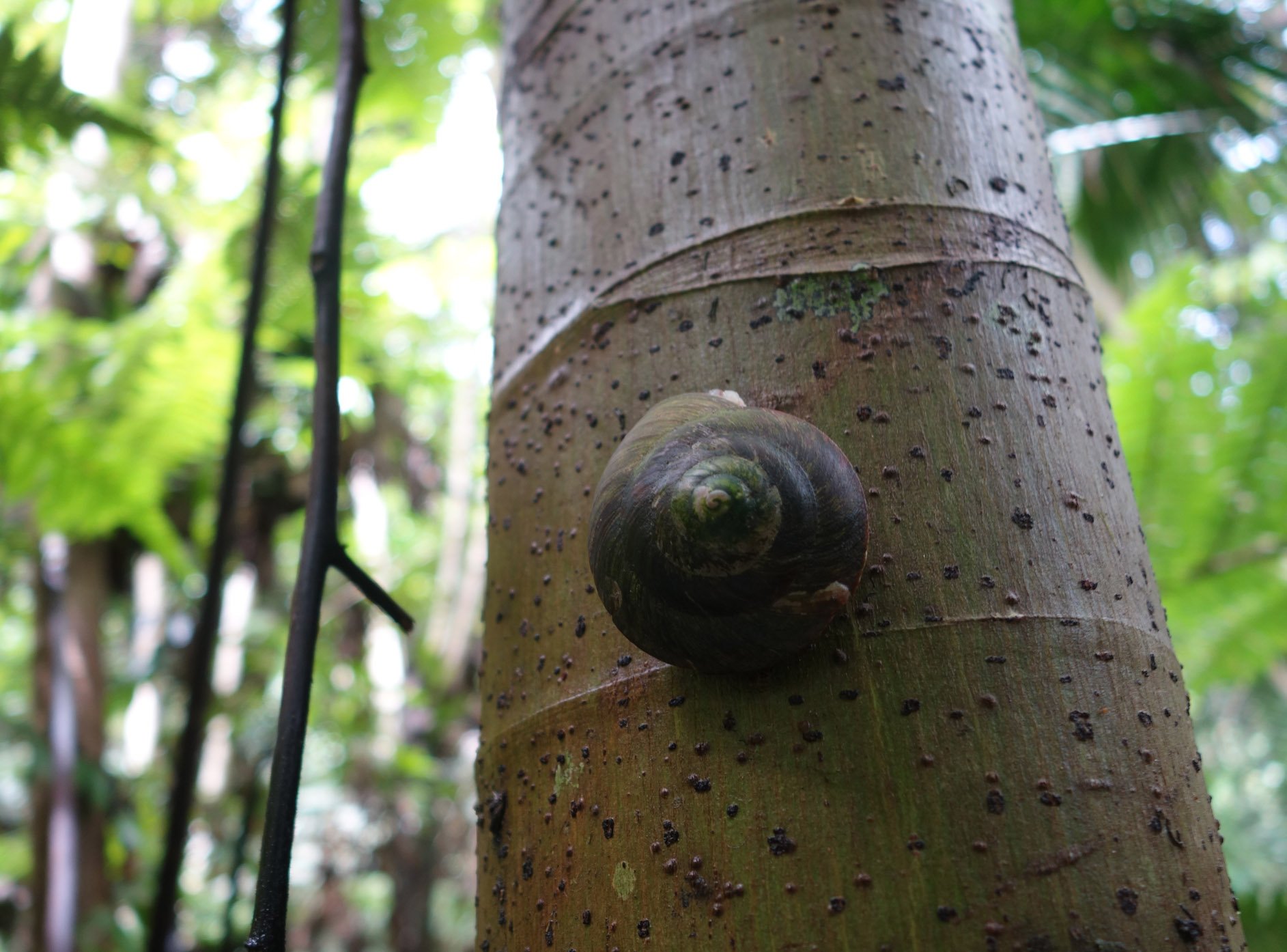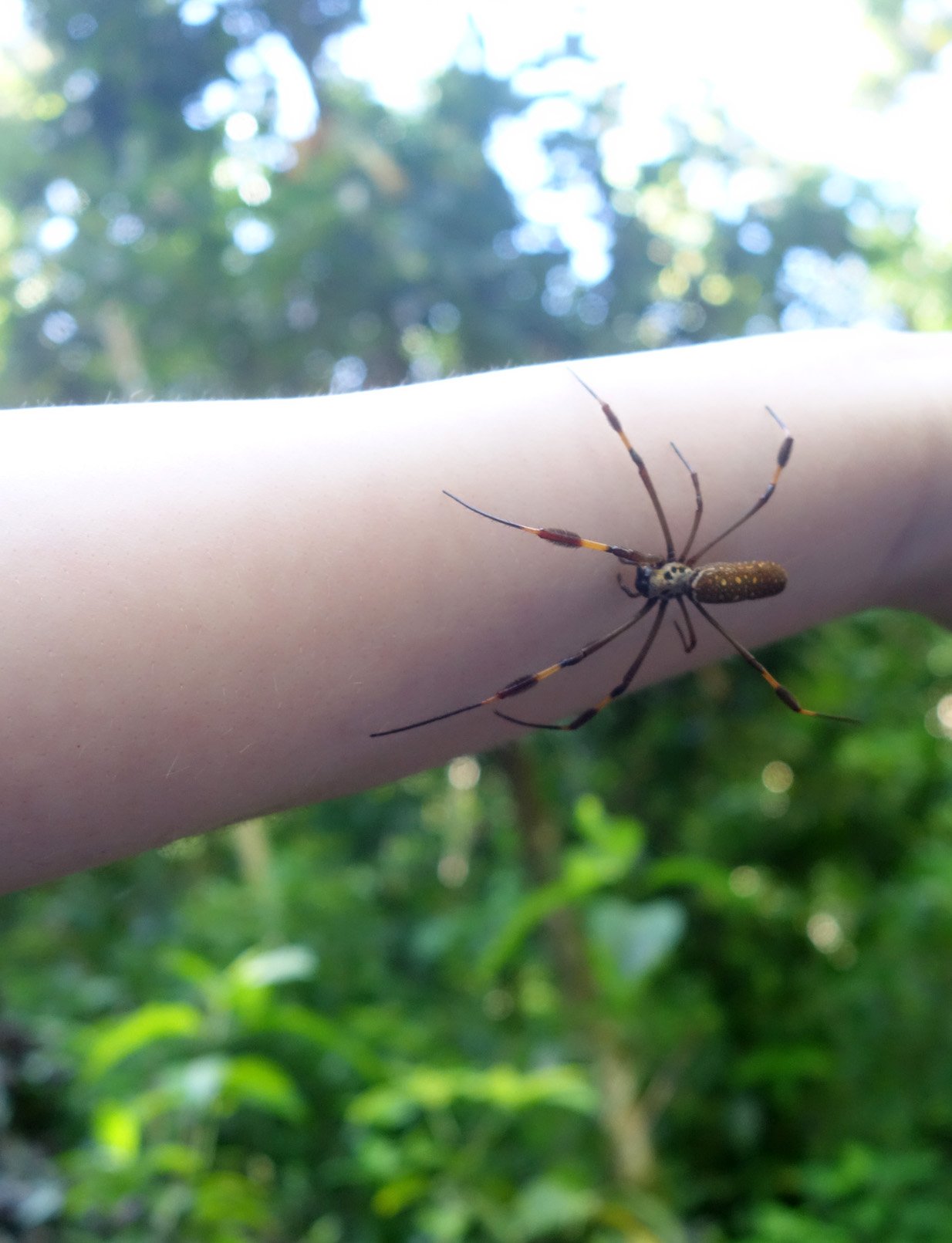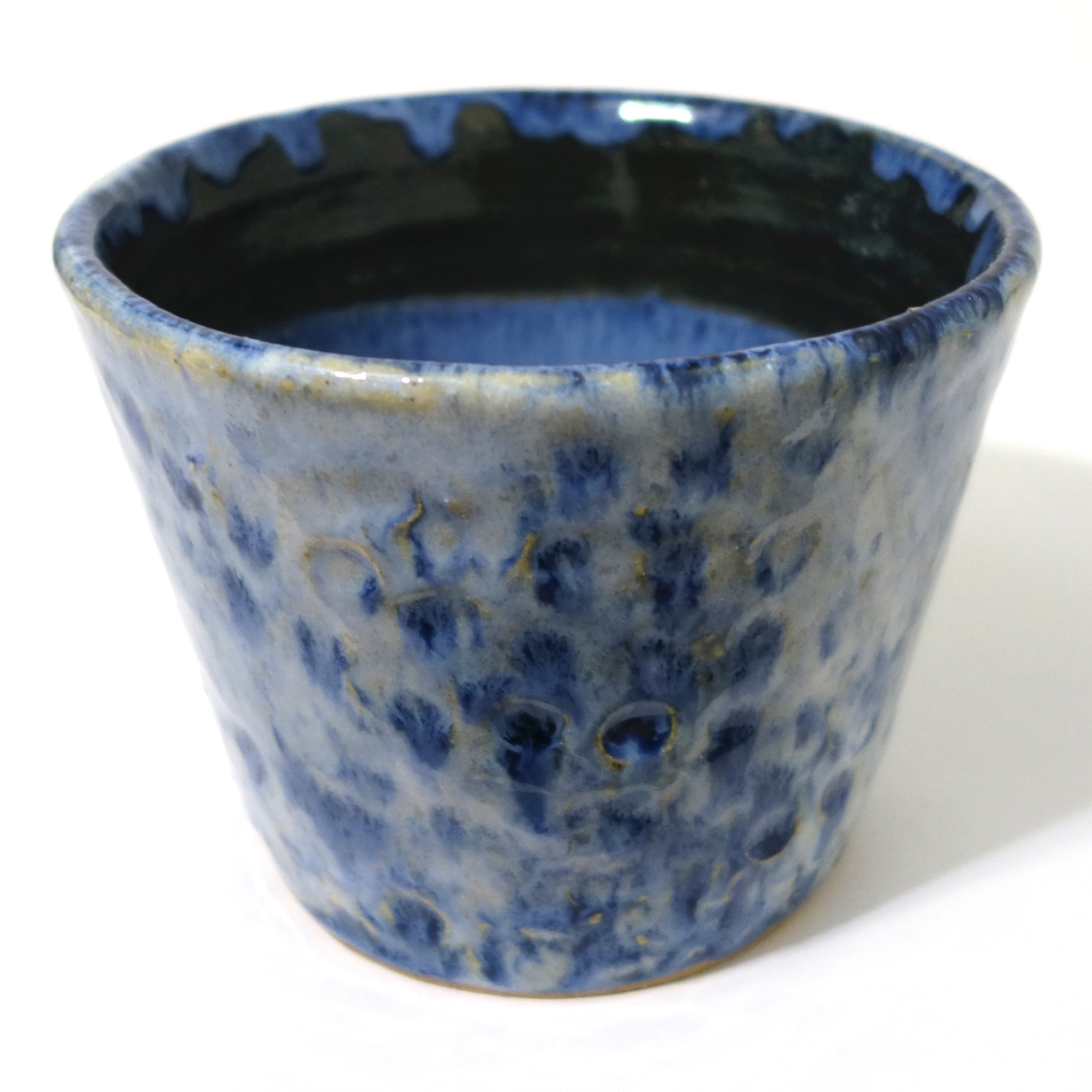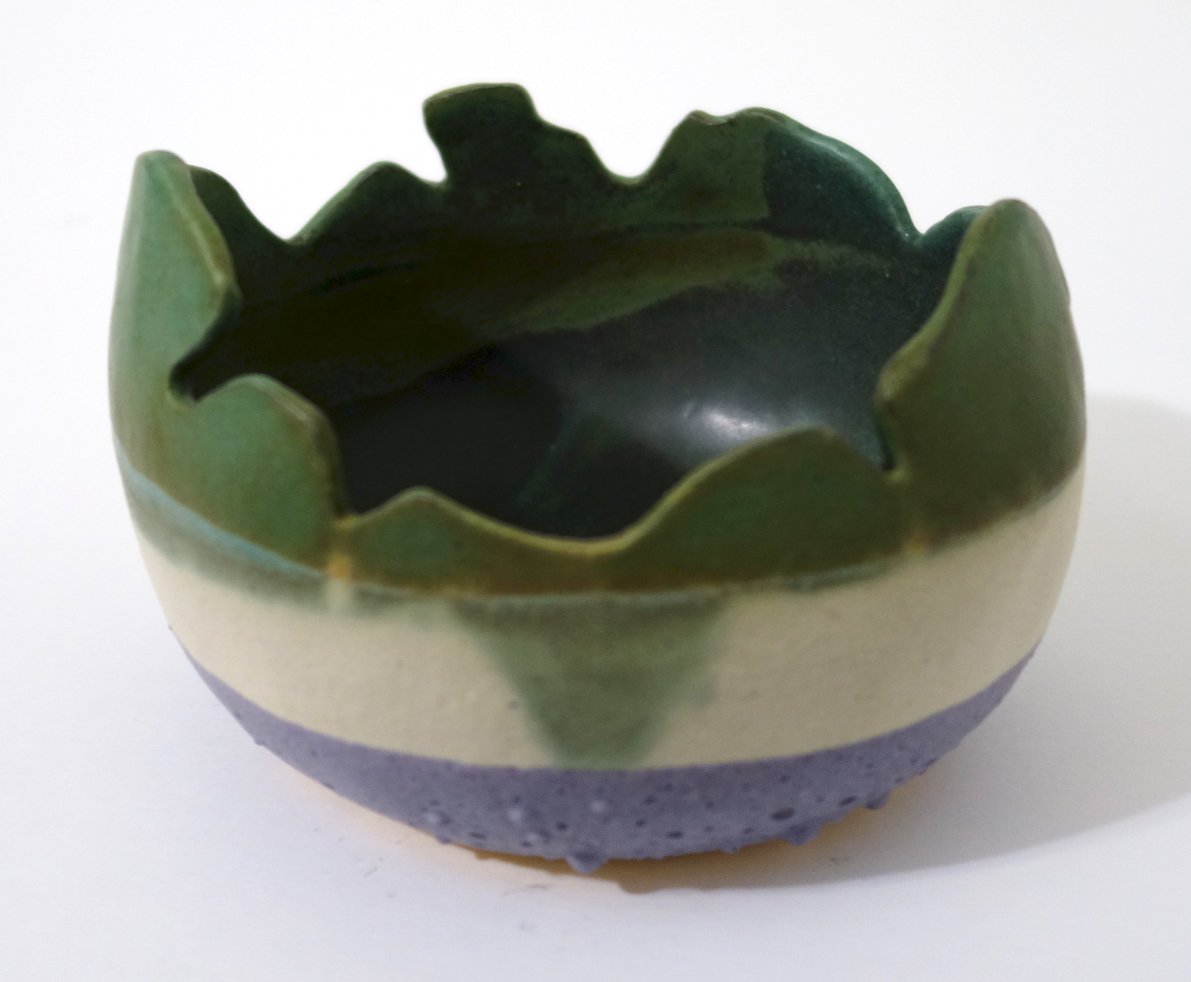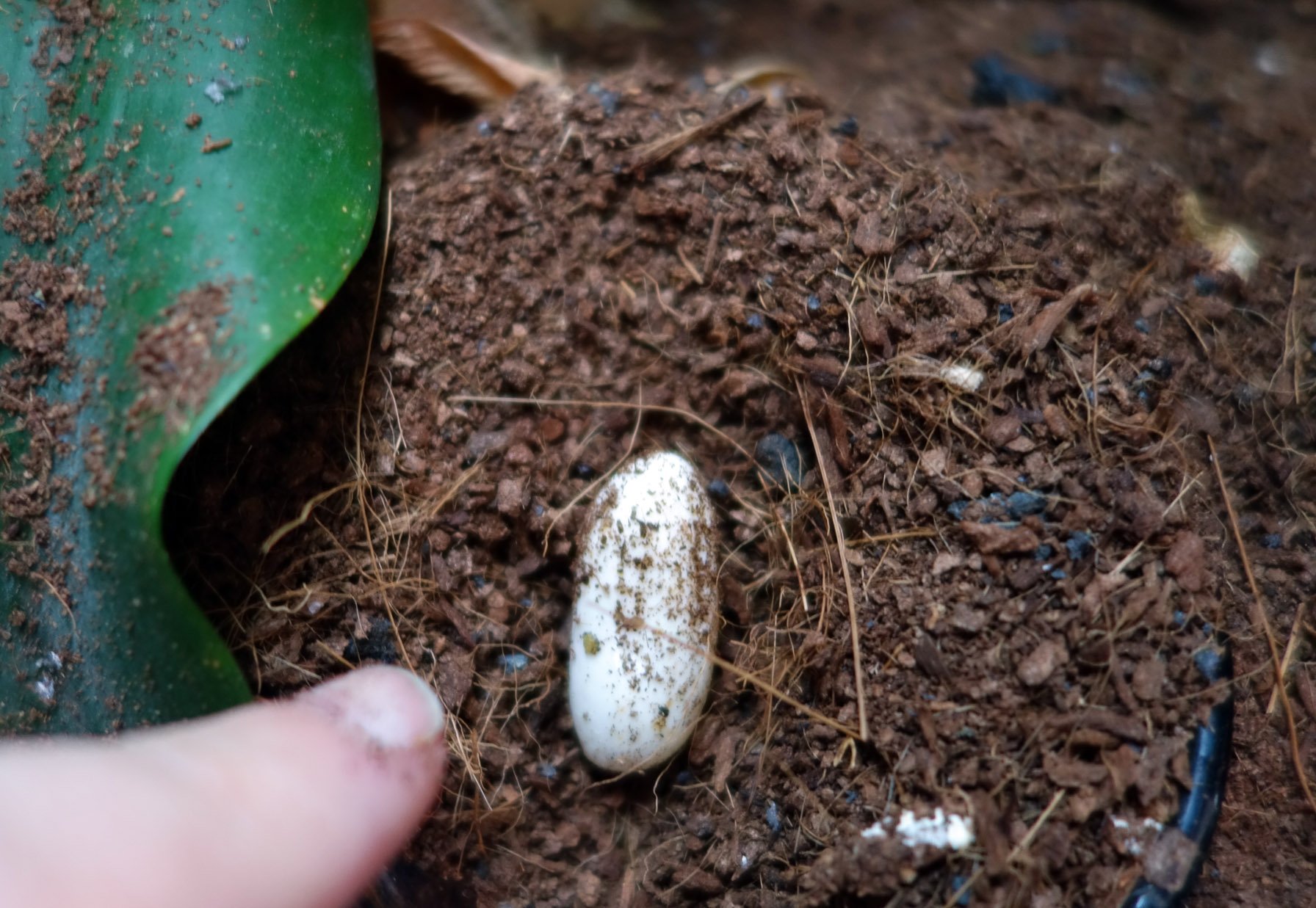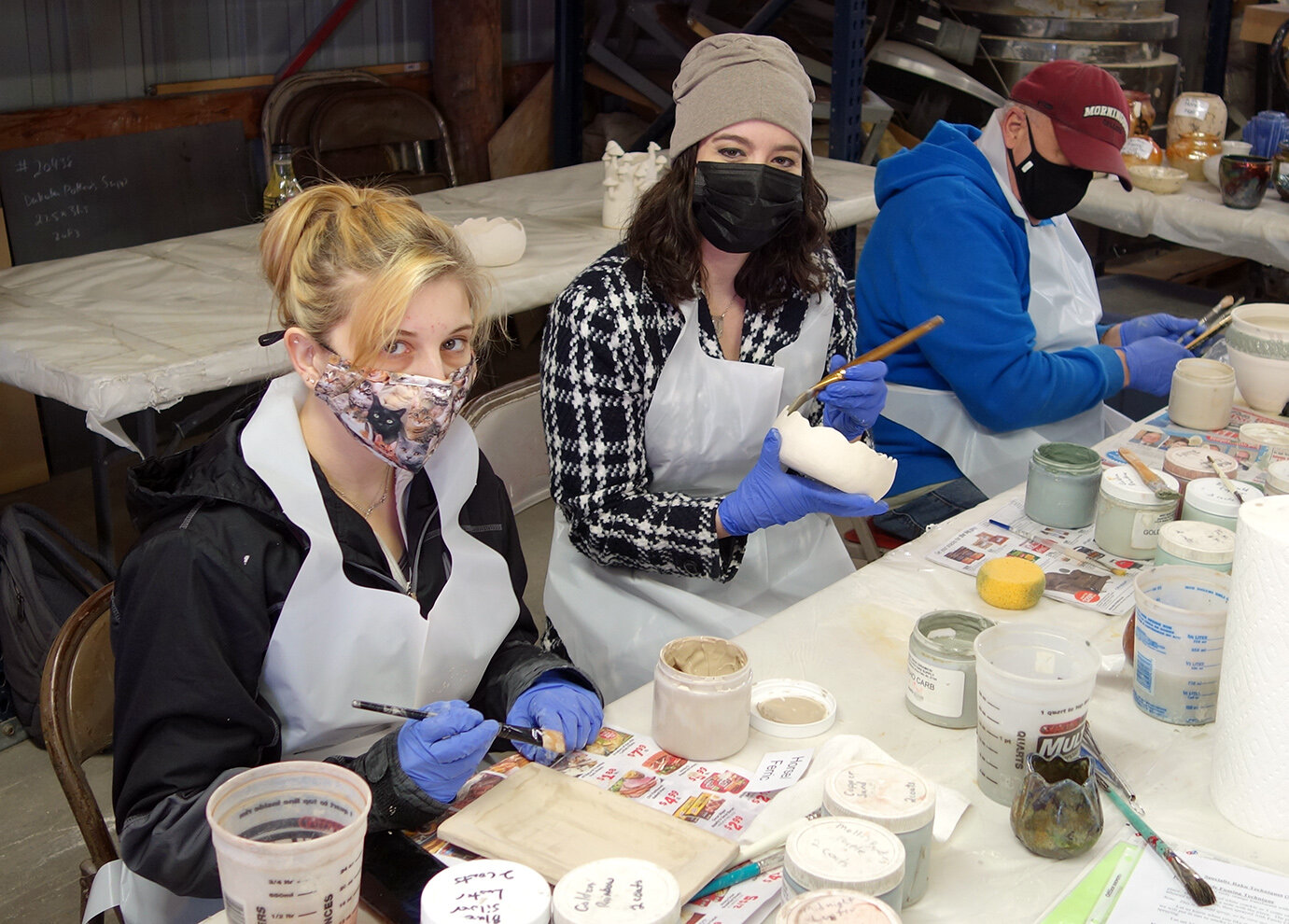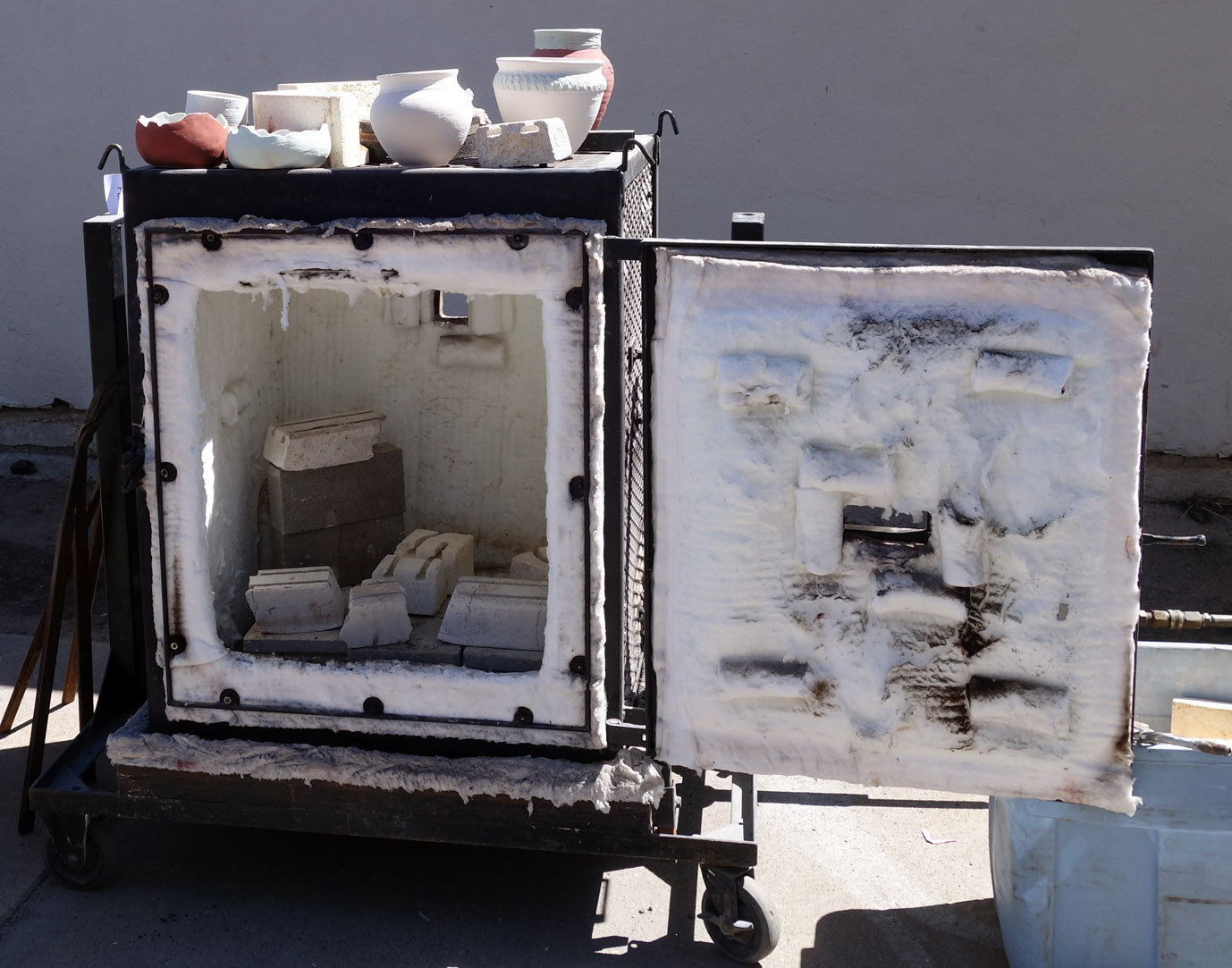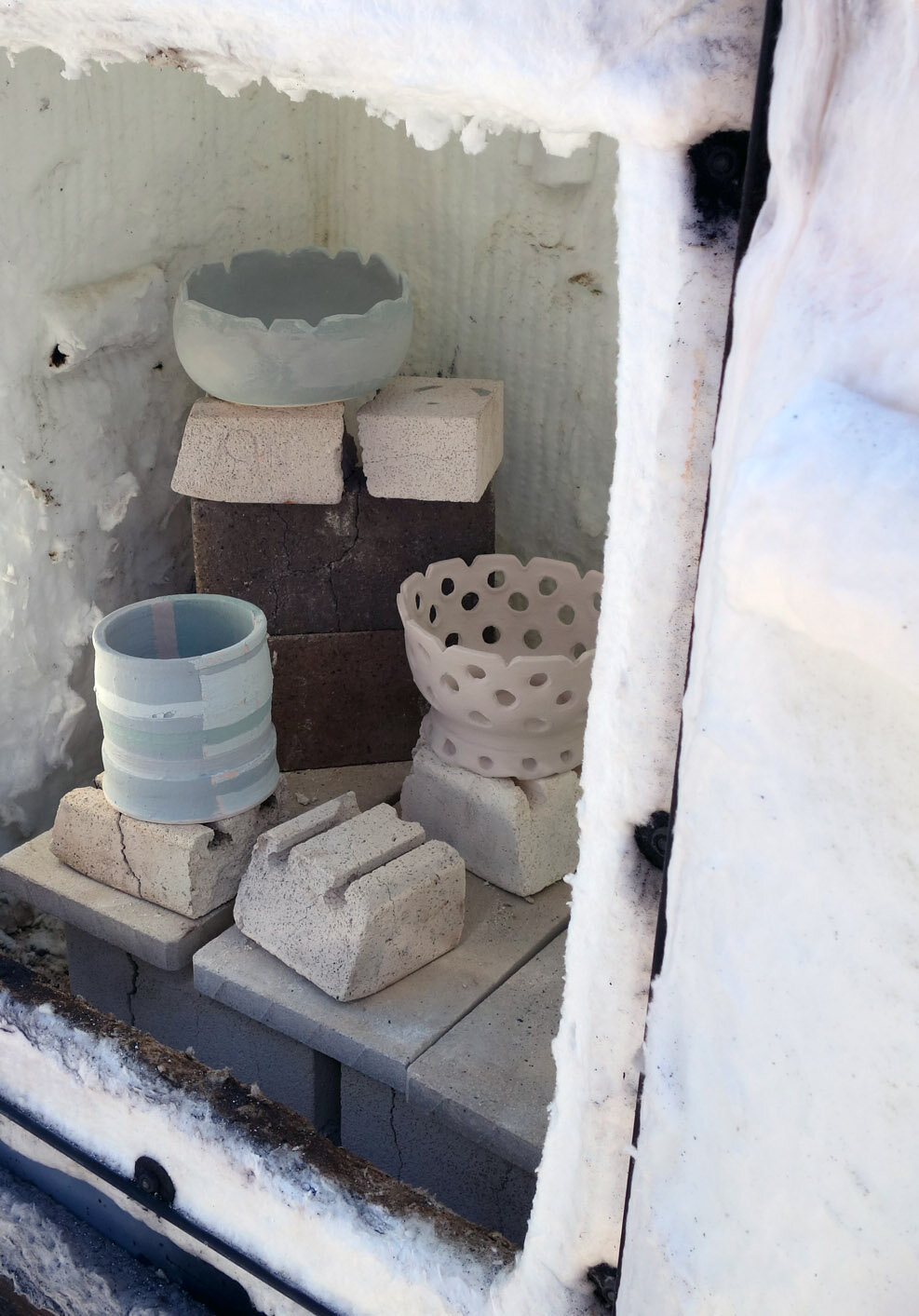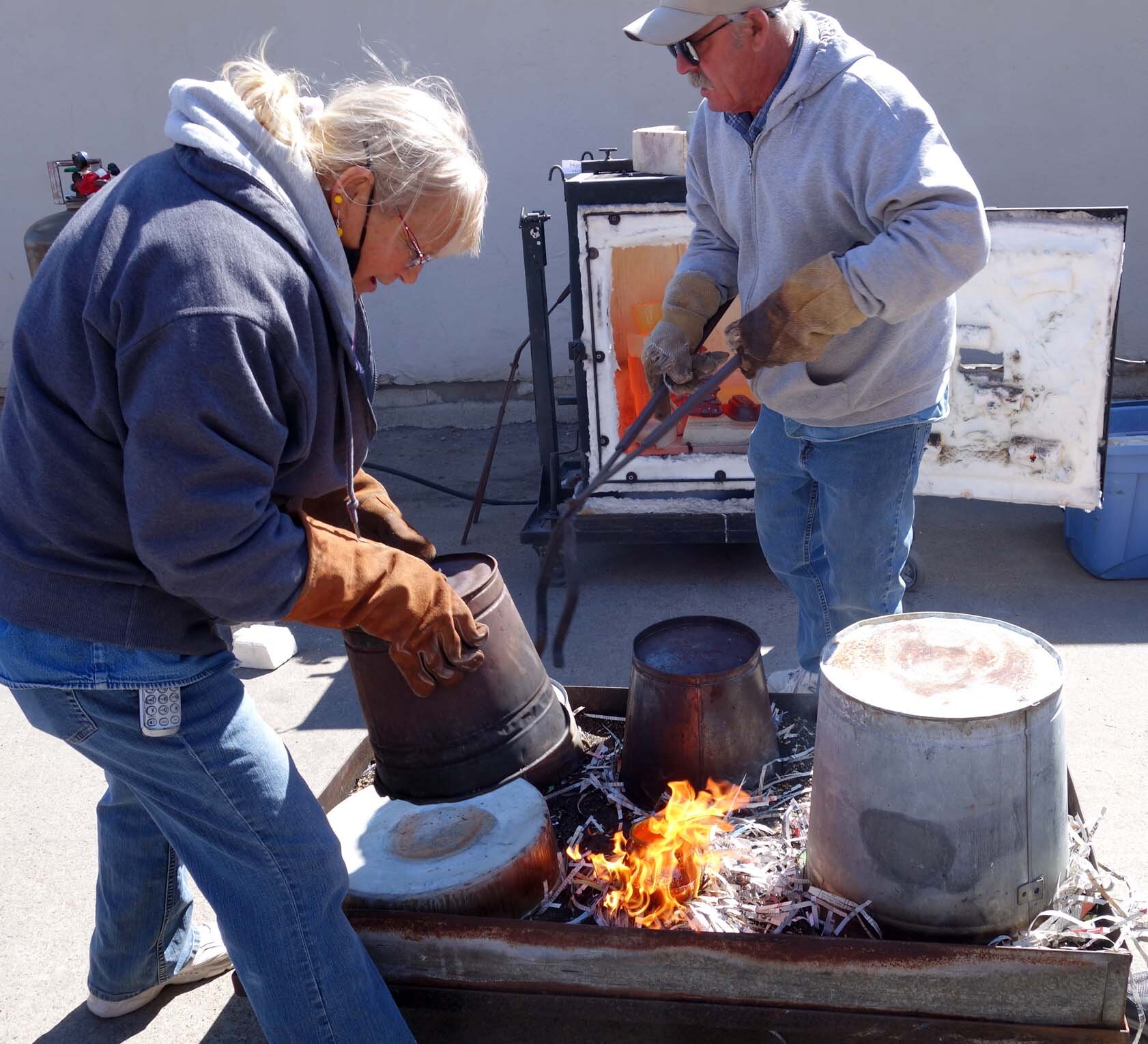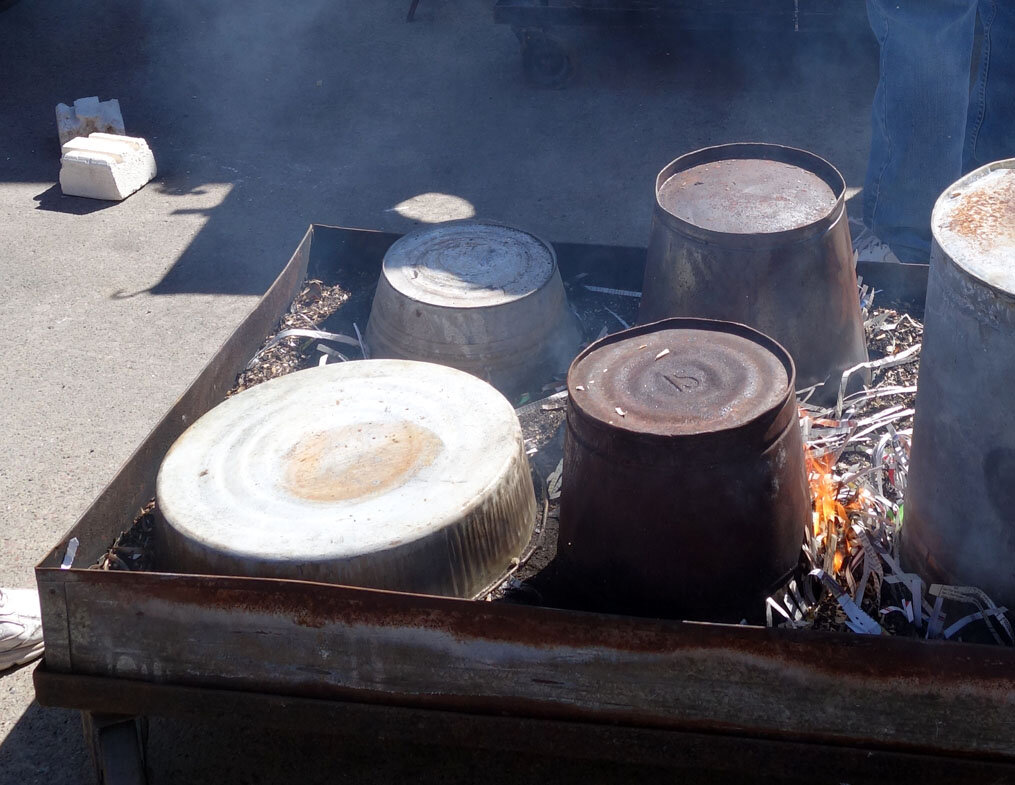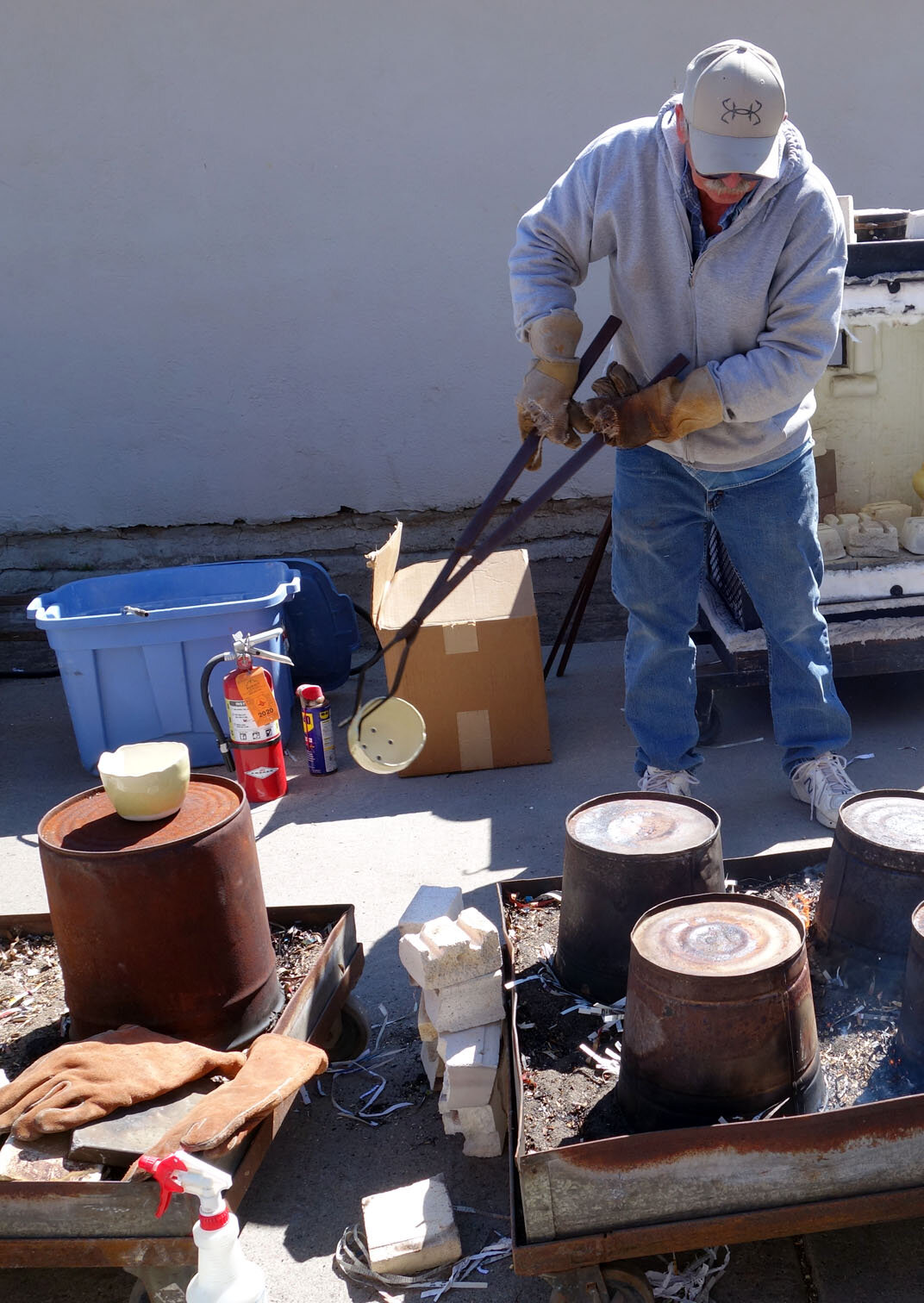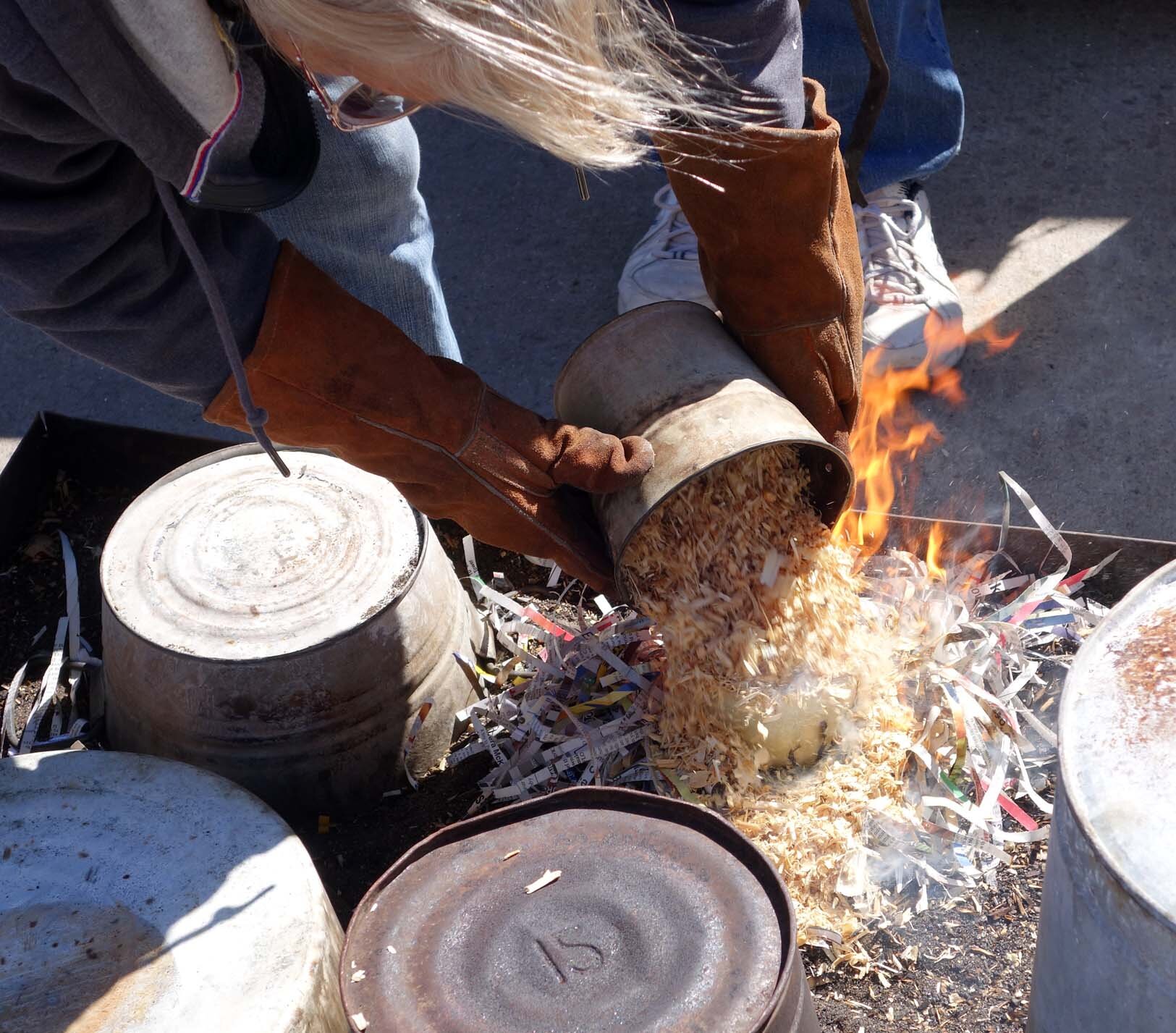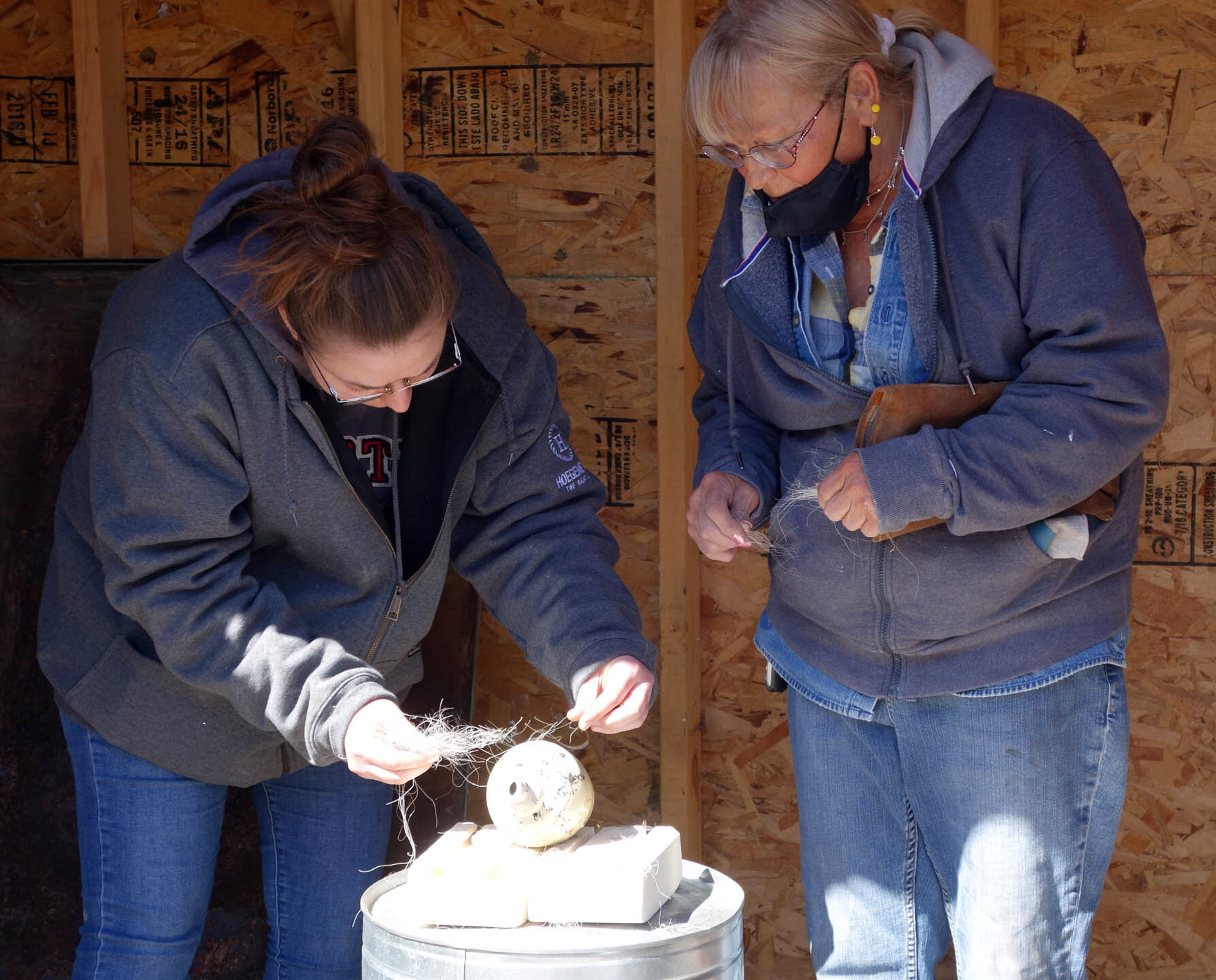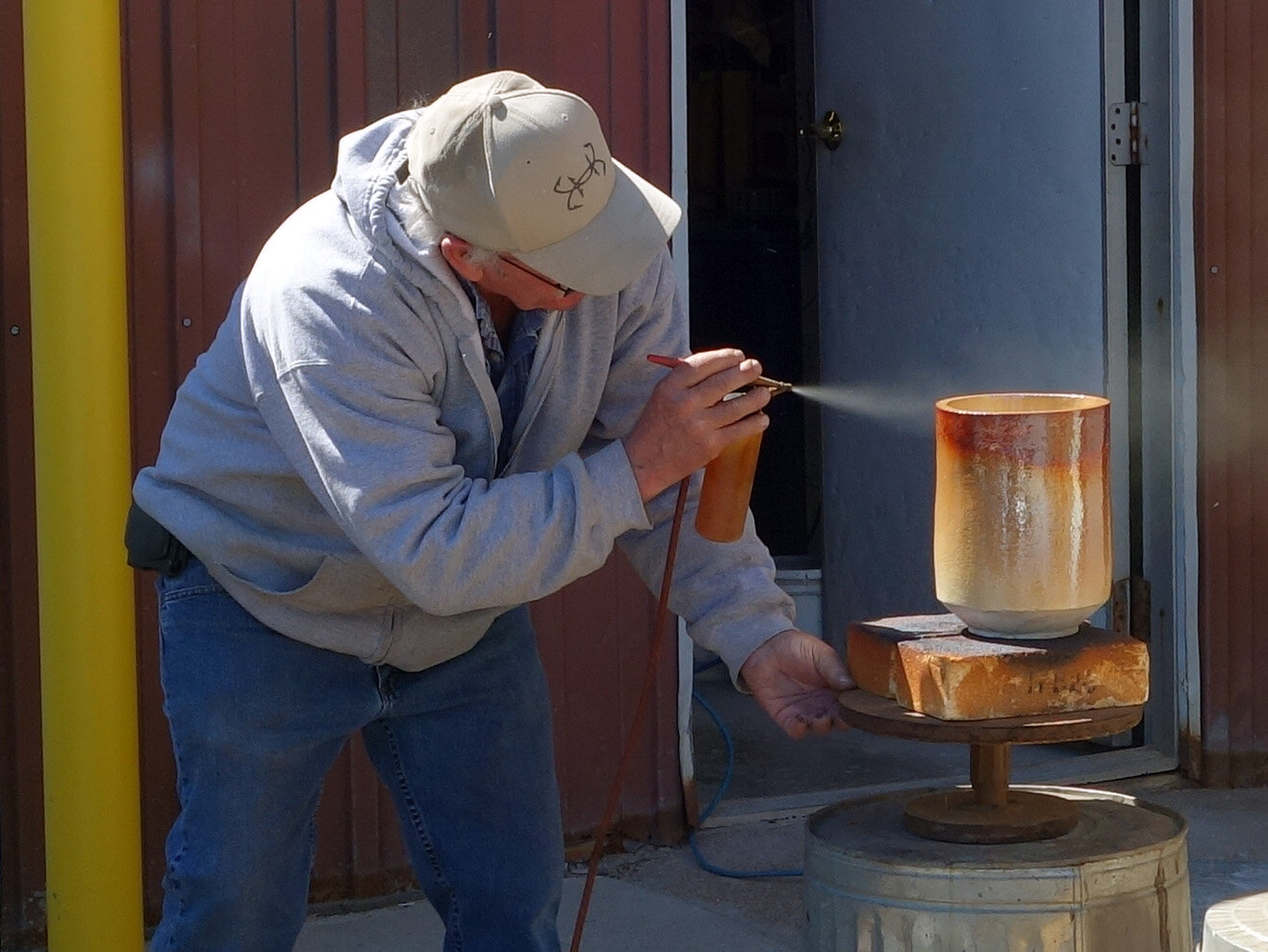Over the weekend, I had dinner with my good friend Dr. John Pojman and his wife and came into the studio and painted. The following week was mostly focused on my studio practice as well, but there were a few interesting events! The first is that some anatomy folks asked to meet with me, and then after I showed them my studio and its current state of affairs, I followed them back to their lab and nosed around. They had a veritable stockpile of bones, as you might imagine, and also lent me some stain powders which I am excited to explore, though a bit less so now that the methylene blue counter stain has revealed itself to be unstable in coloration… but I still want to see what these others can do, and there’s one made out of lichens that sounds pretty promising.
After sleeping on our conversation, I went back and borrowed a giant bucket full of duplicate bones, as with permission from the school I decided I would create a small body of ceramics with bone impressions for texture. I had been so convinced I would not do ceramics down here though that I didn’t bring any tools along. Thank goodness I got the Morningside University Ver Steeg grant, as I might’ve otherwise balked at the cost of buying new ones! I went to the primary pottery supply store in Baton Rouge and picked up tools, a 25lb bag of white stoneware, and three glazes which I hope to combine together in a way that both accentuates the texture while being reminiscent of bone. We’ll see - I don’t really have time to troubleshoot any part of the glazing, so que será, será.
On Thursday evening, my former graduate faculty member and mentor Kelli Kelley hosted a shindig at her house for me to introduce me to some of her recent MFA alumni and current MFA students. It was really kind of them all to spend this time with me, and I enjoyed seeing Kelli’s studio again - it’s perhaps my platonic ideal of studio. It’s big, has a lot of table space and an extremely high ceiling, and just generally cultivates an air of peaceful, creative energy.
After that gathering I made my way out to dinner with a new friend I made after moseying into Mo’s Art Supply - Emily Seba, a talented illustrator and prop designer who also manages this Mo’s.
The following weekend and beginning of the next week was spent busily crafting a small collection of pinch pots; I have to say that though my new tools are fine, I really miss my Garrity tools. (Buying more would take too long in shipping time though, so I made do with the instantly available ones from Southern Pottery Supply.) I learned that a lot of bones don’t really leave as much in the way of impressions as I’d hoped, but there were a few that served me quite well!

